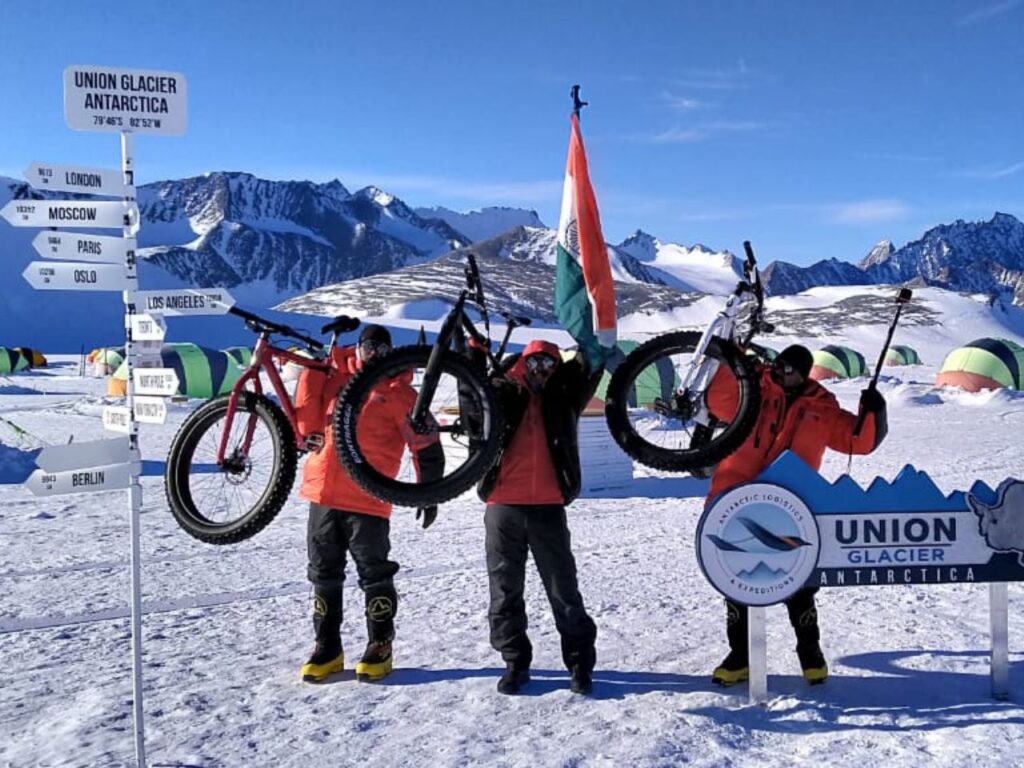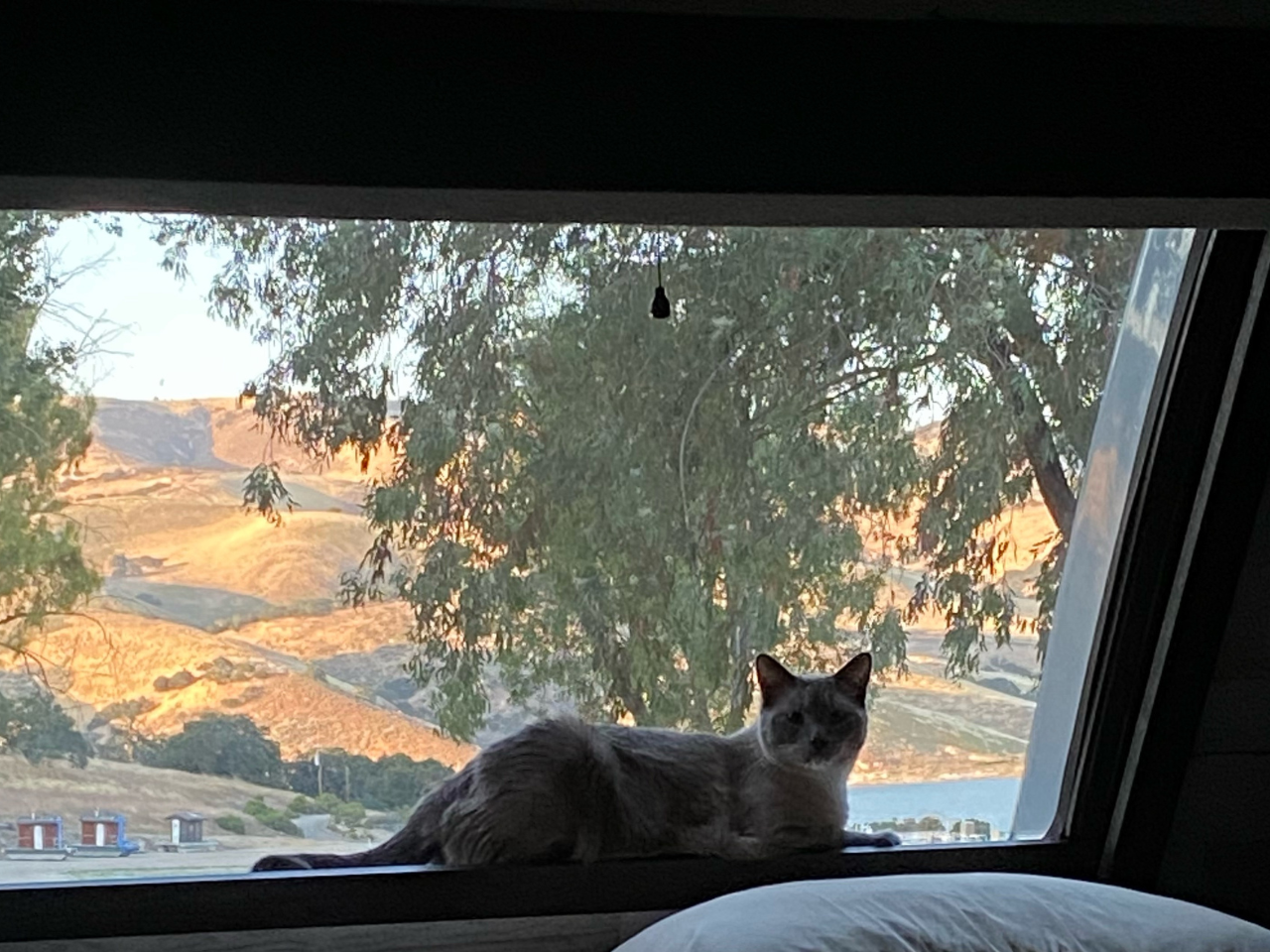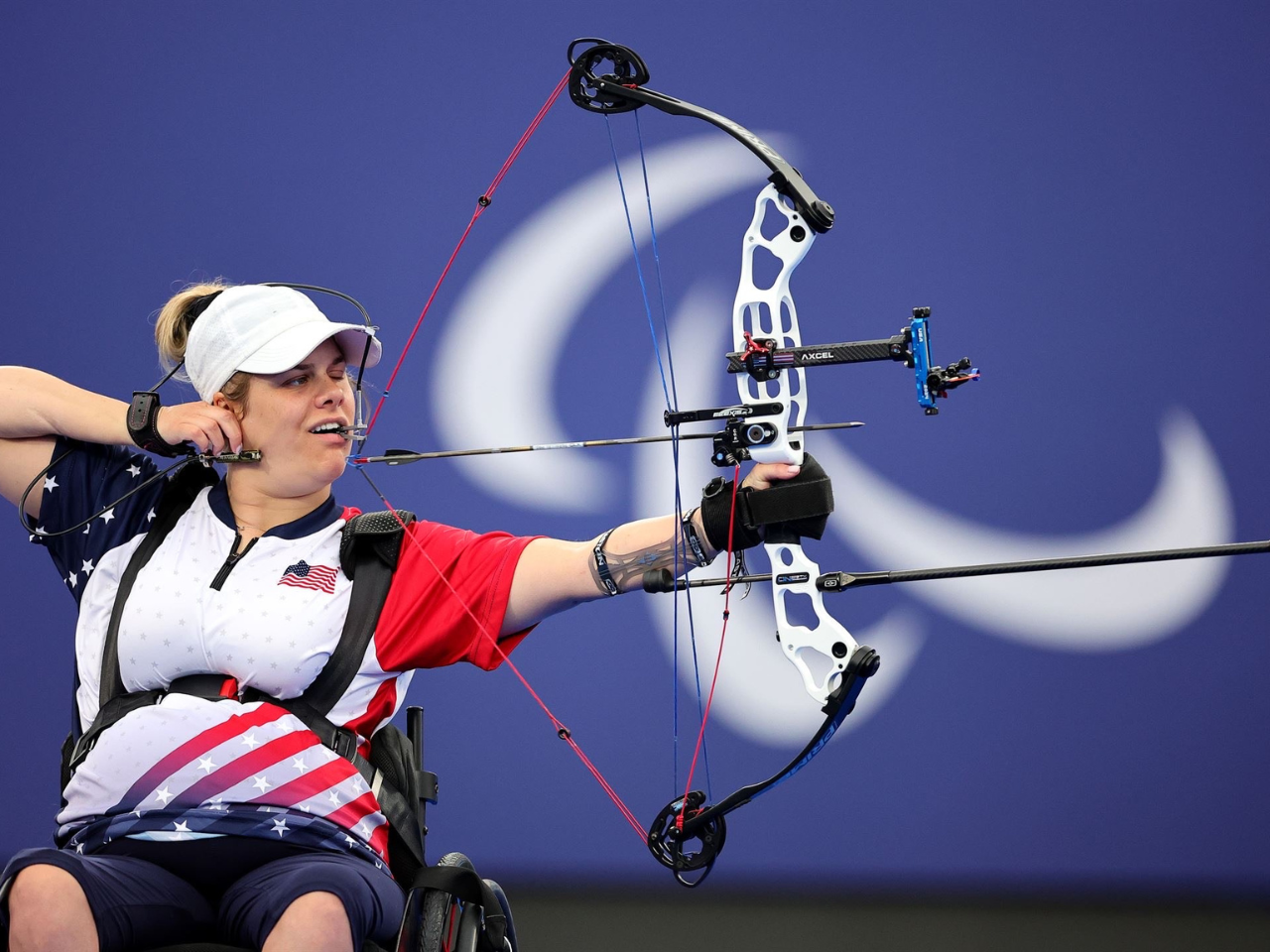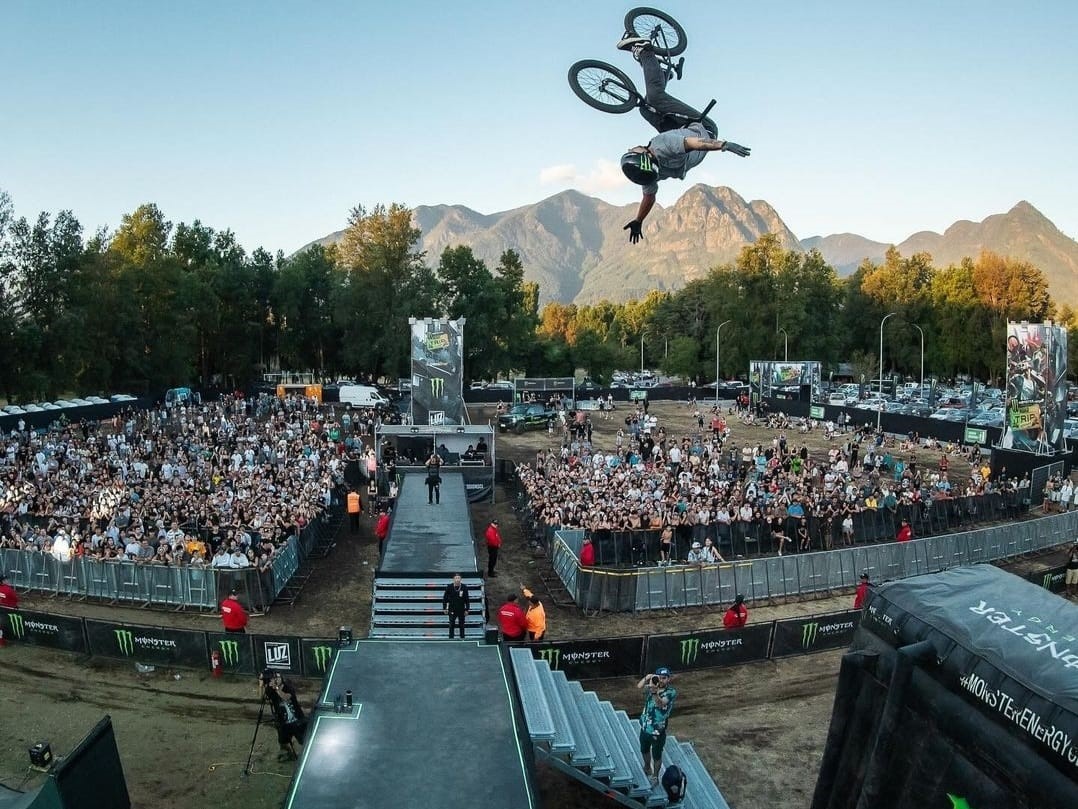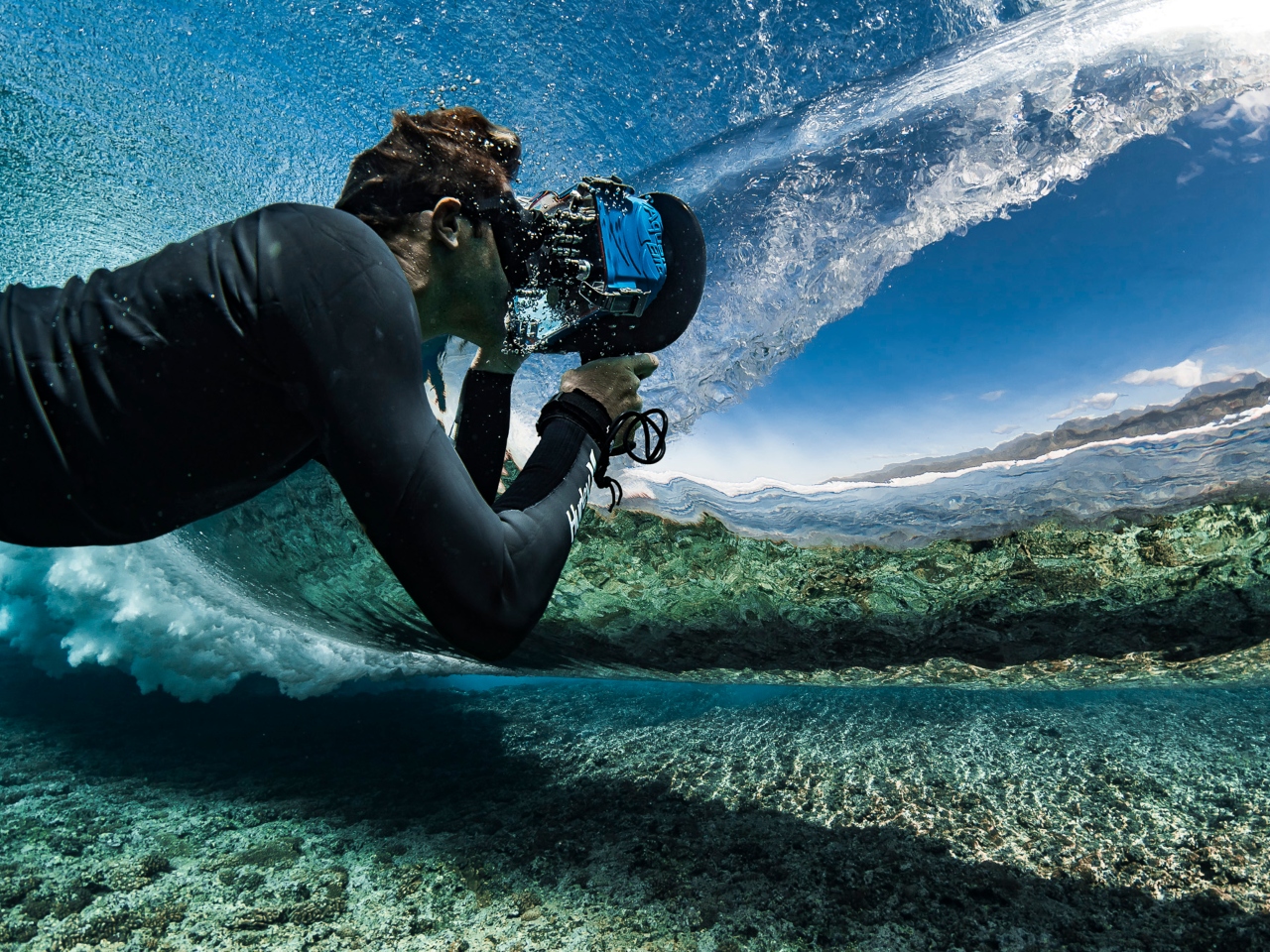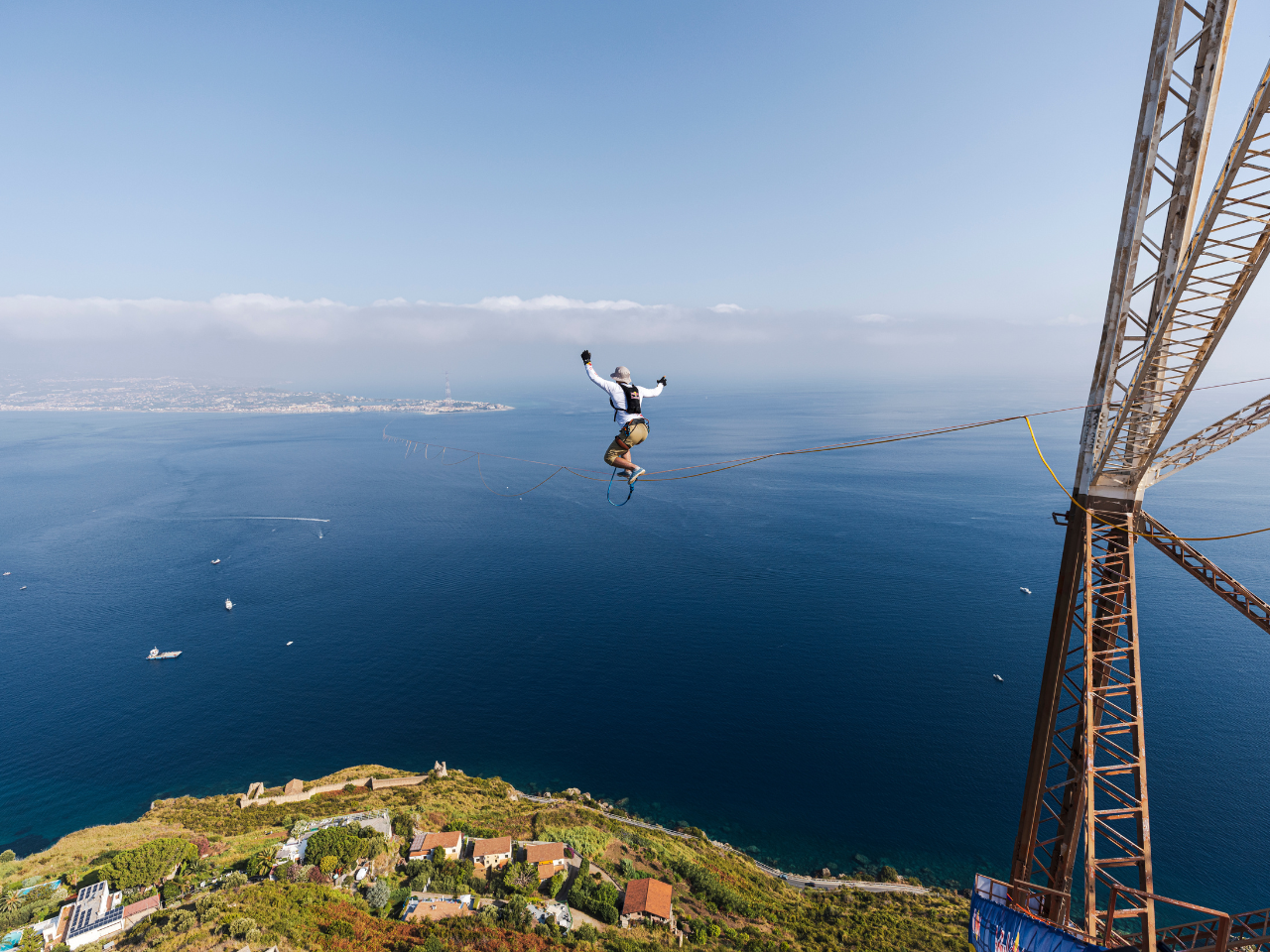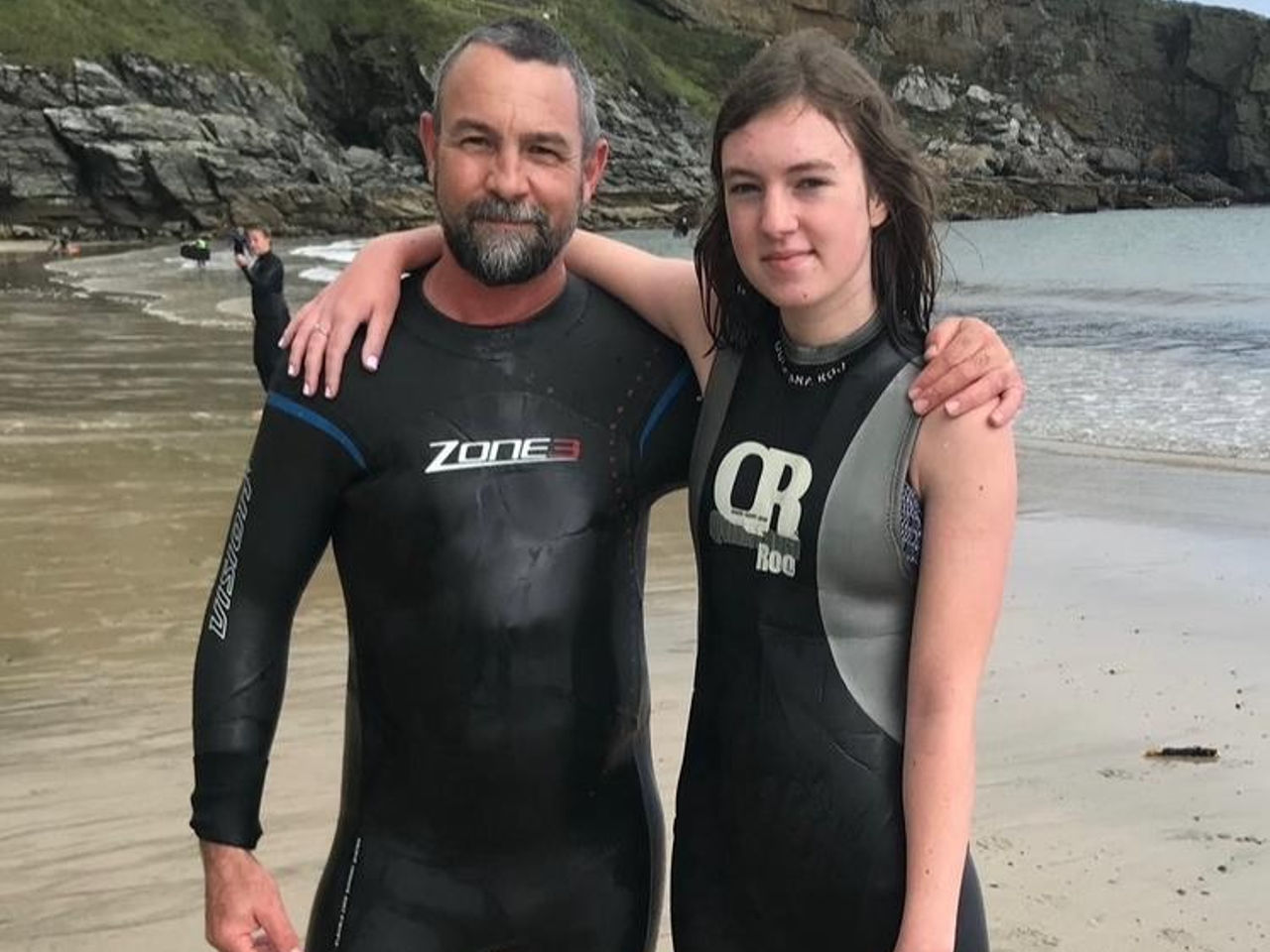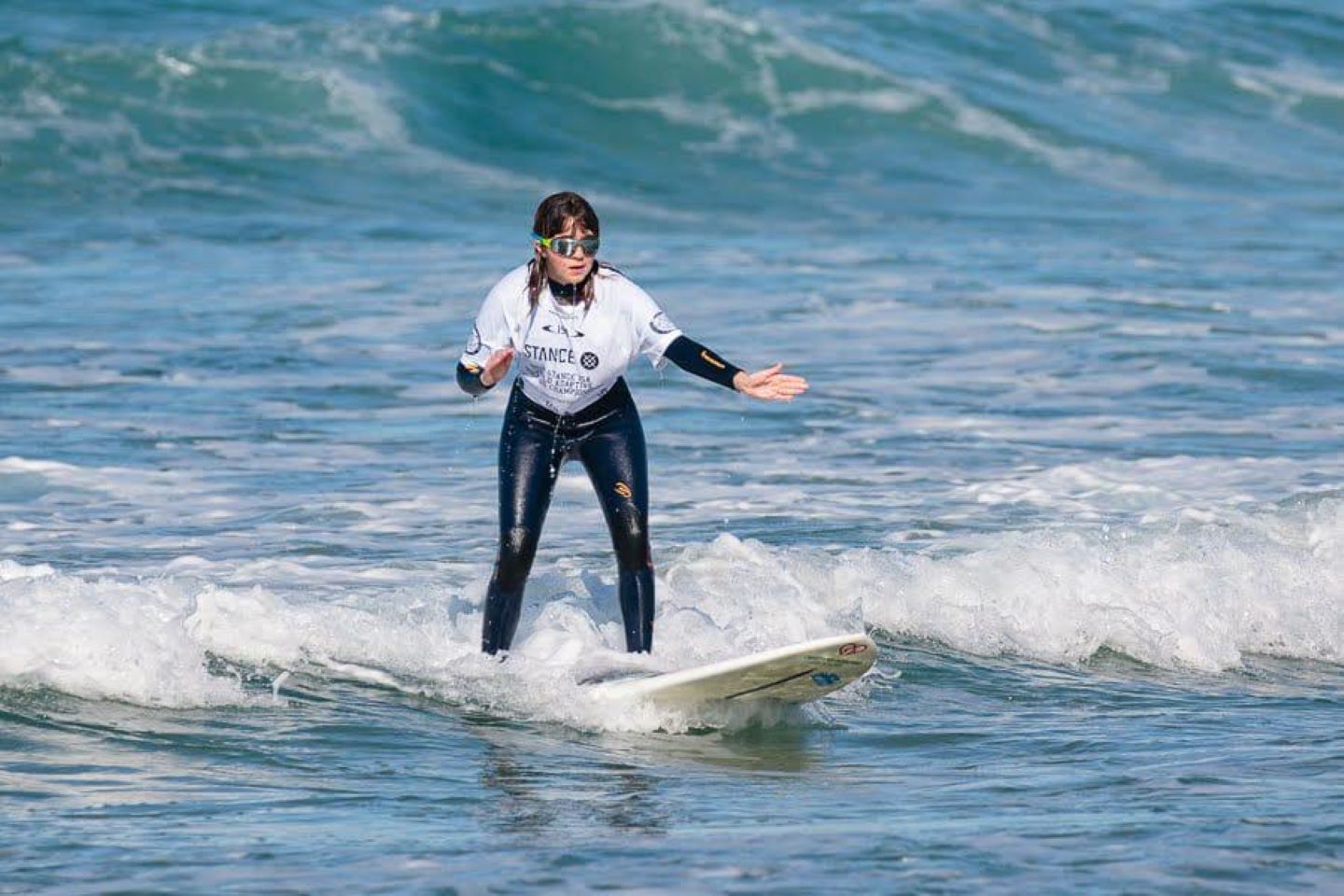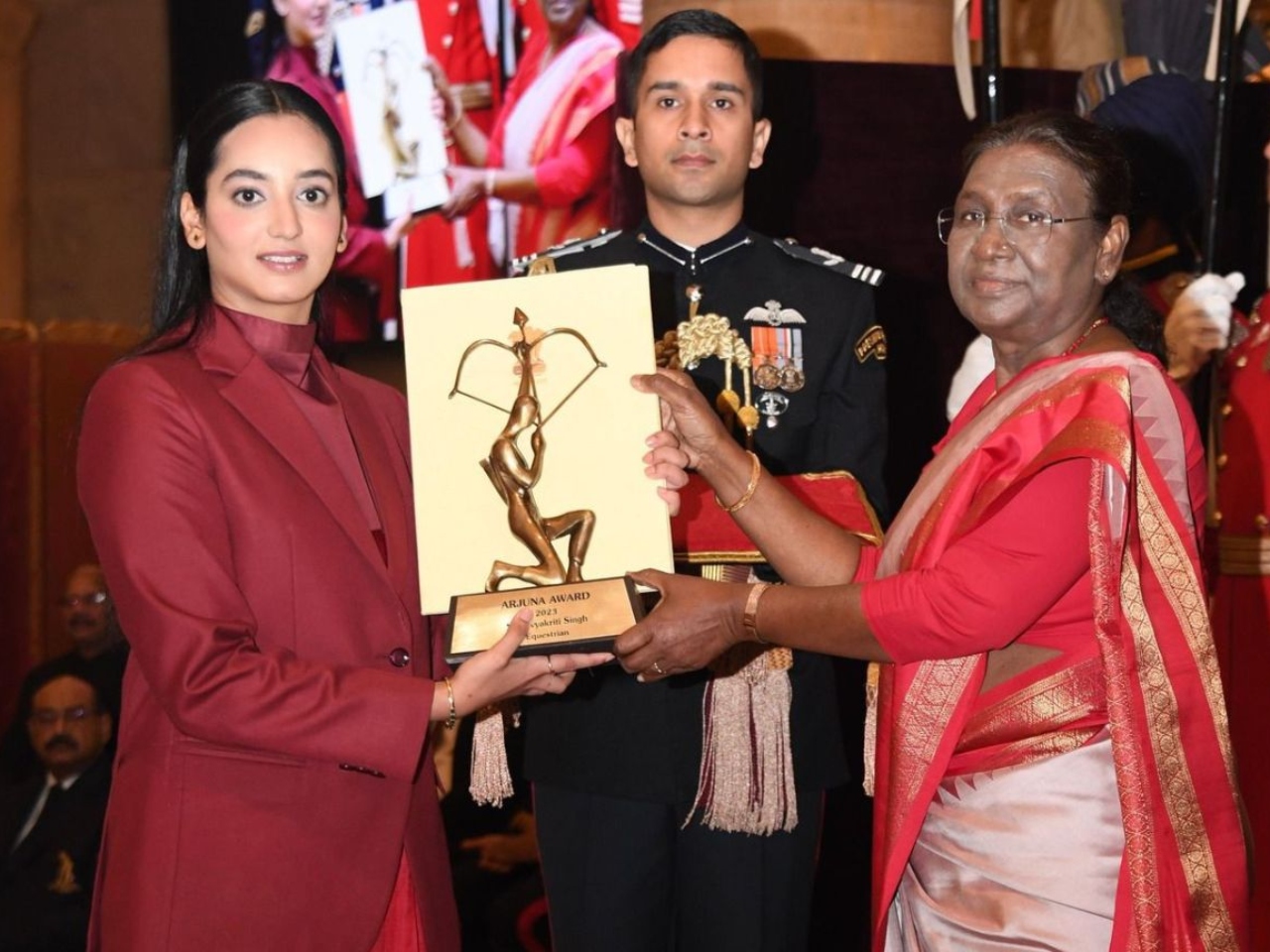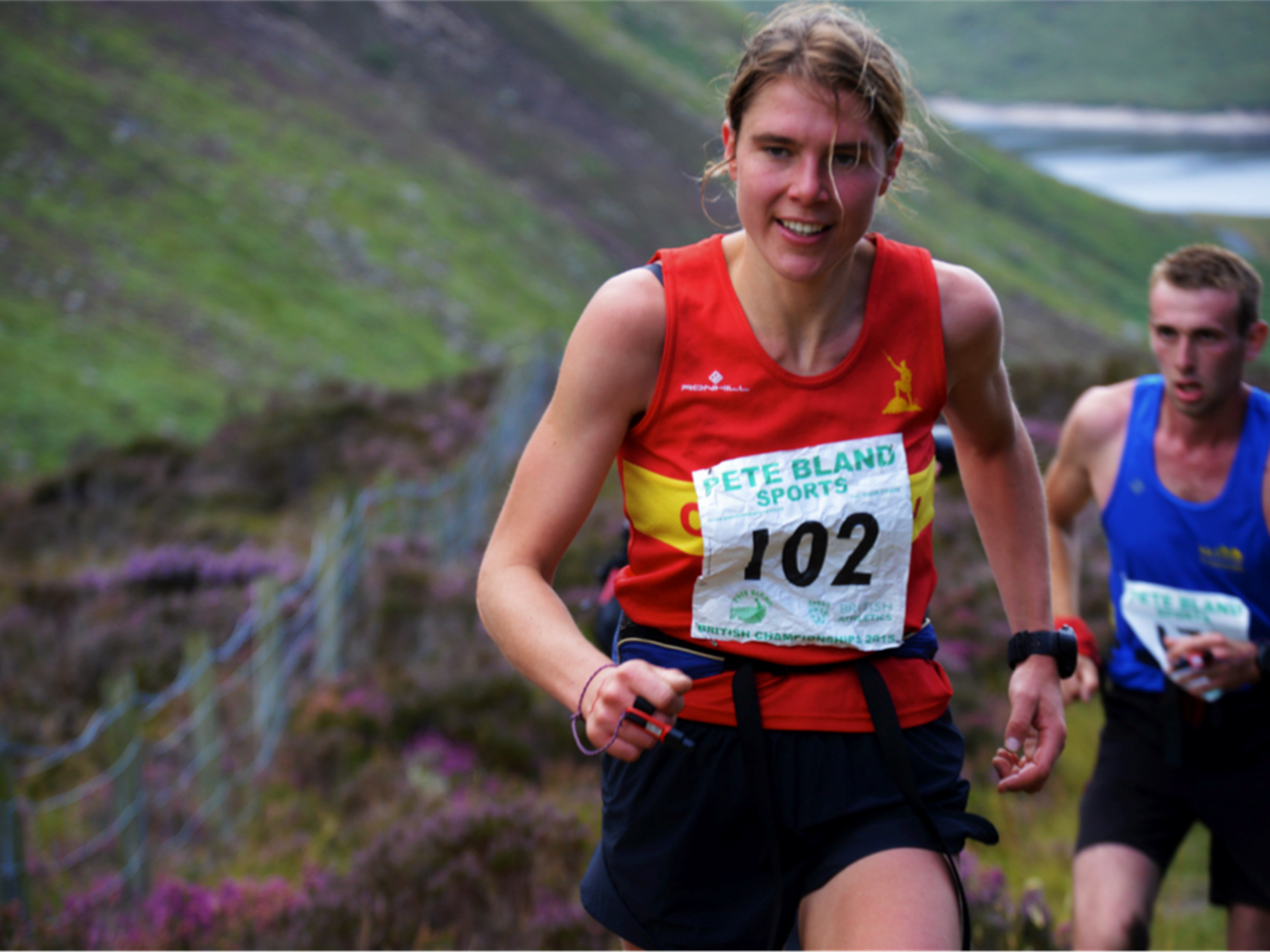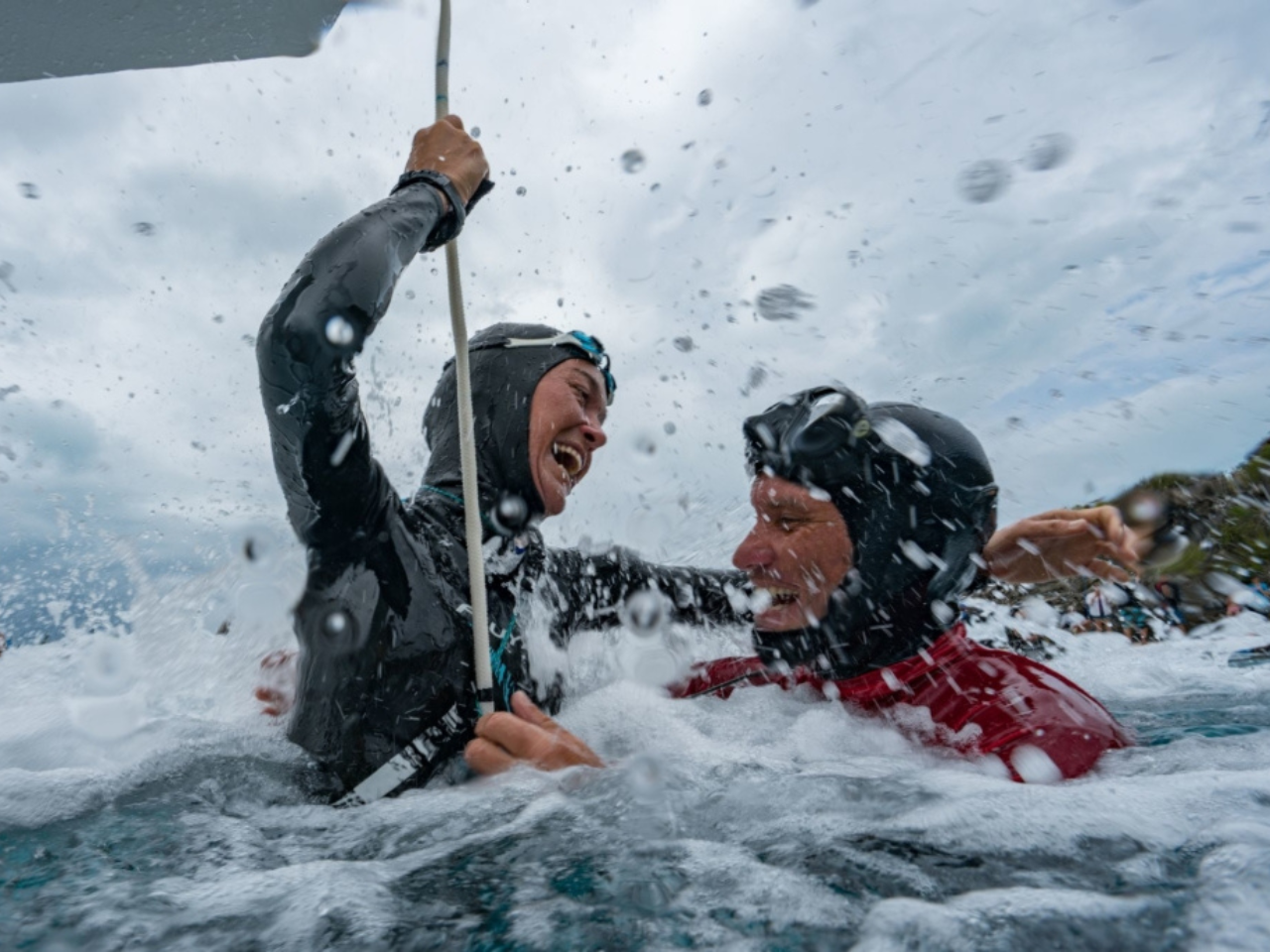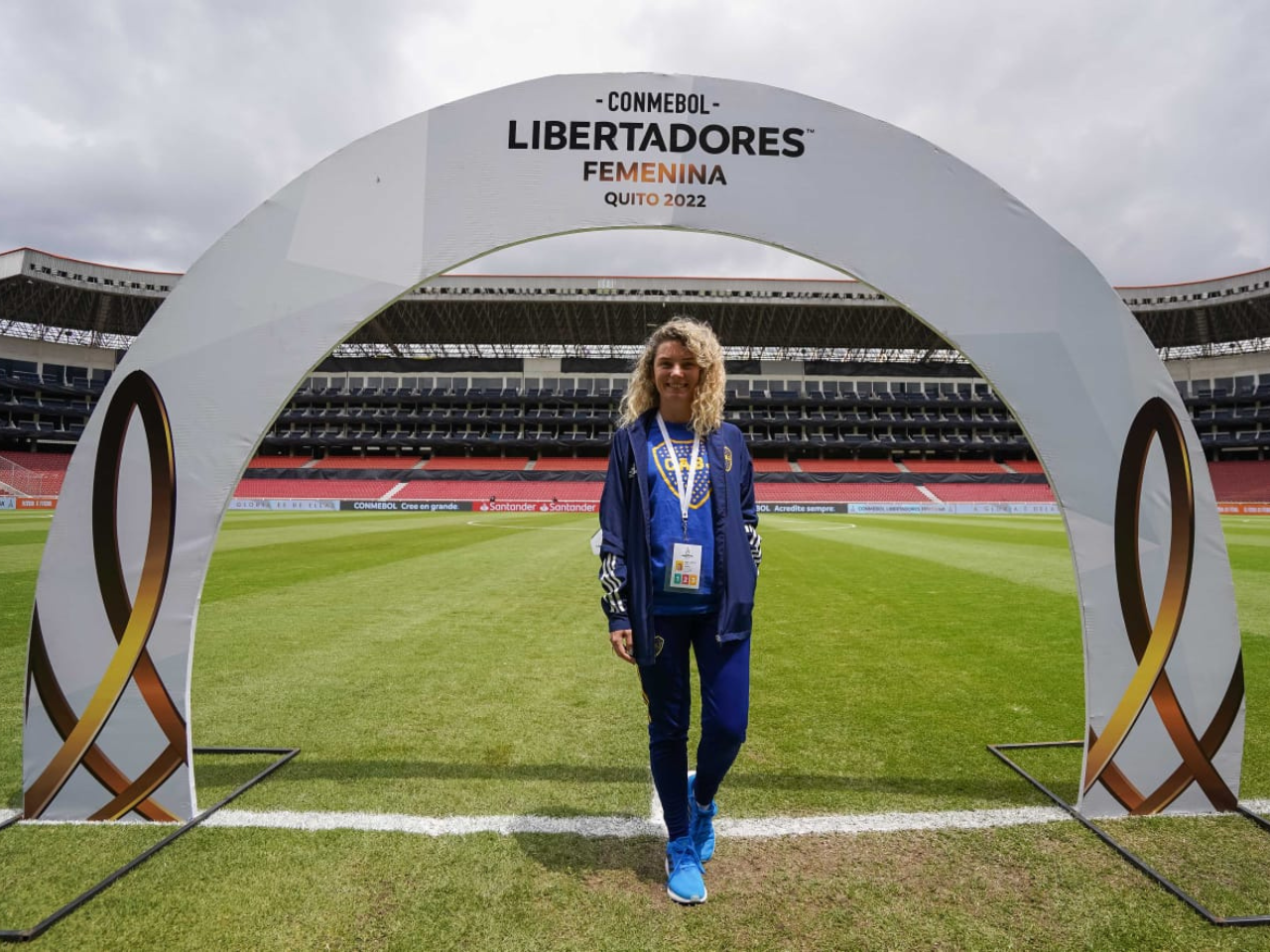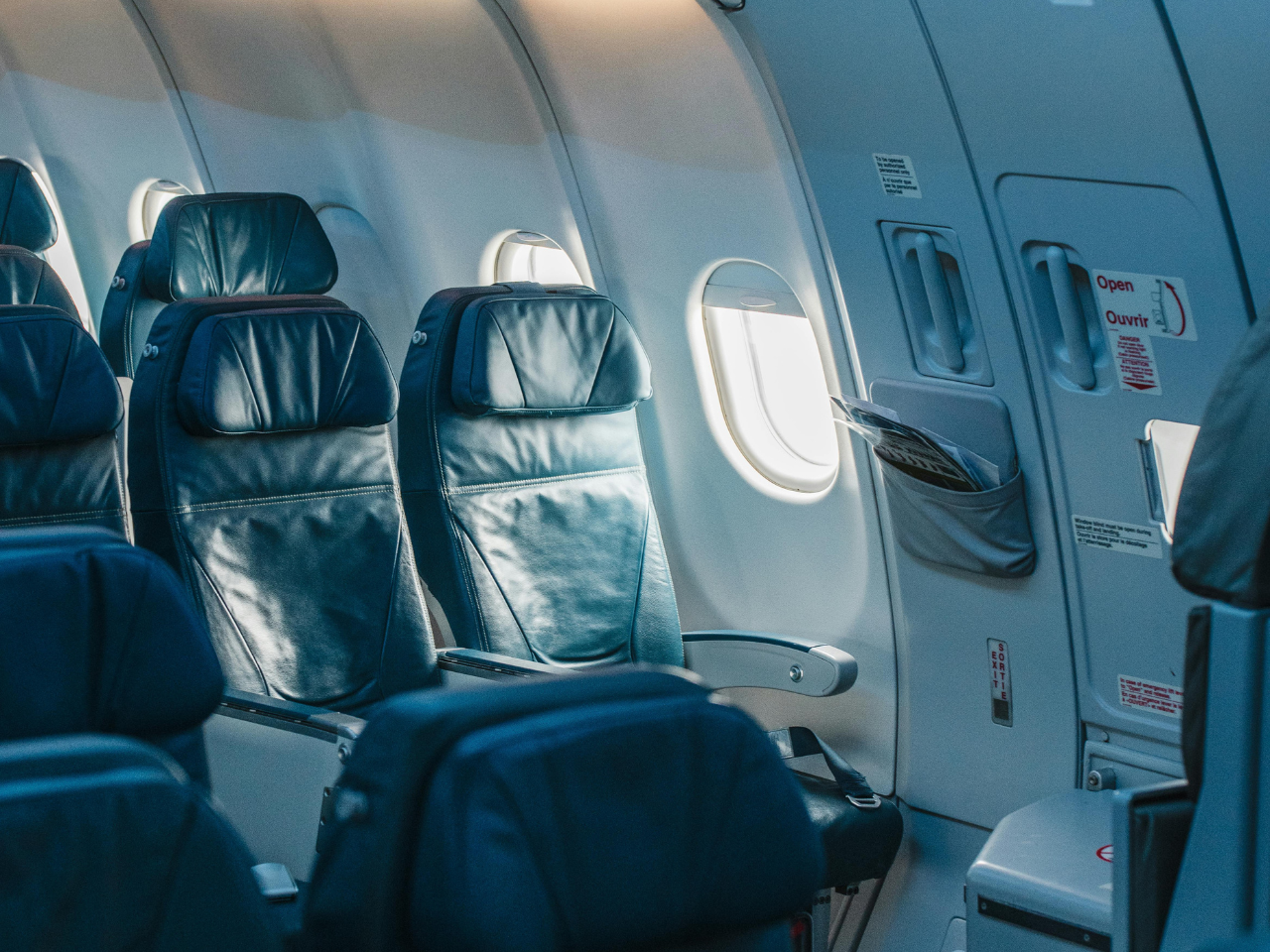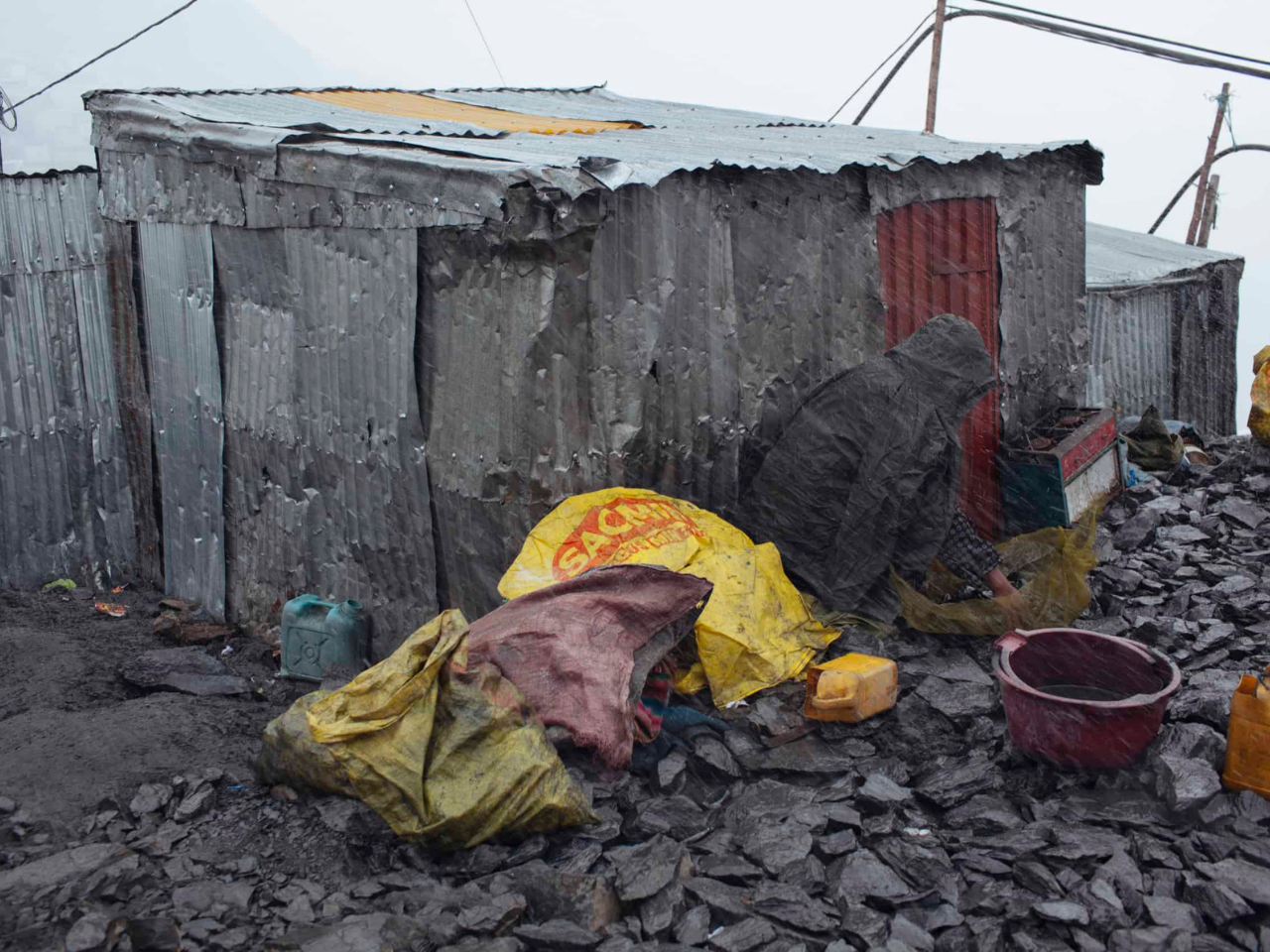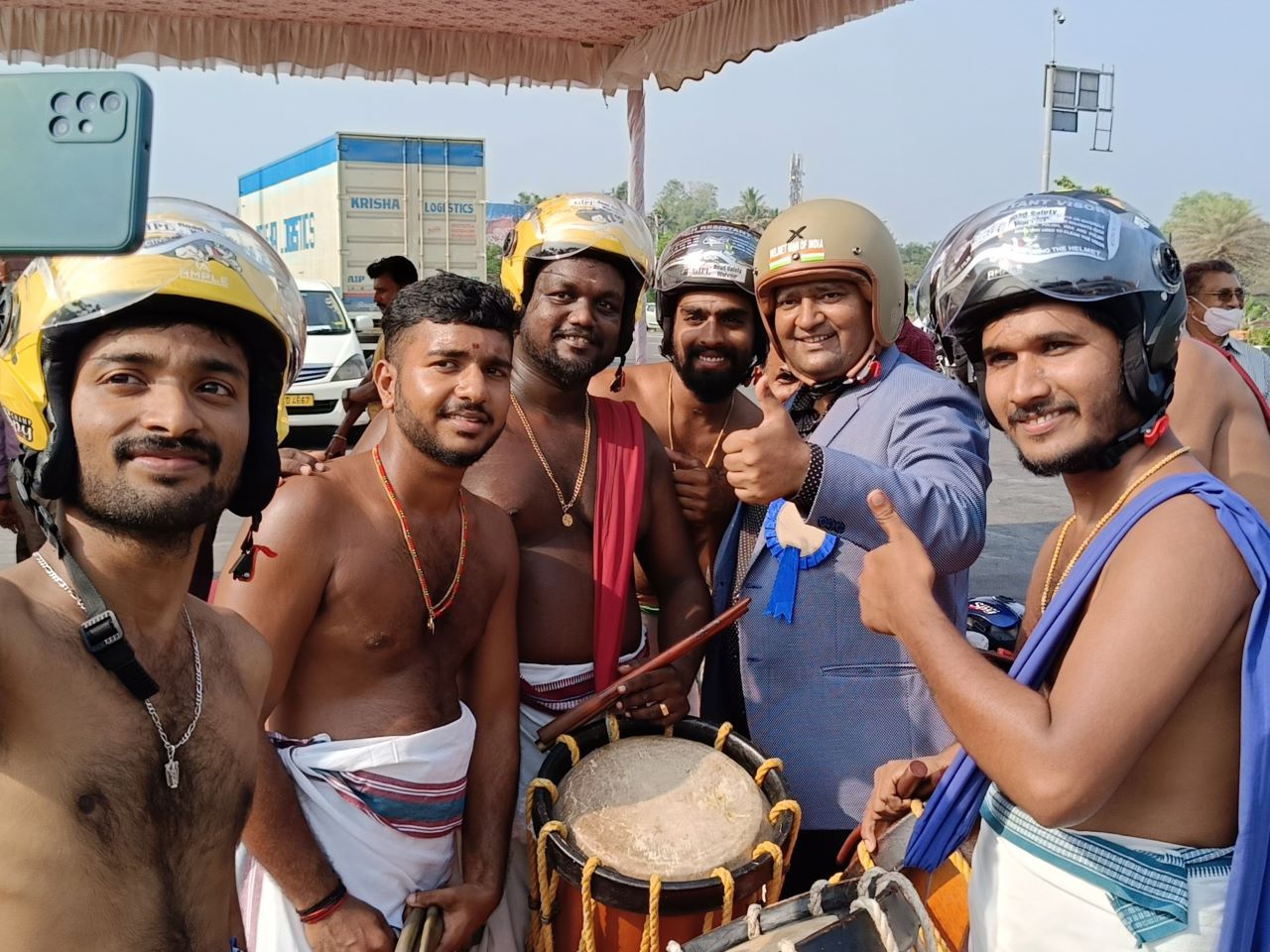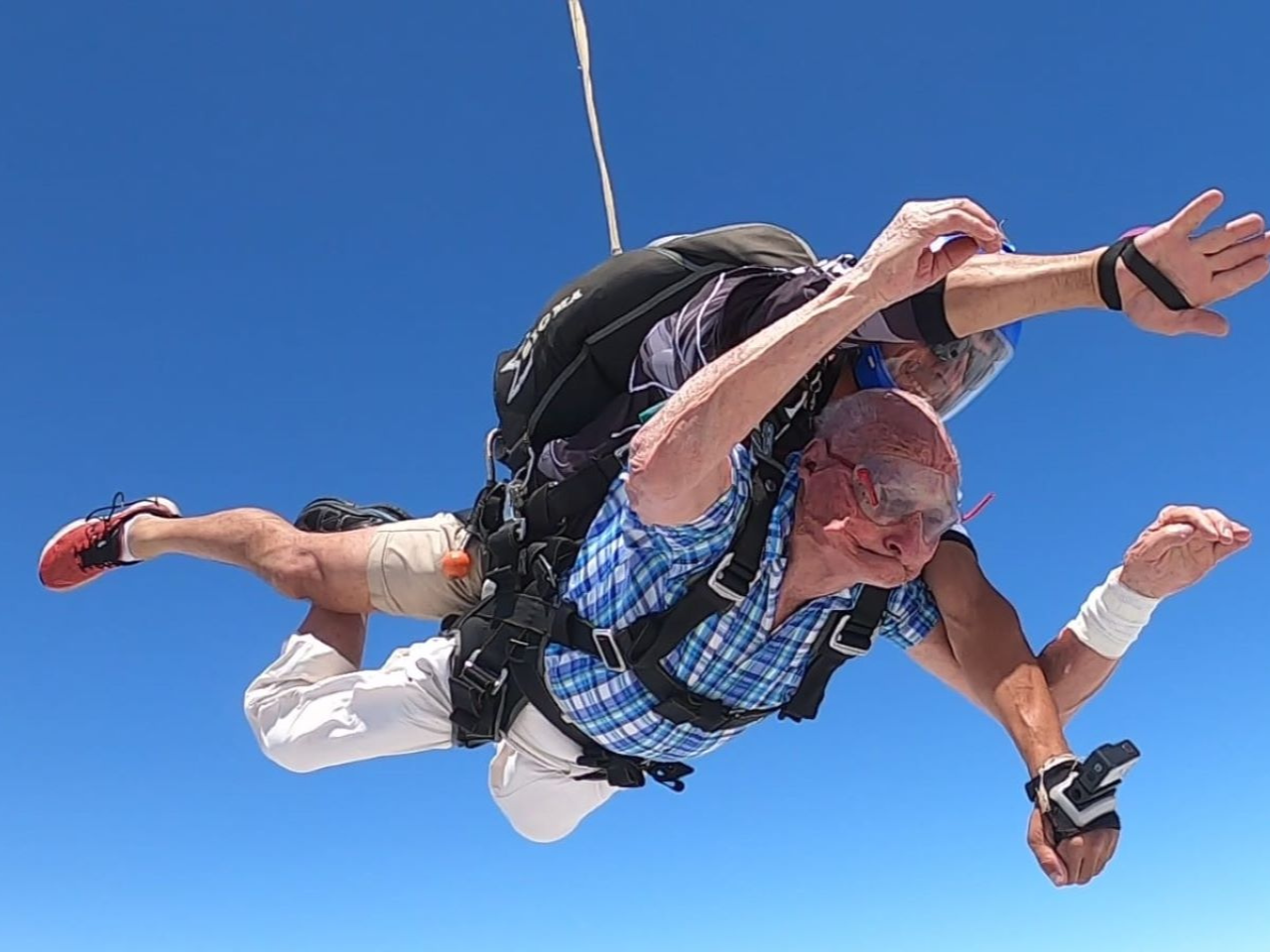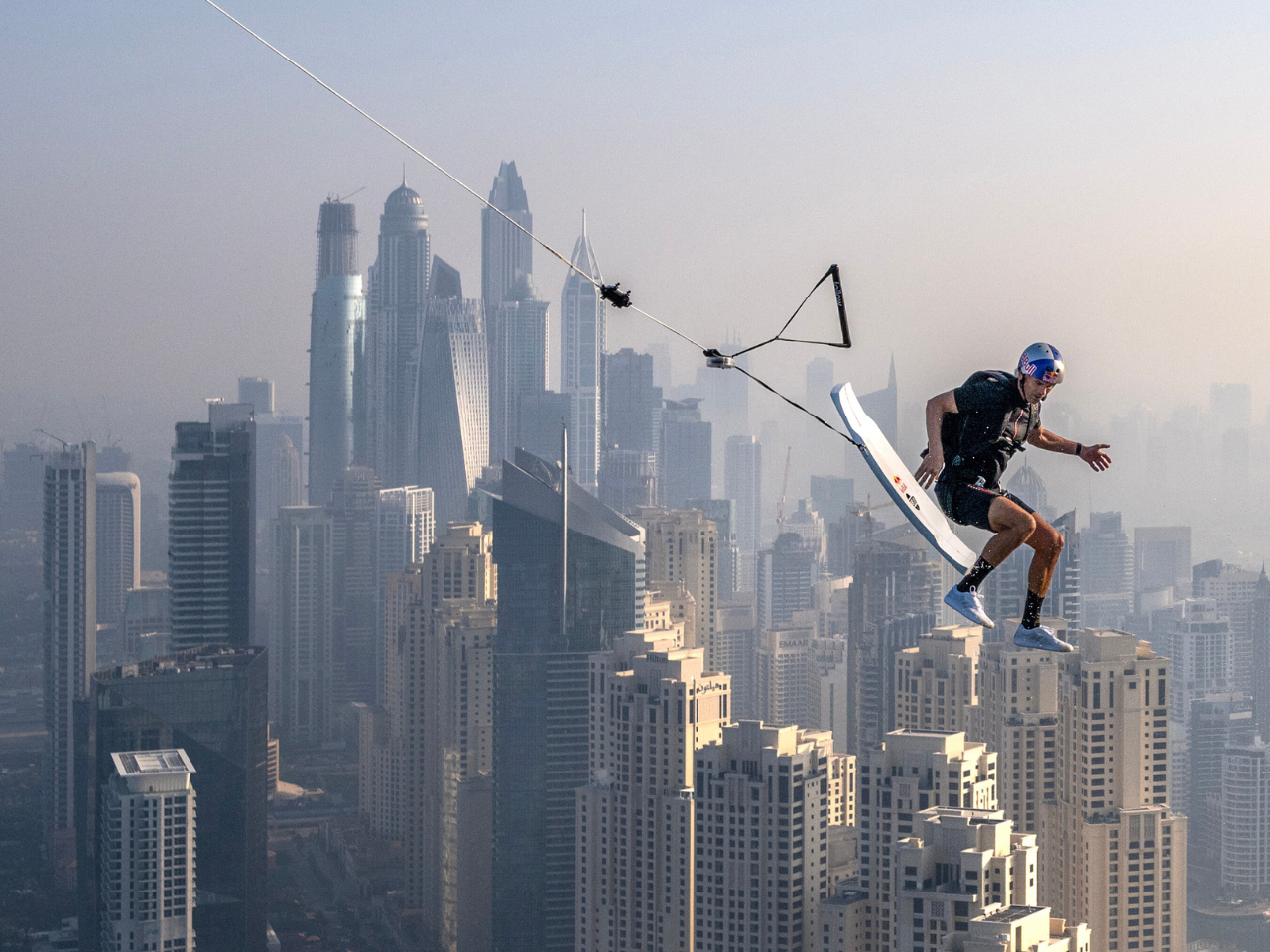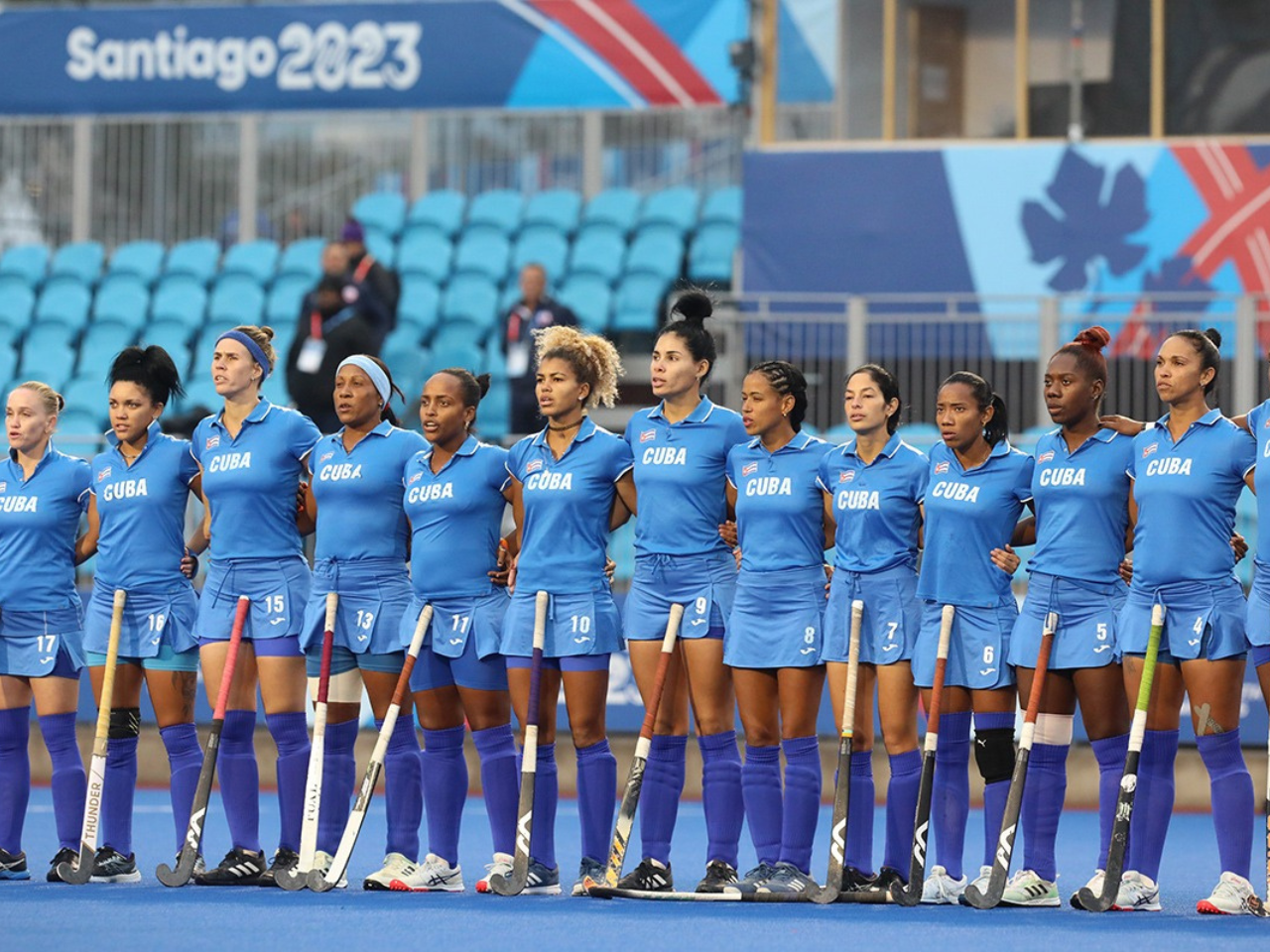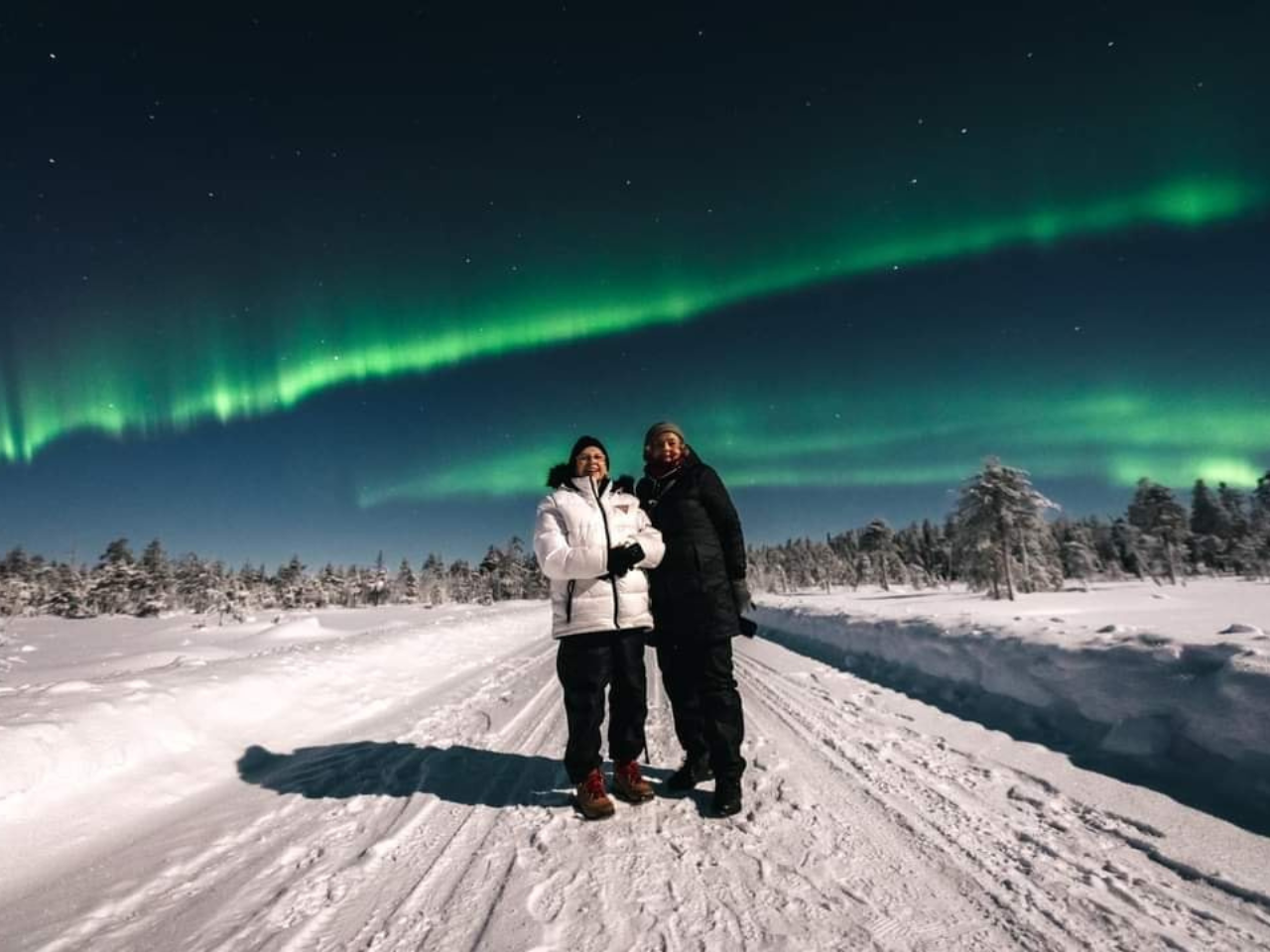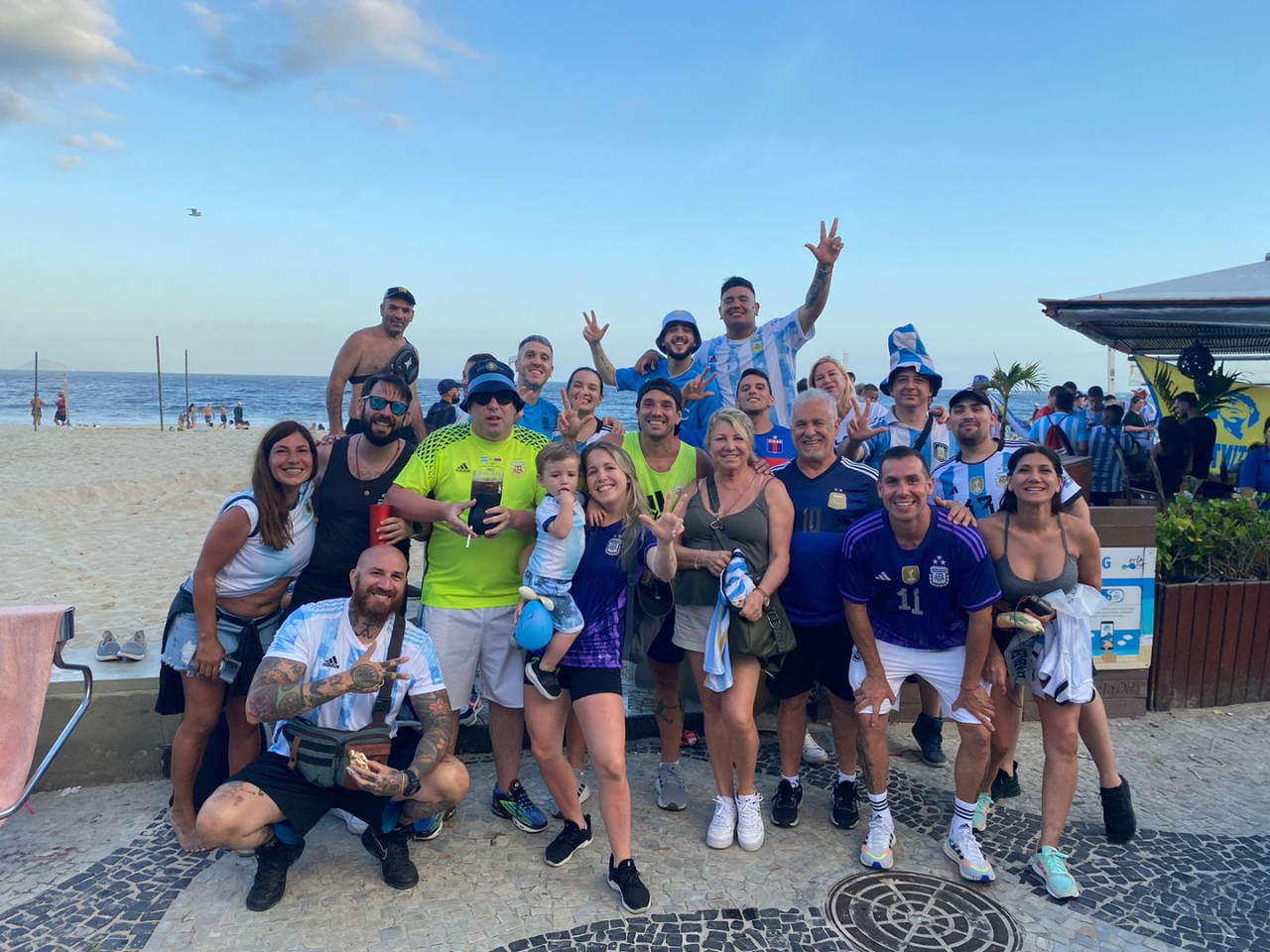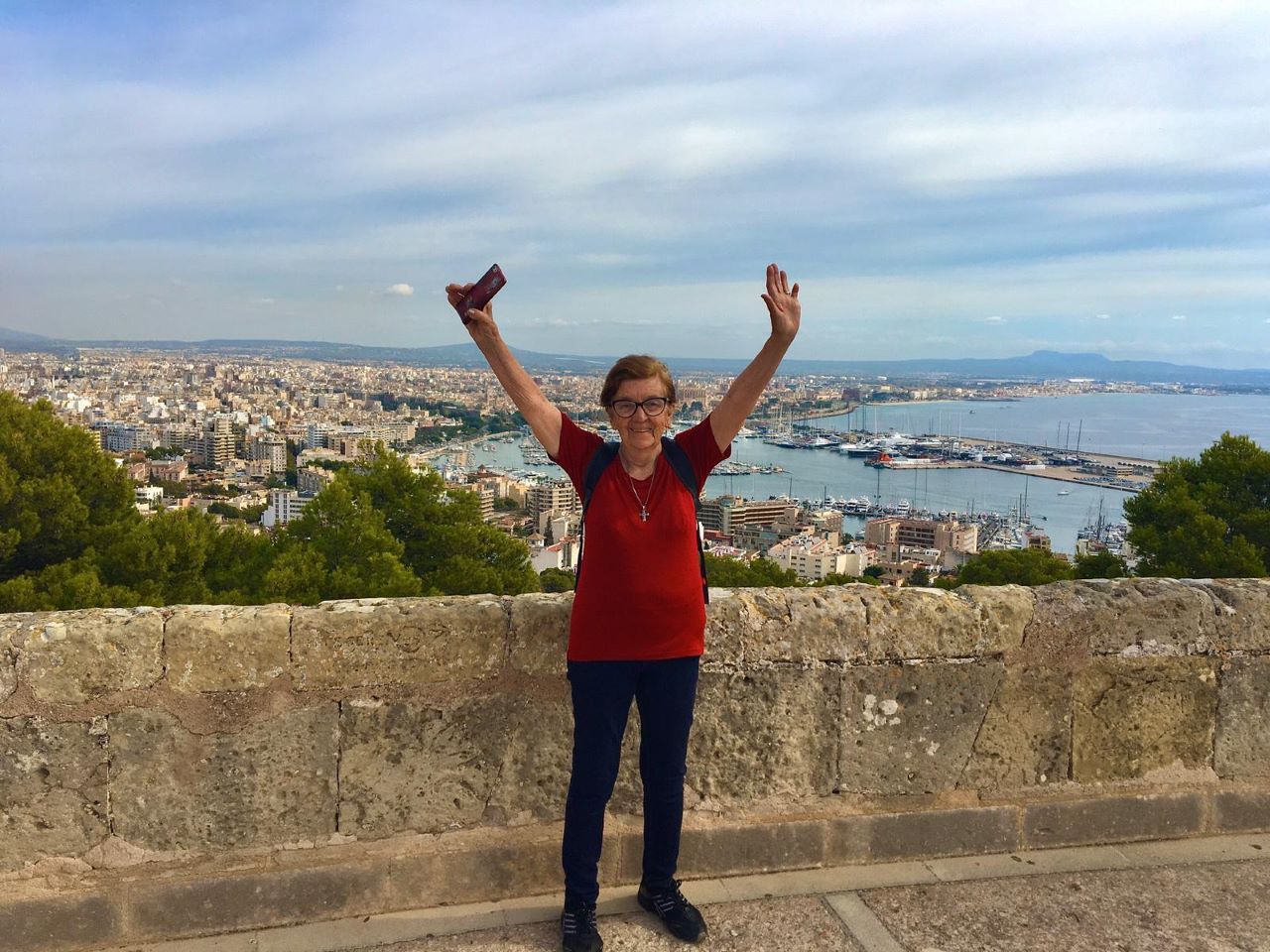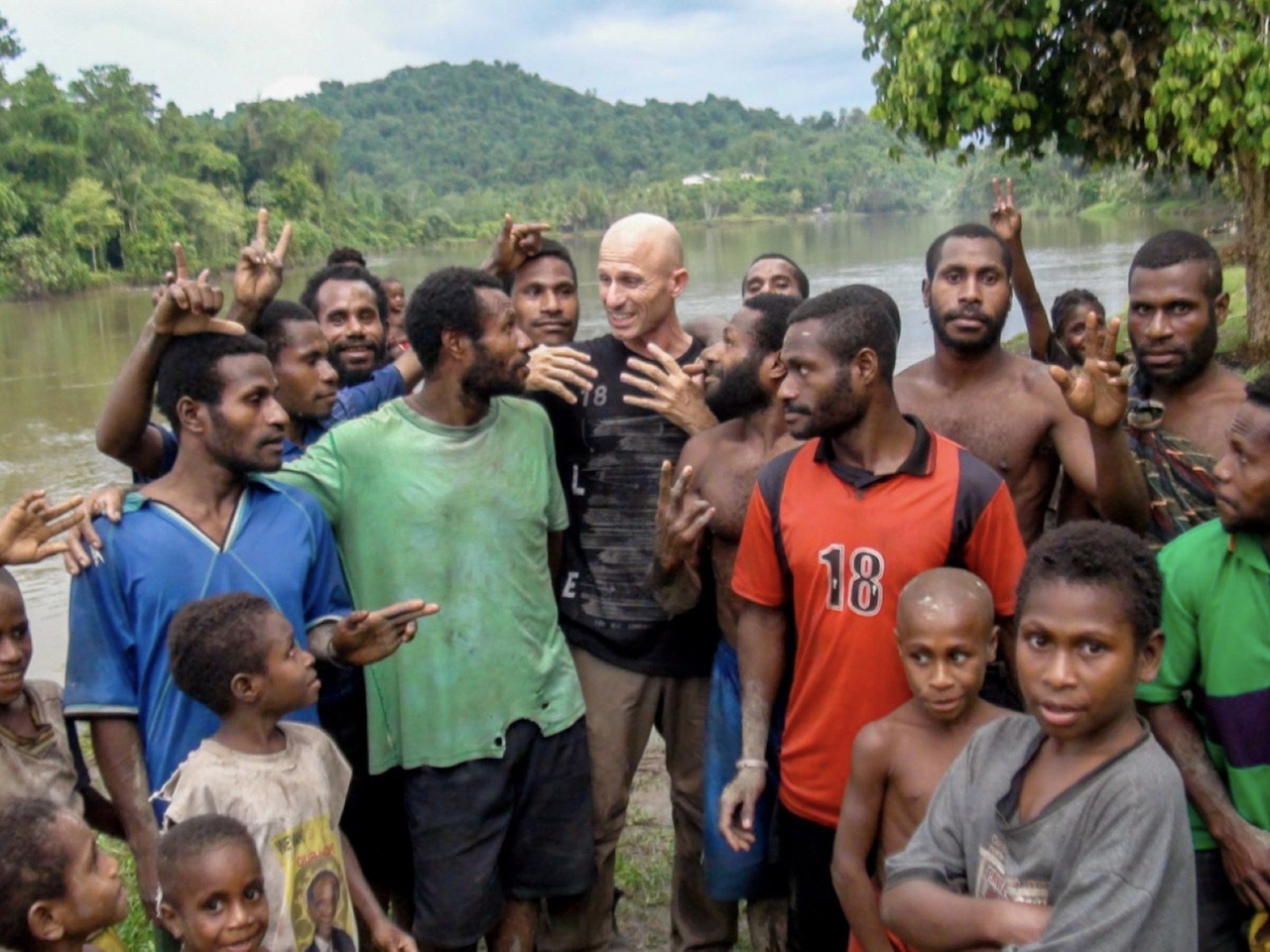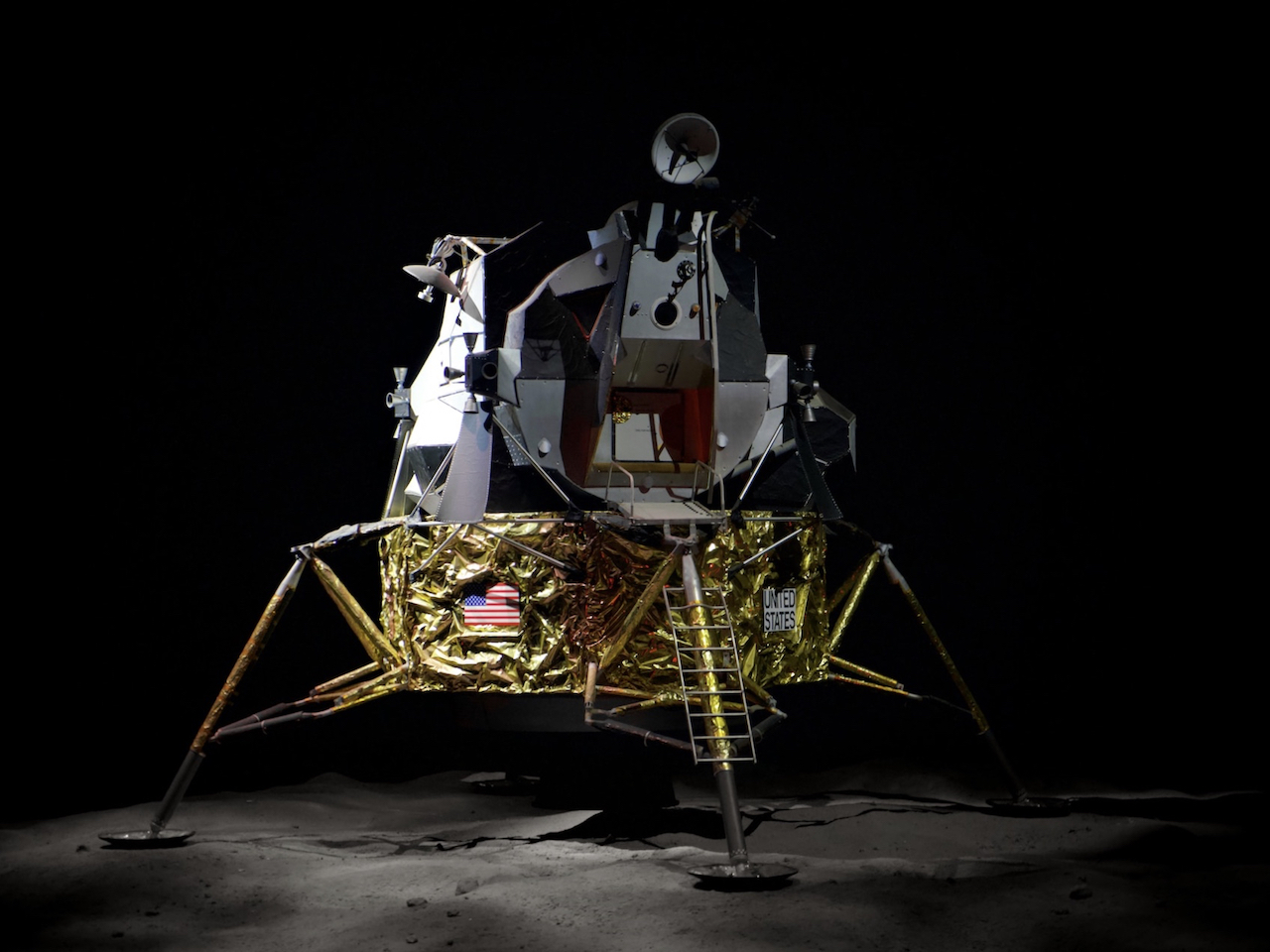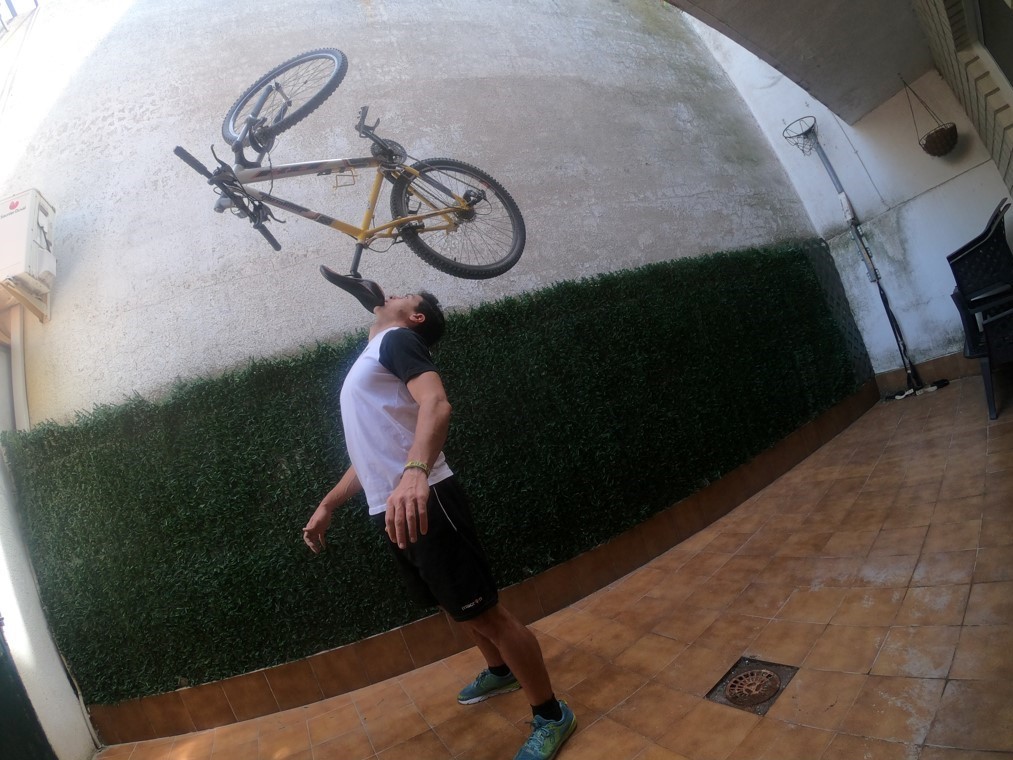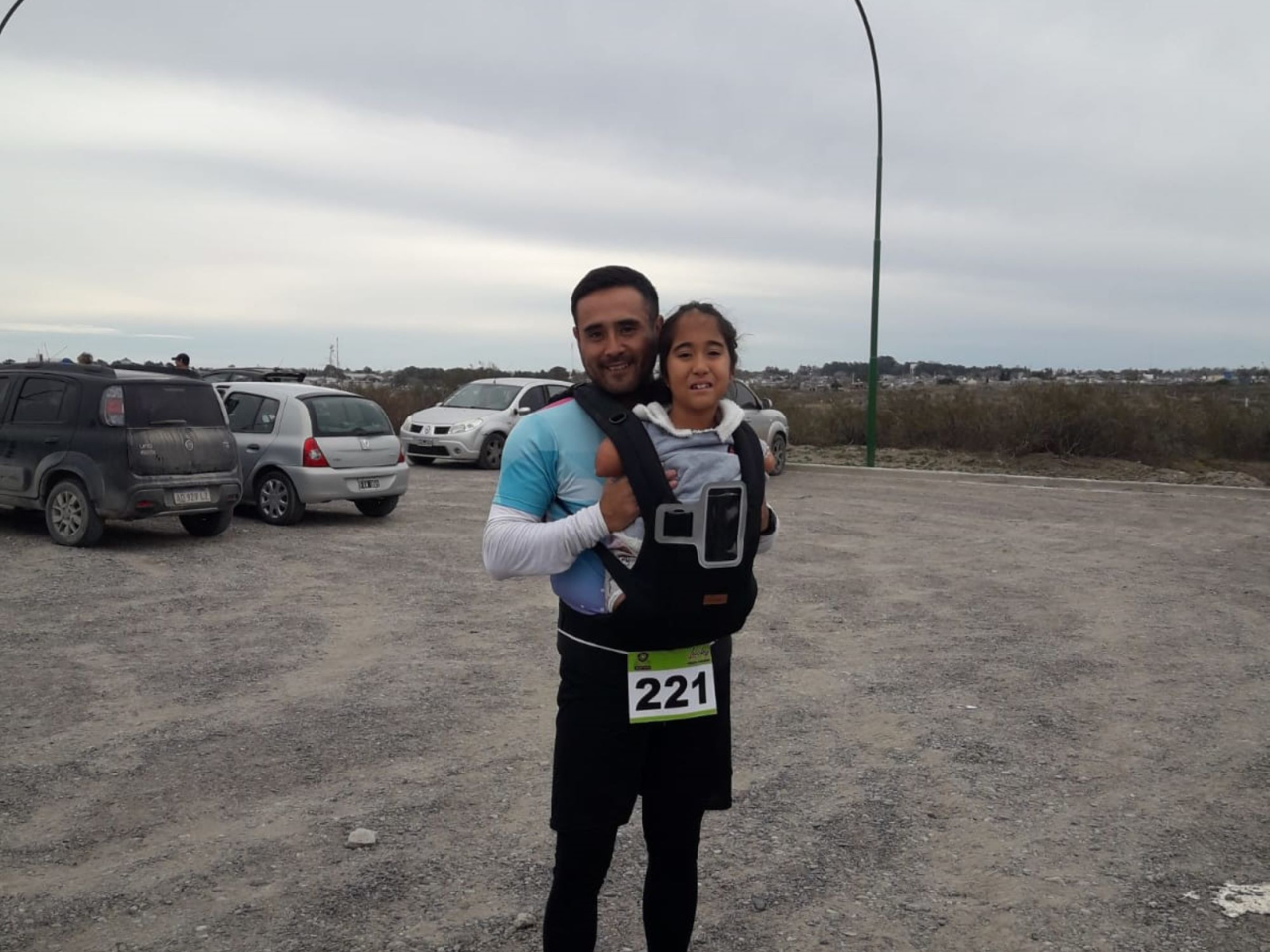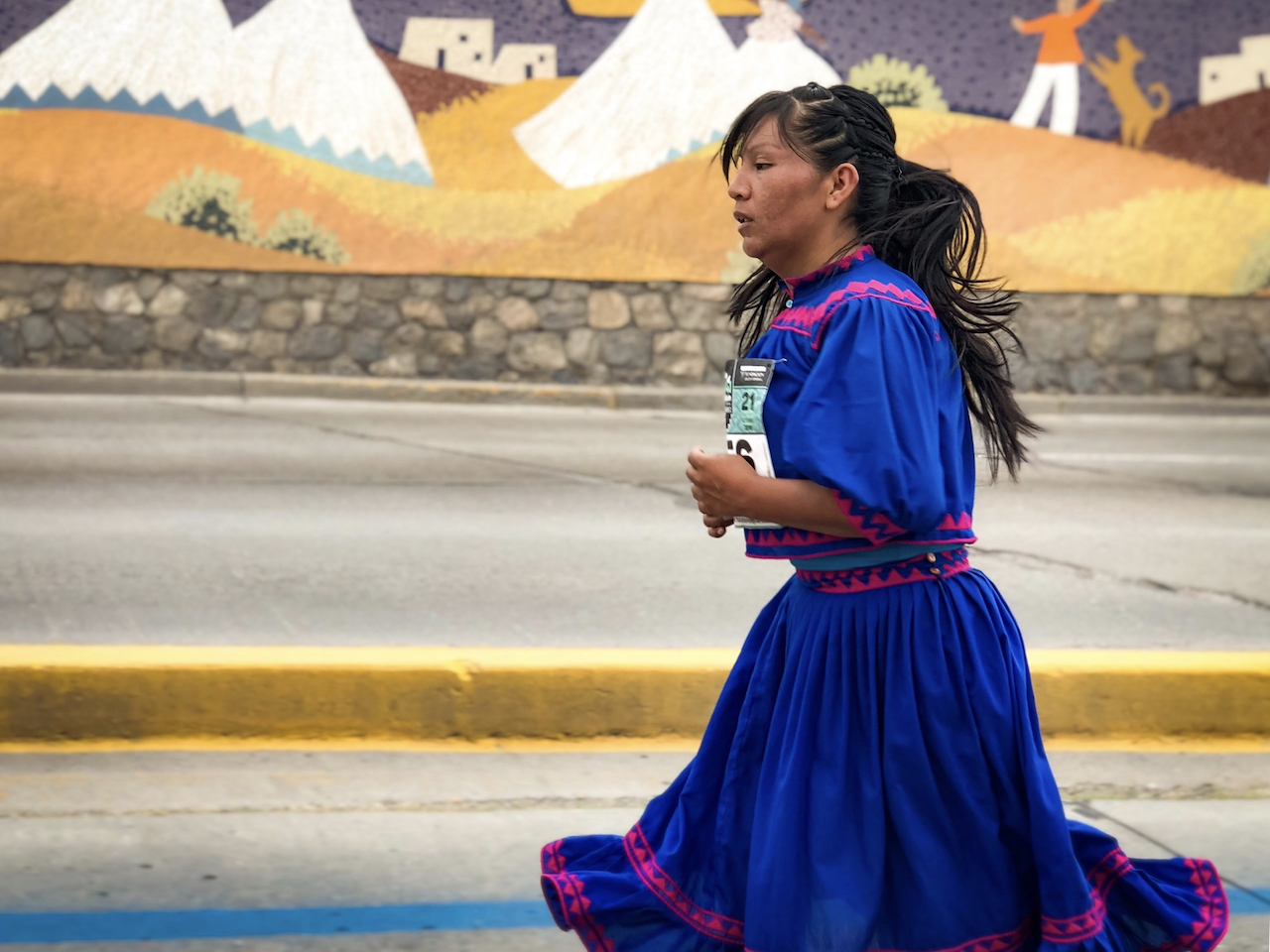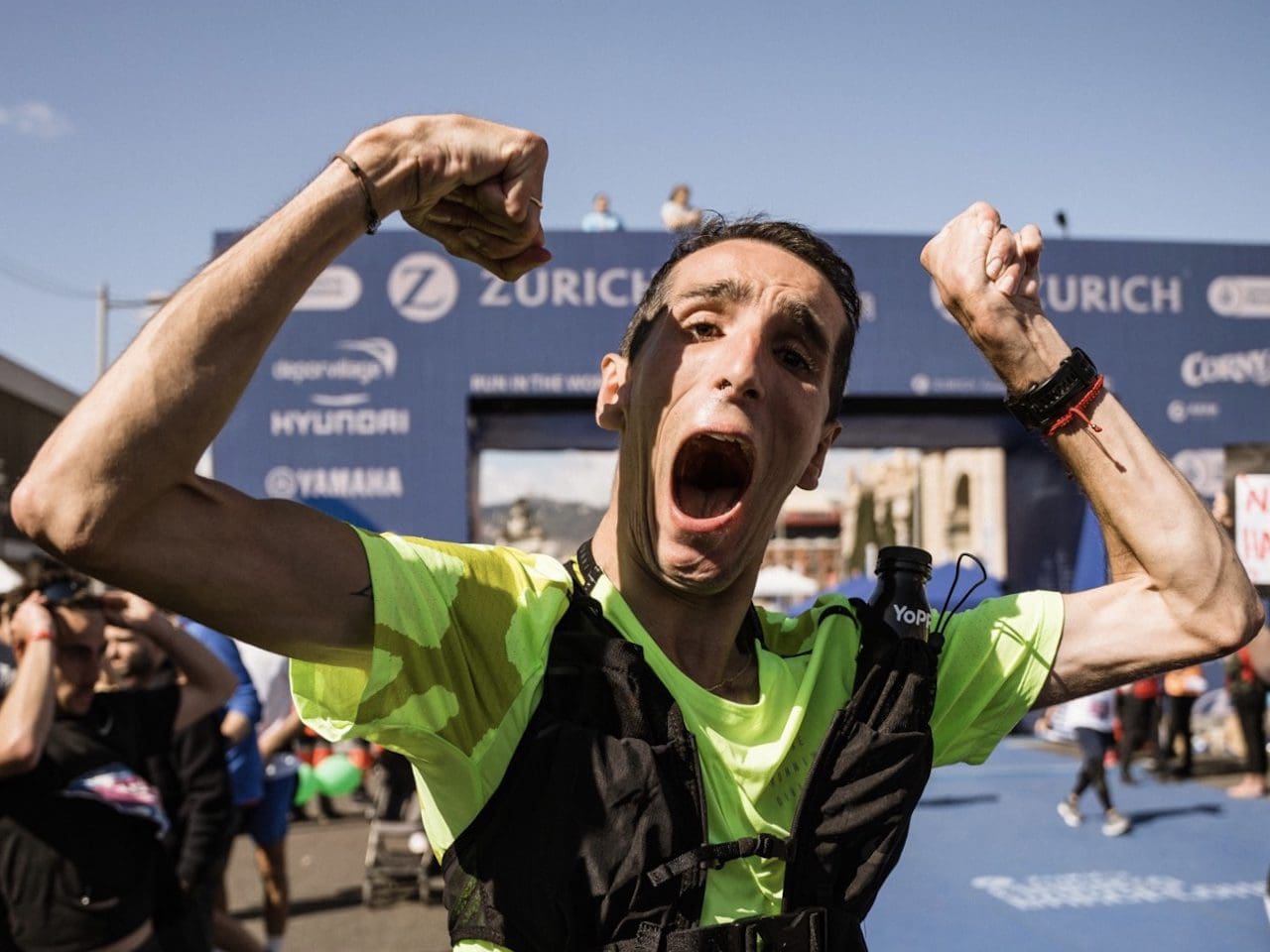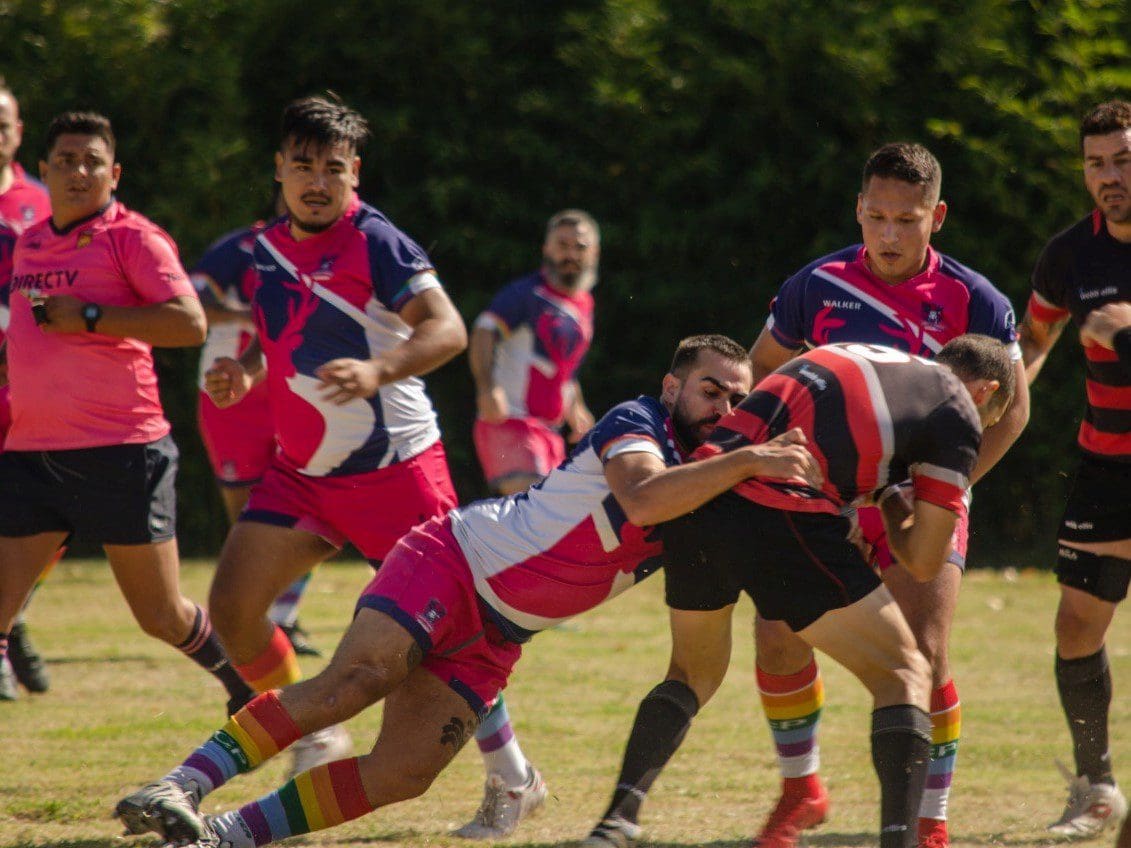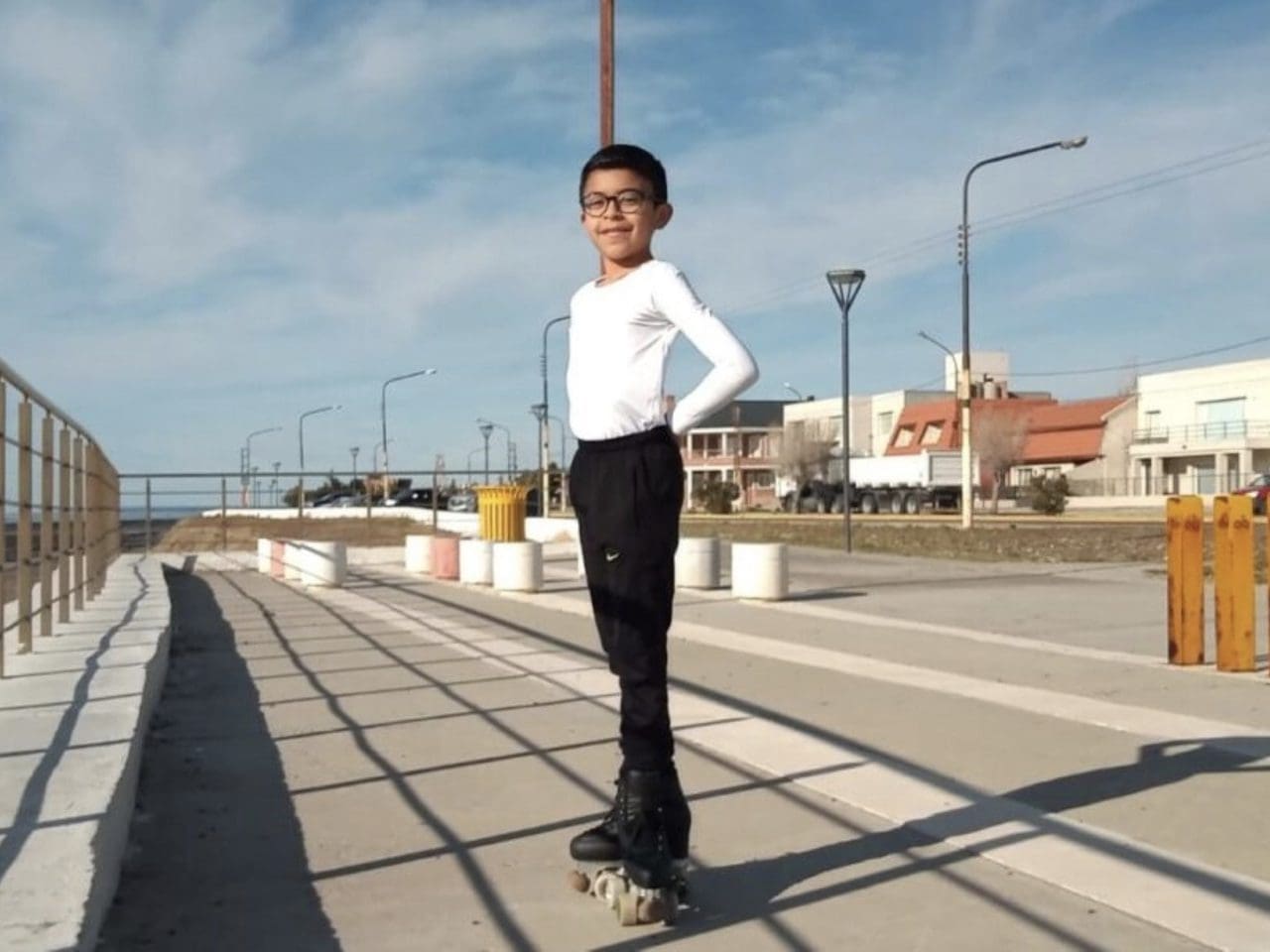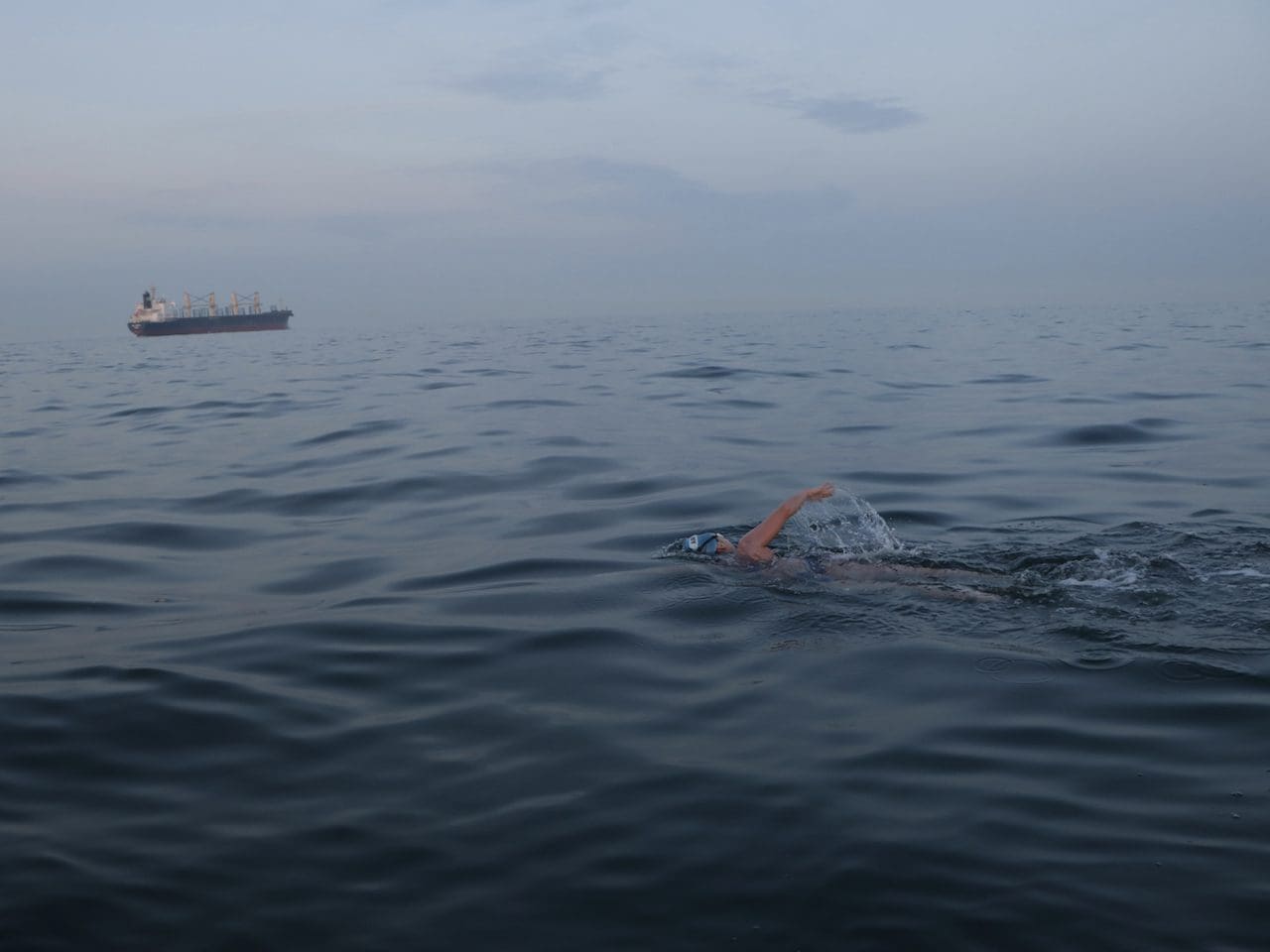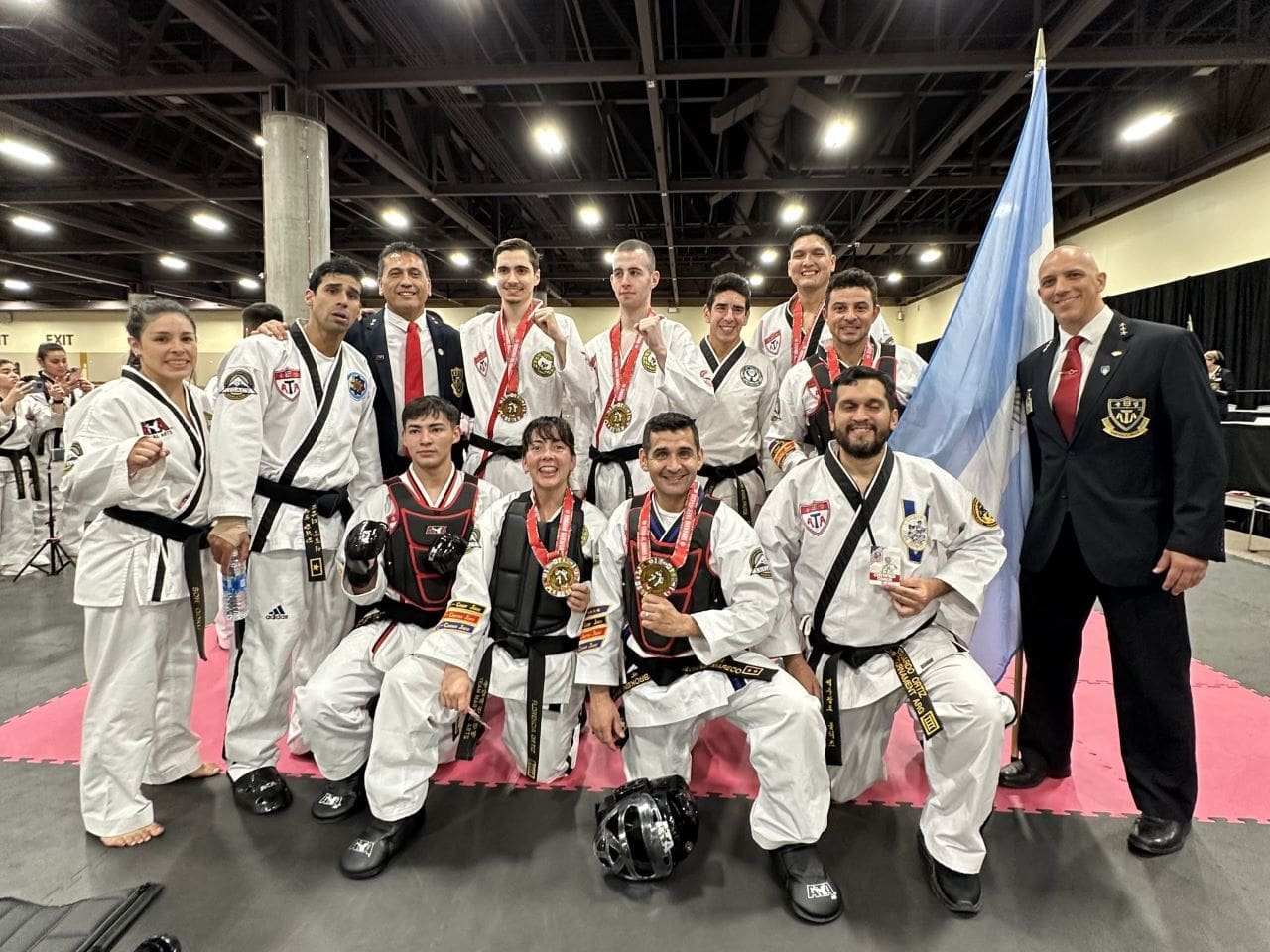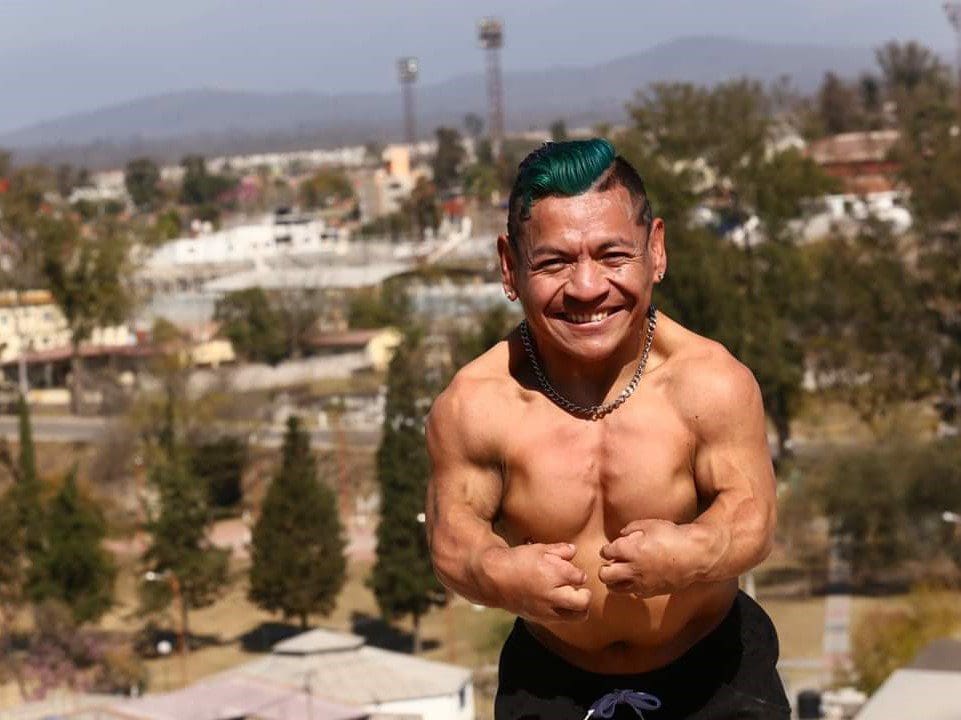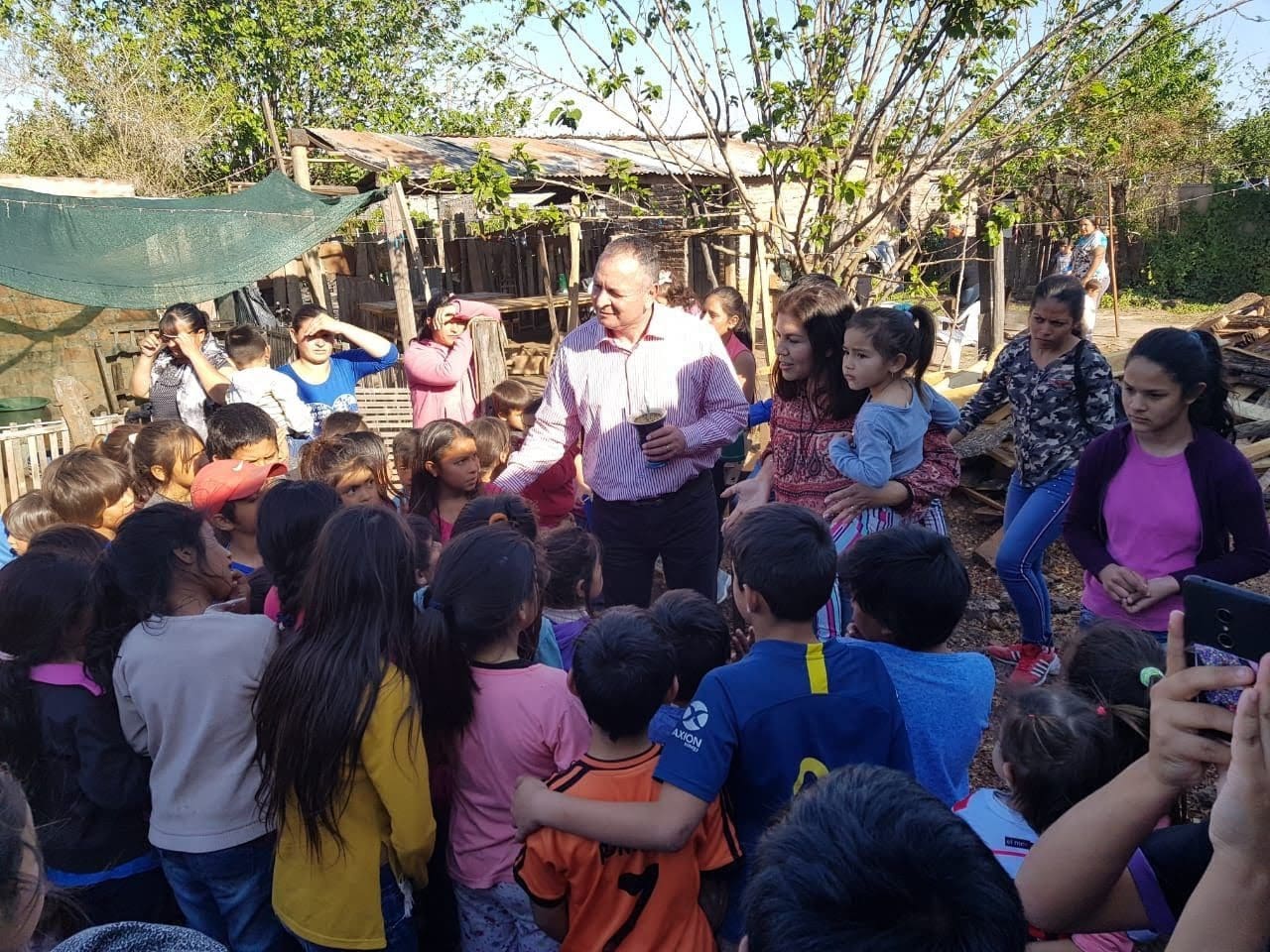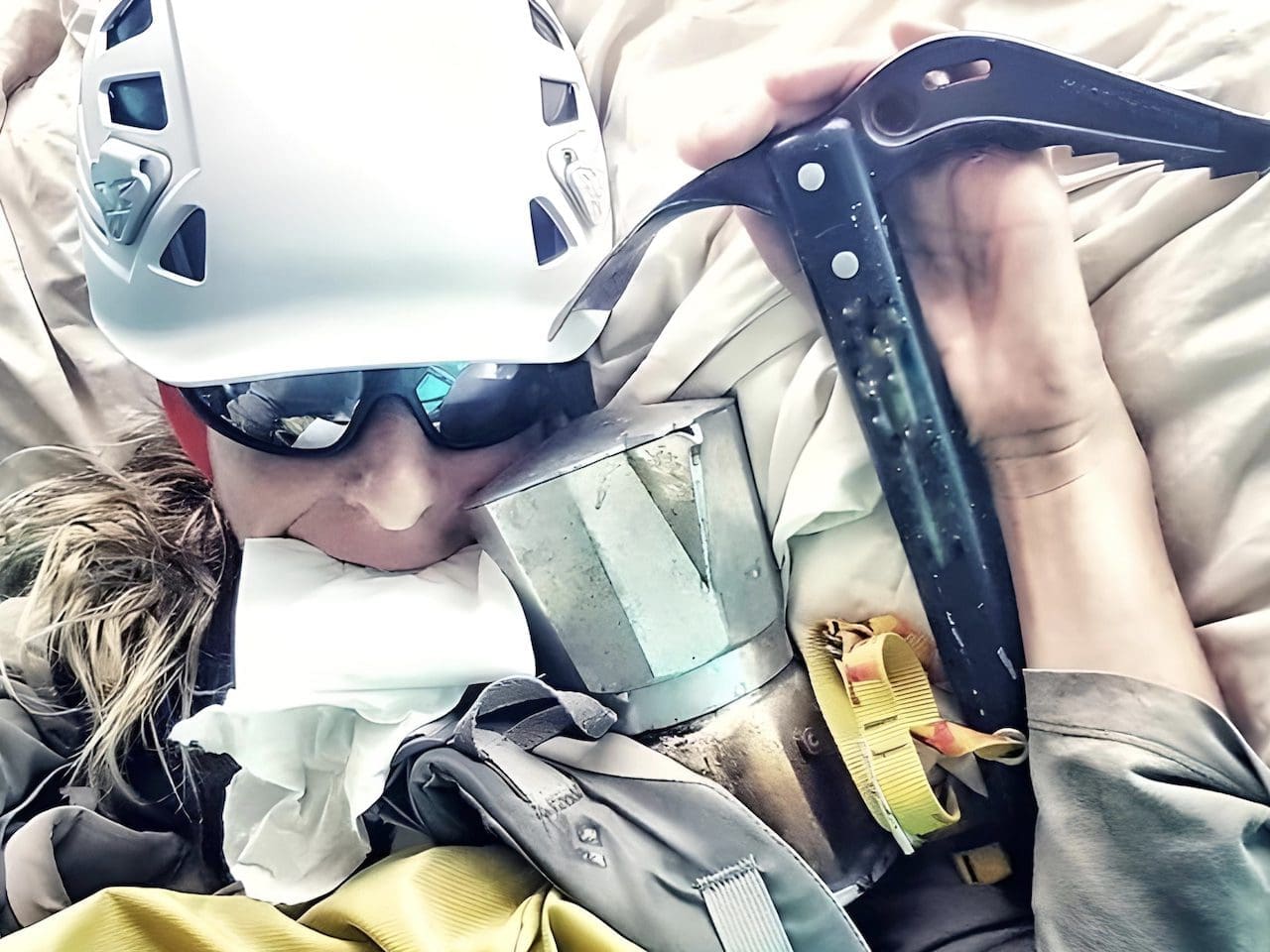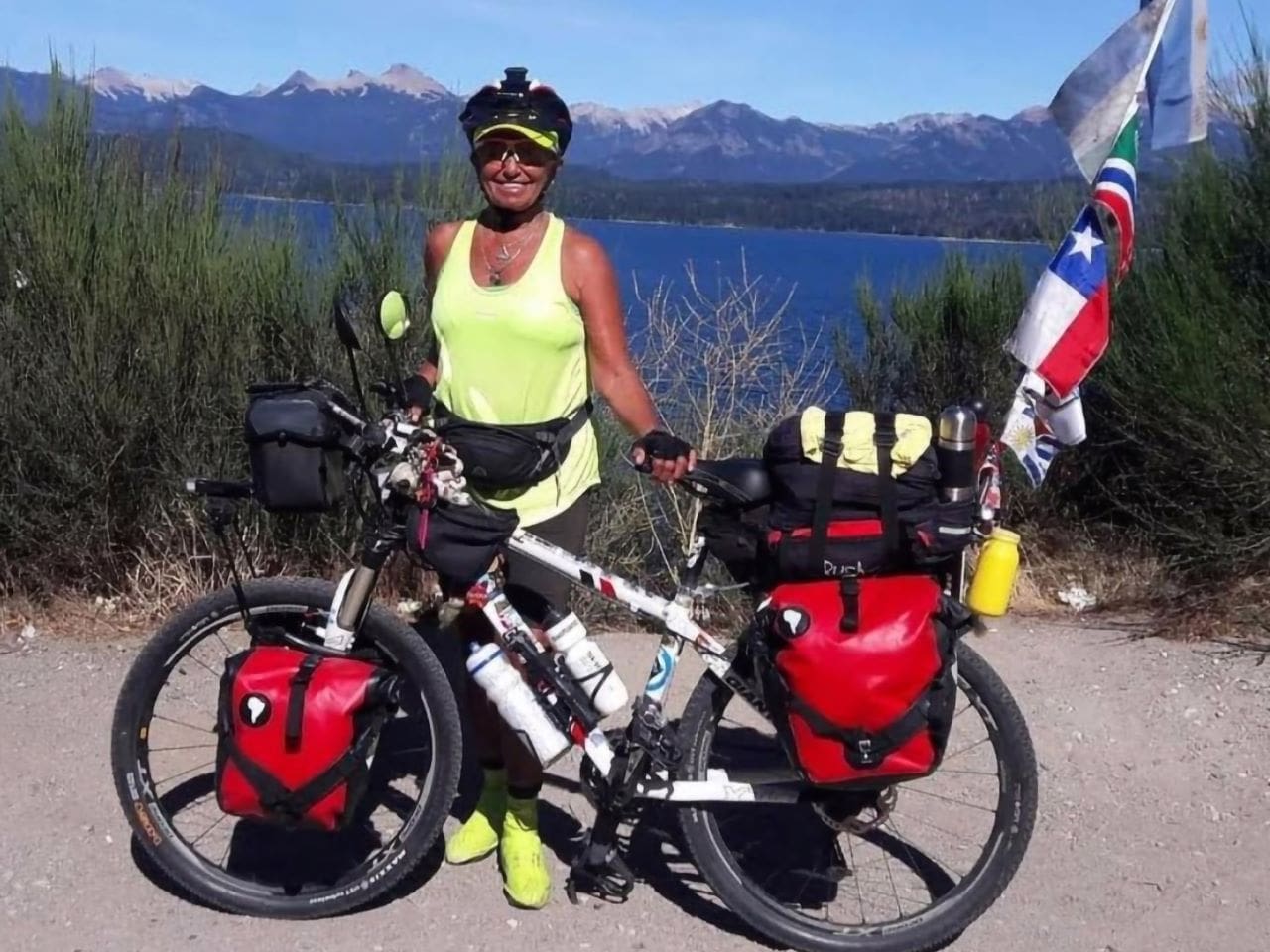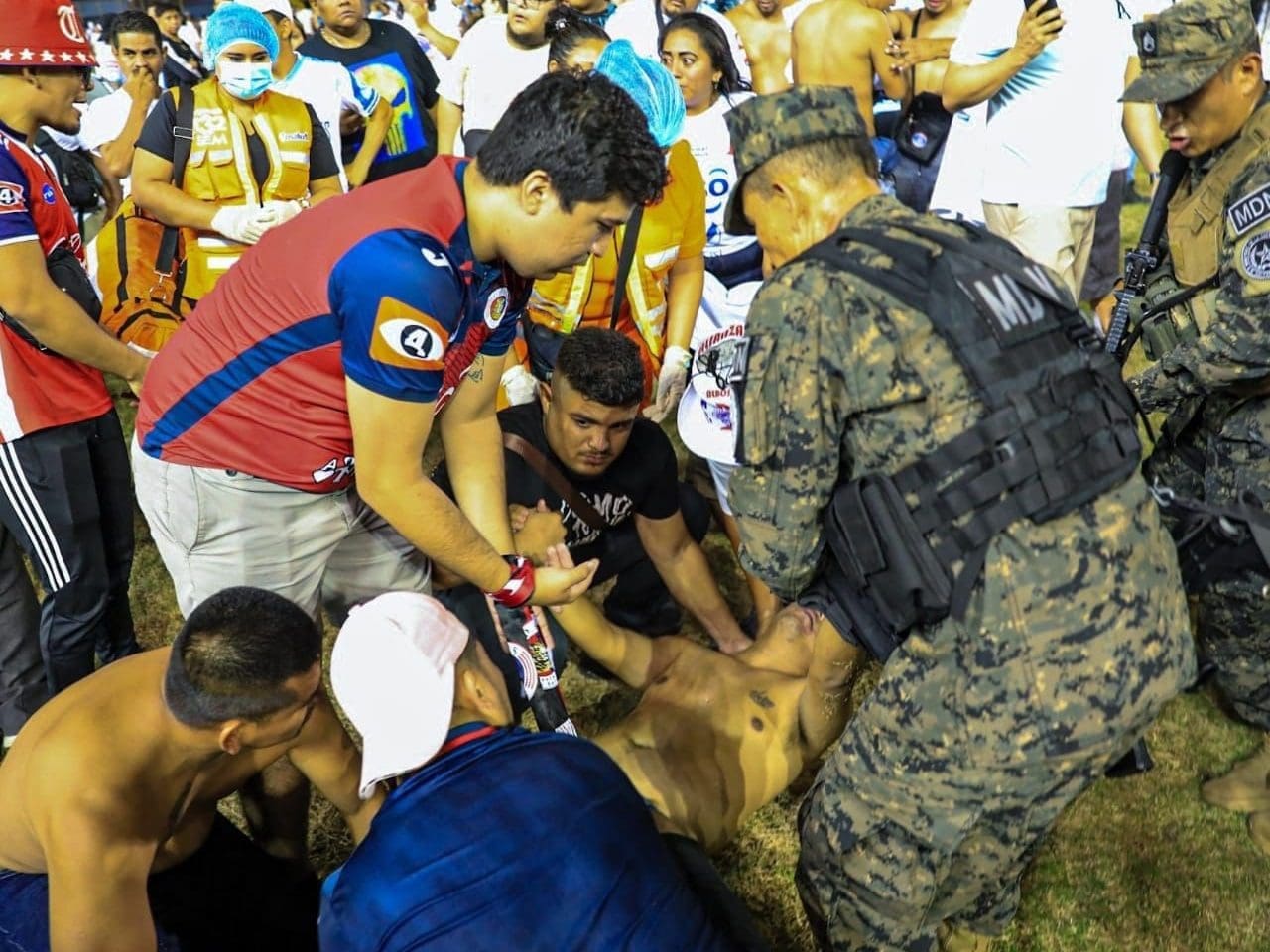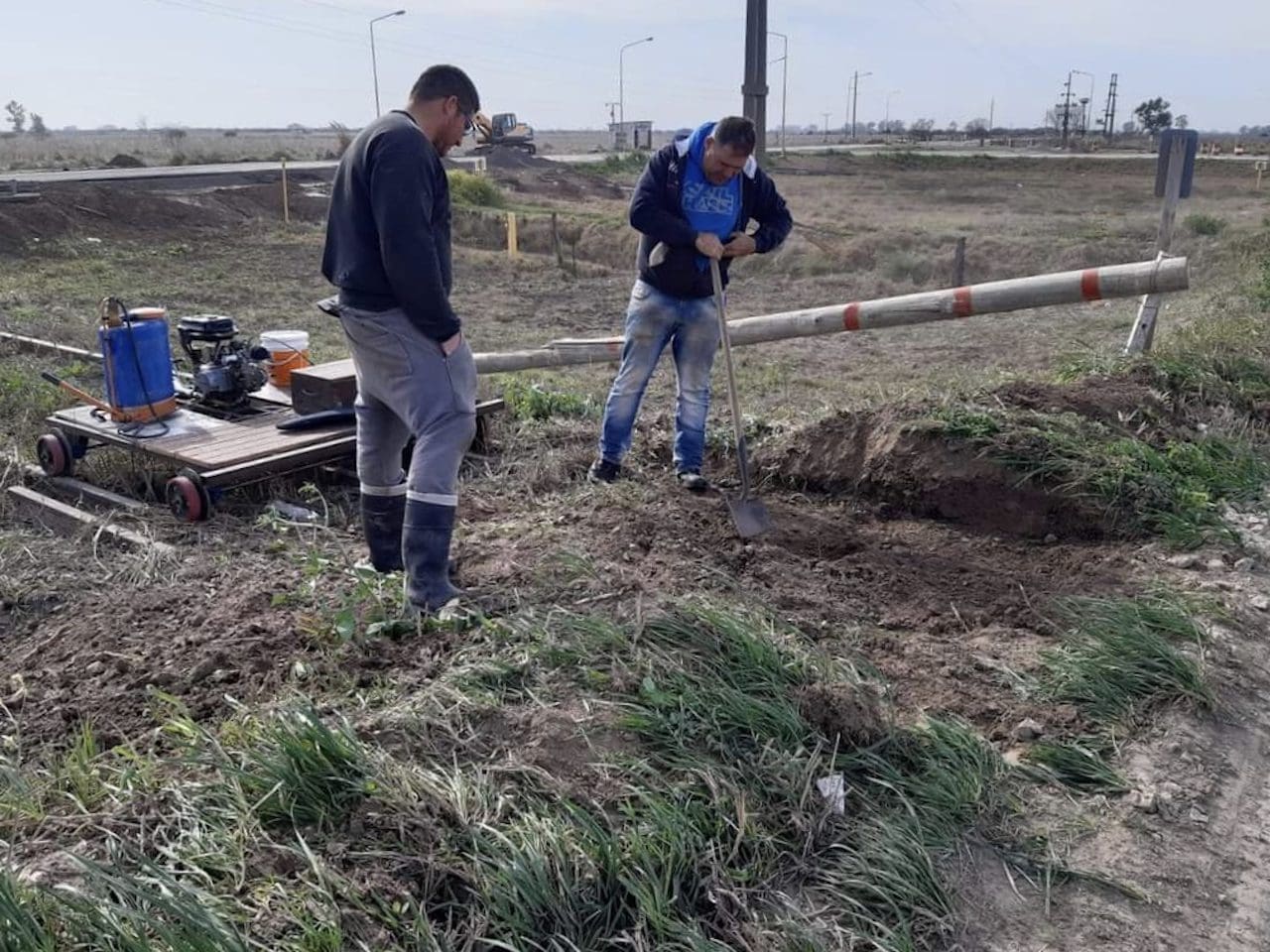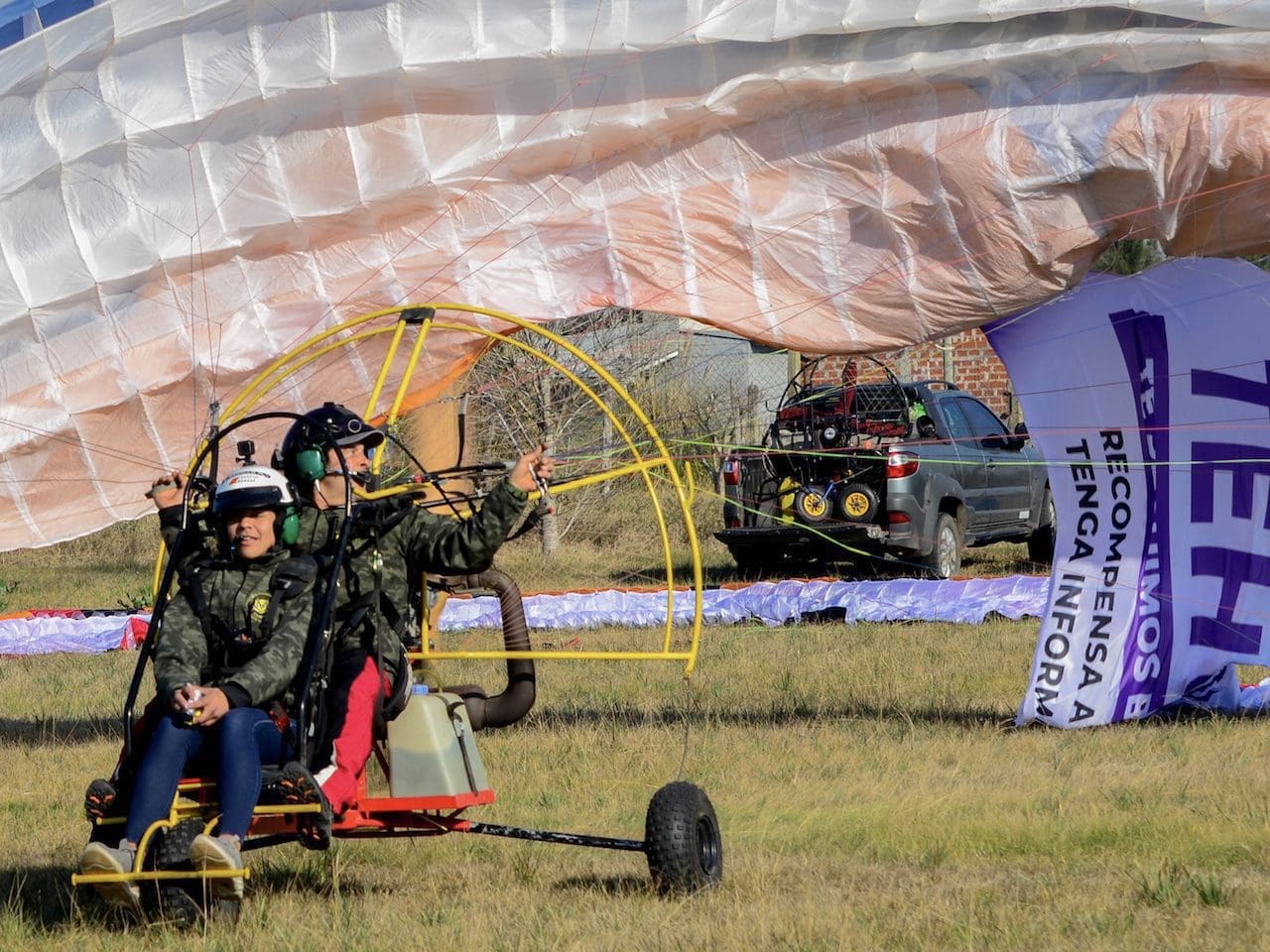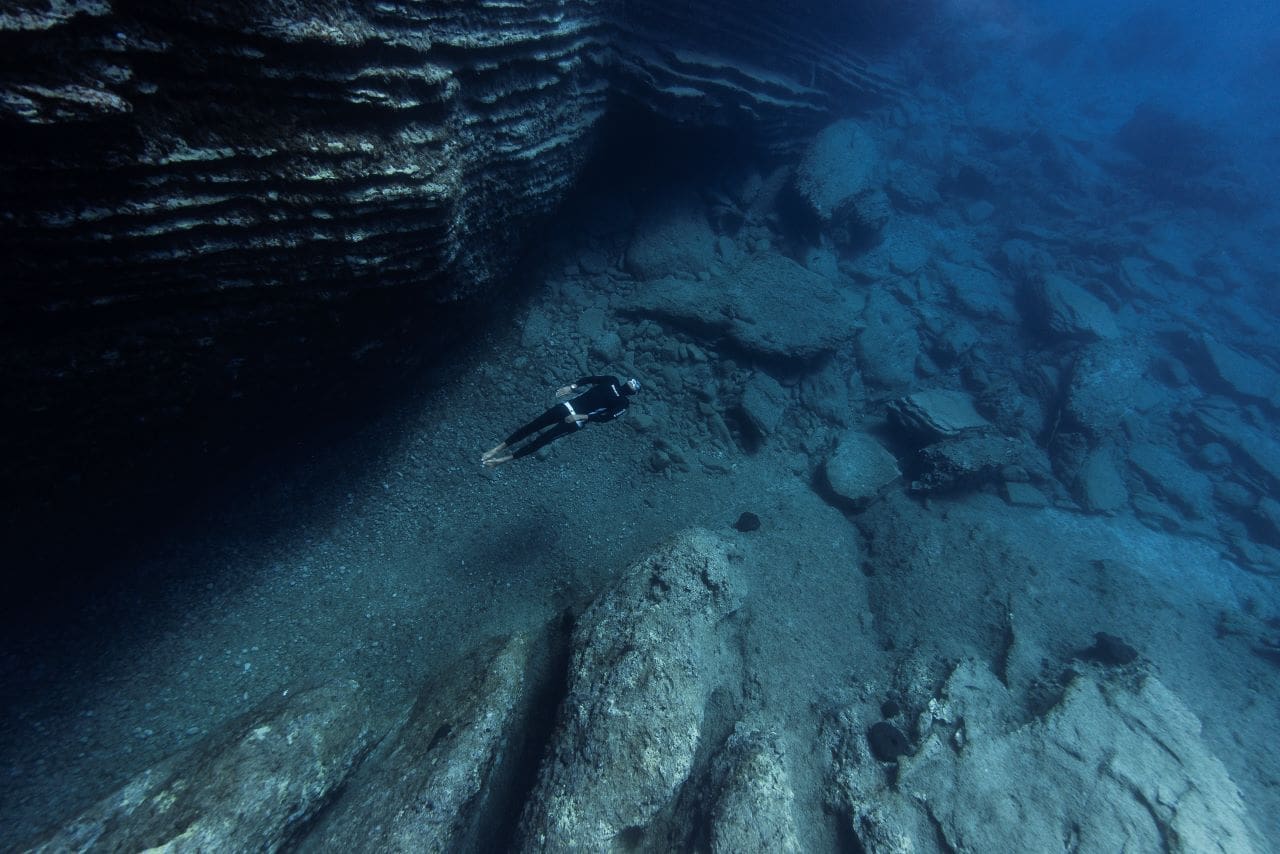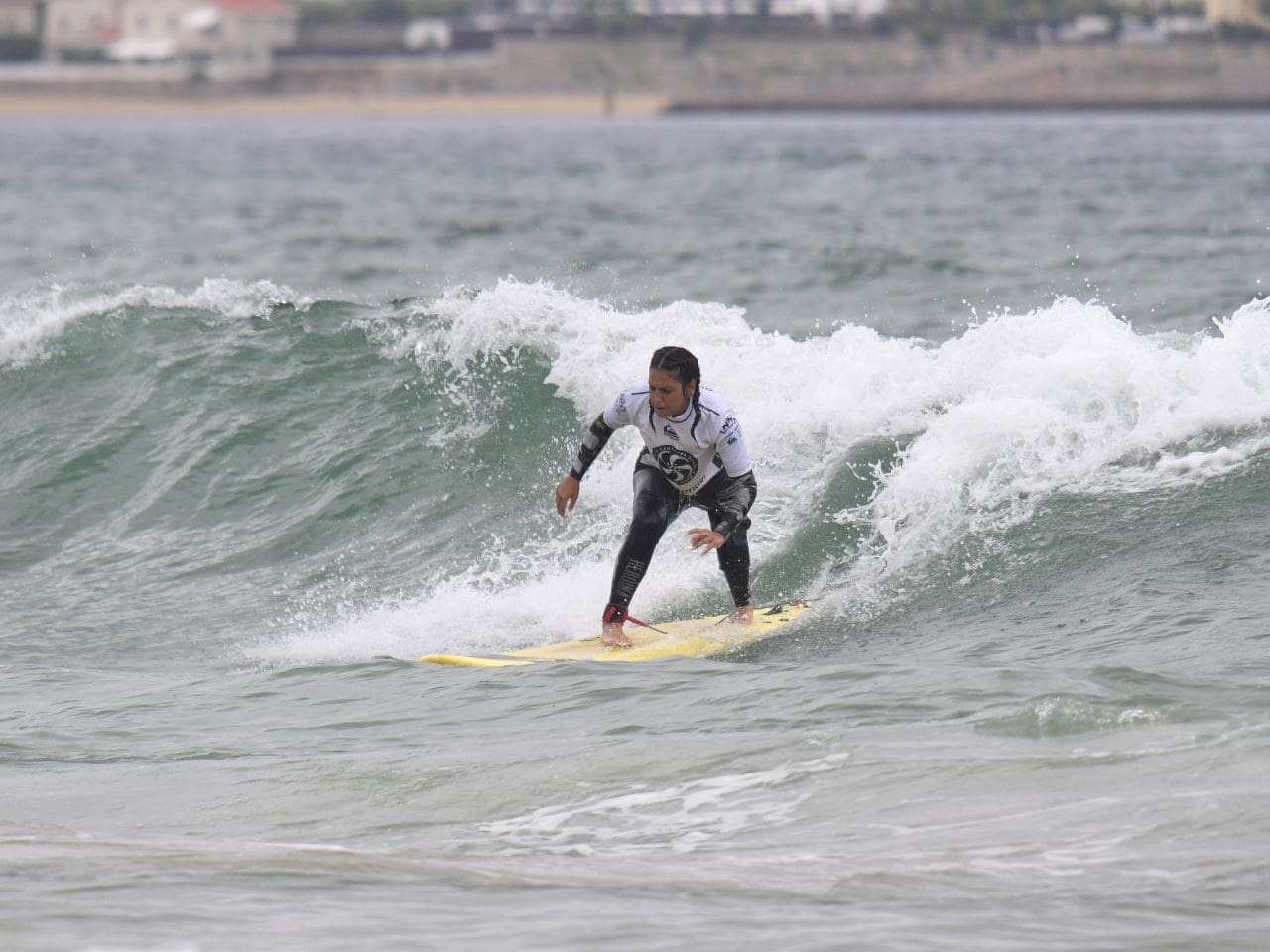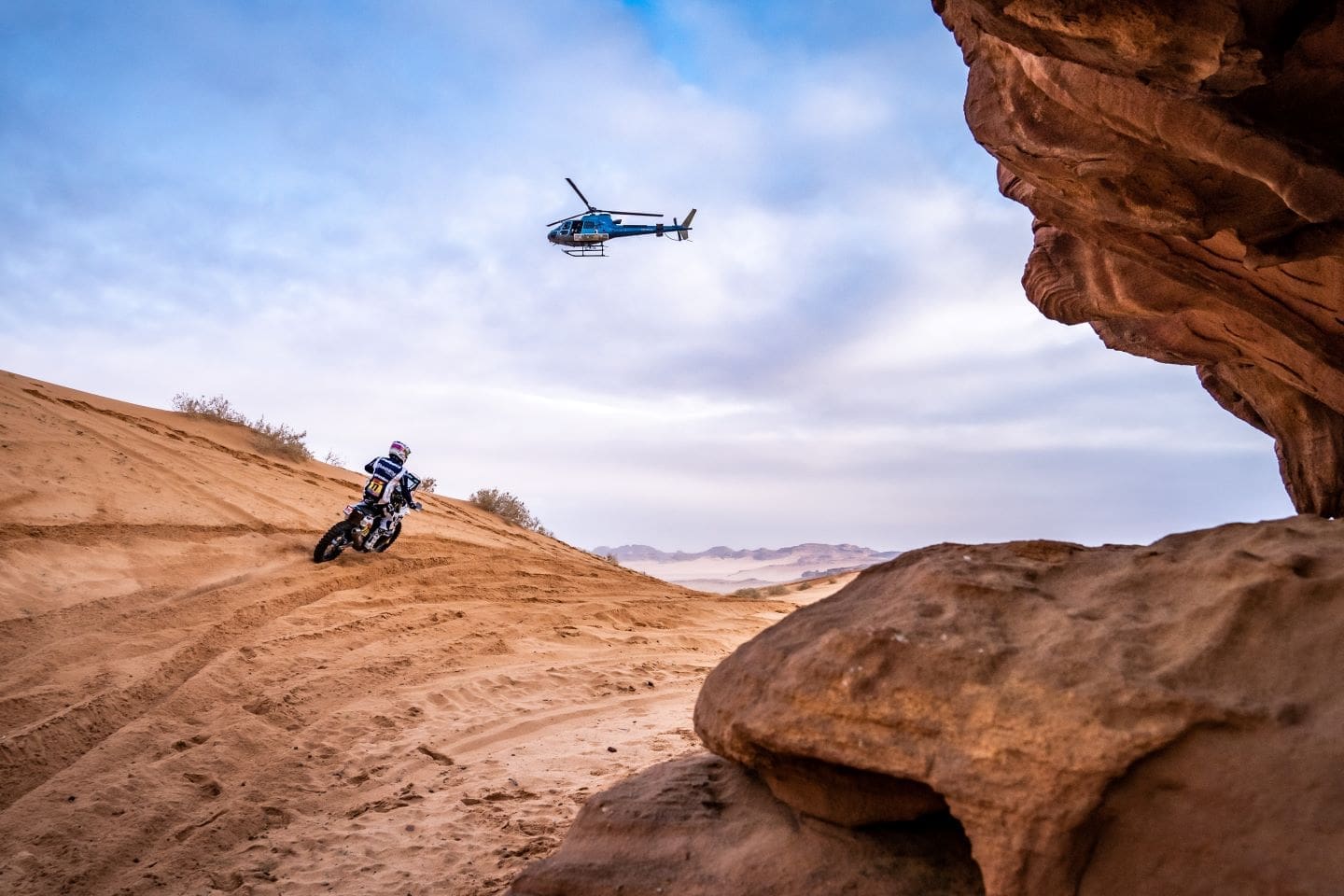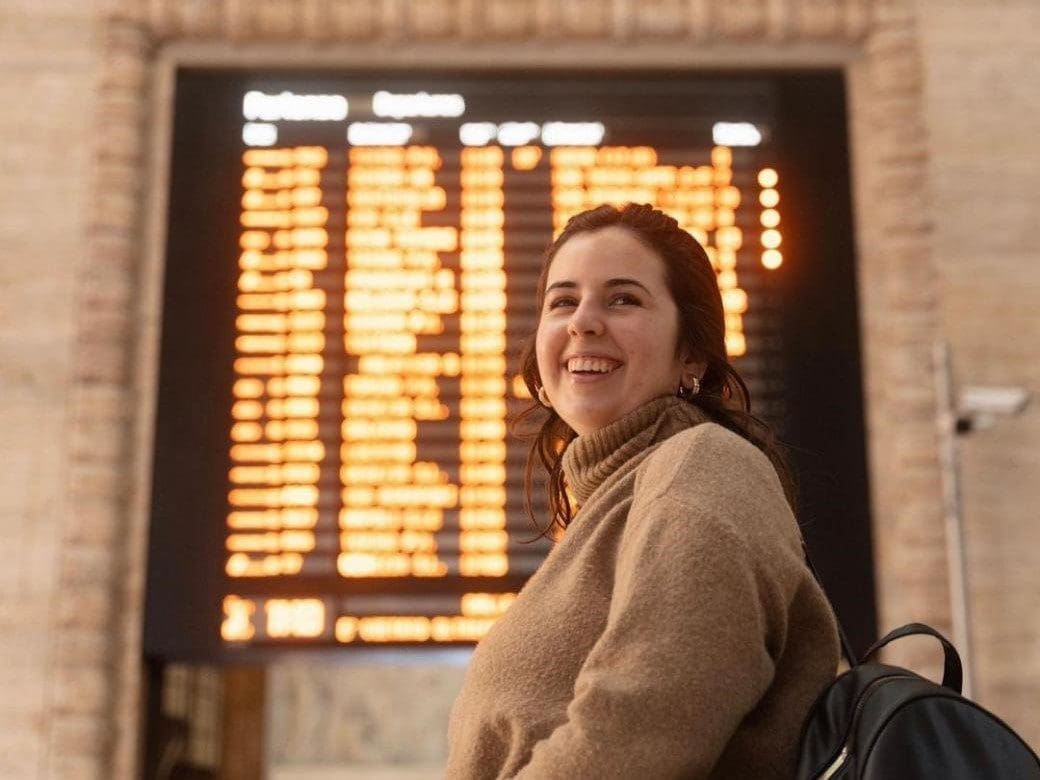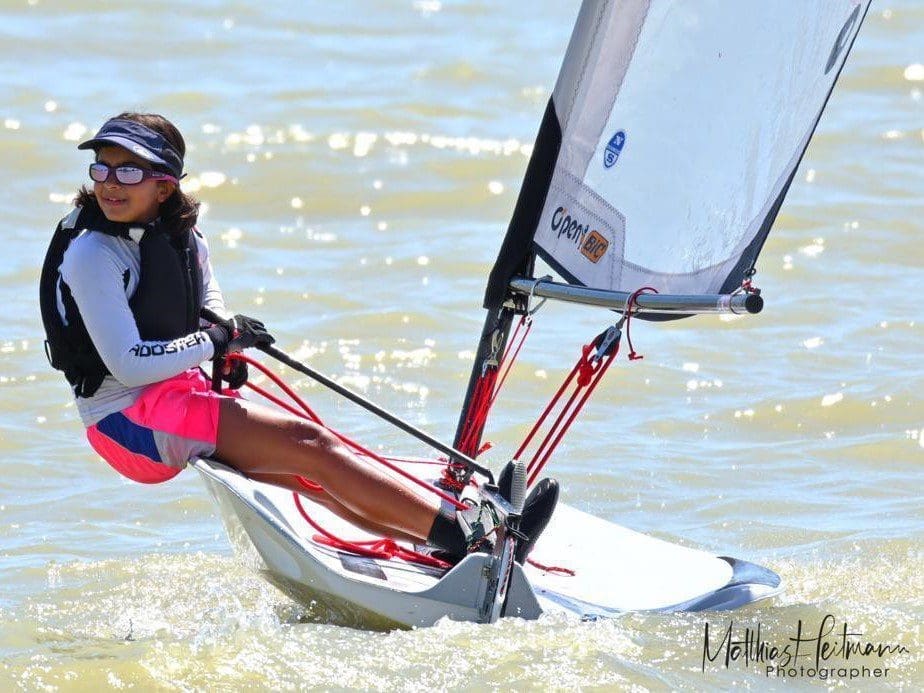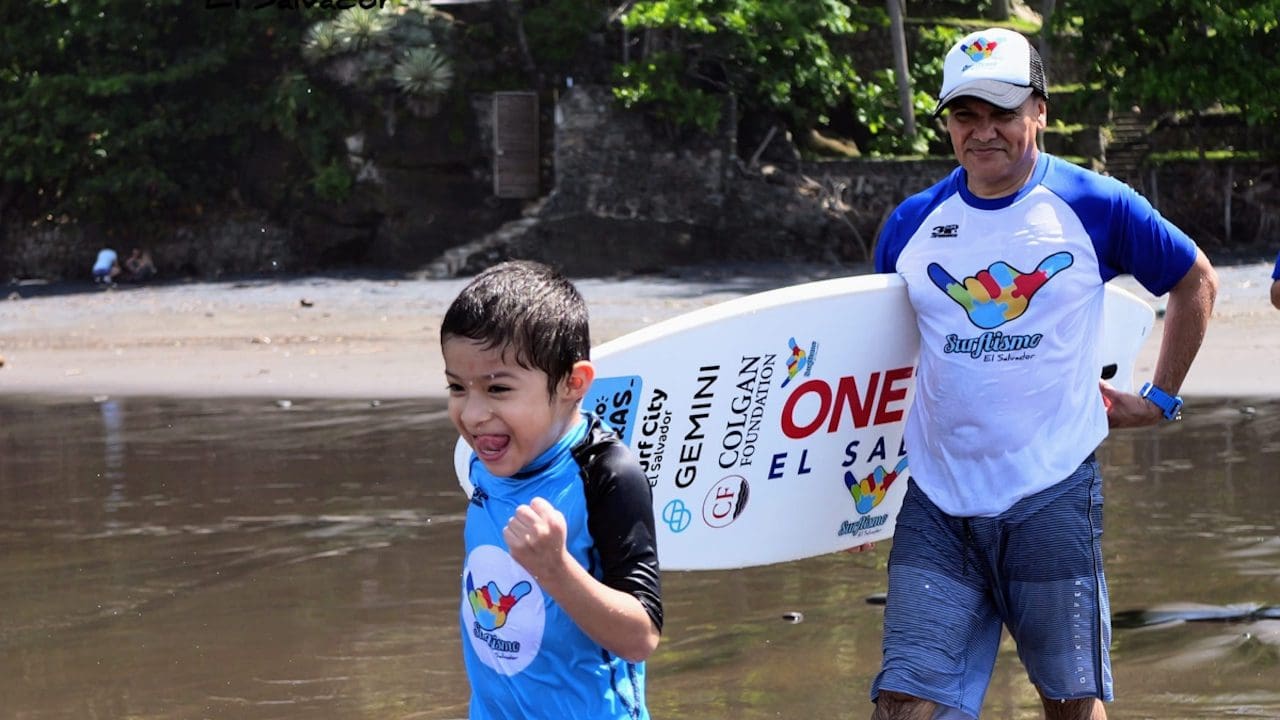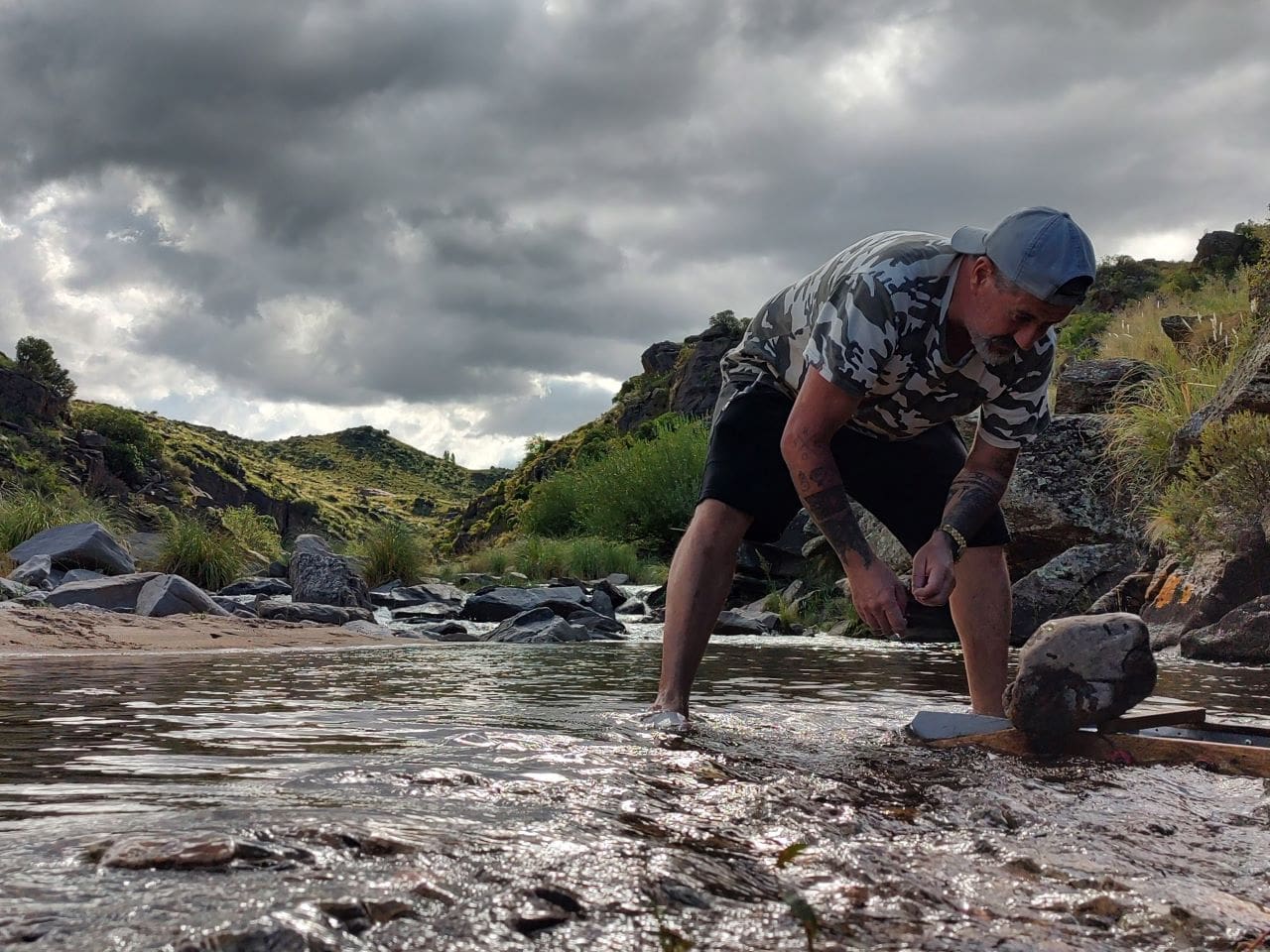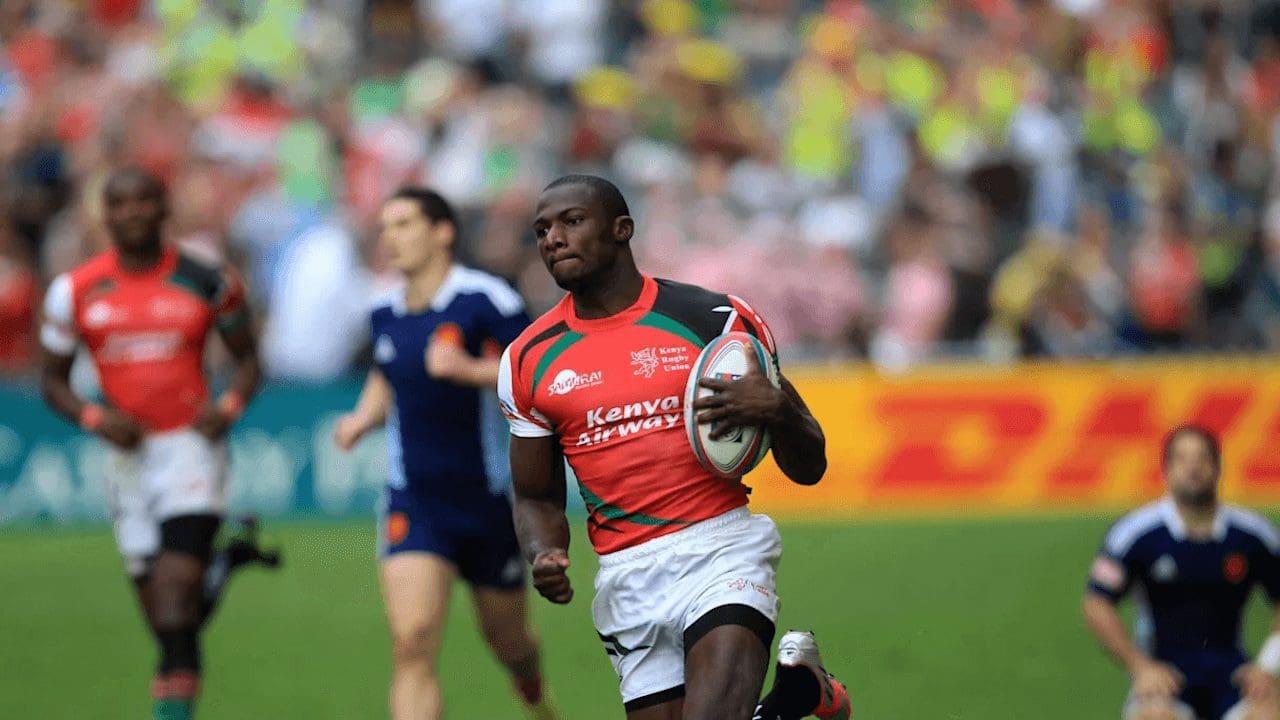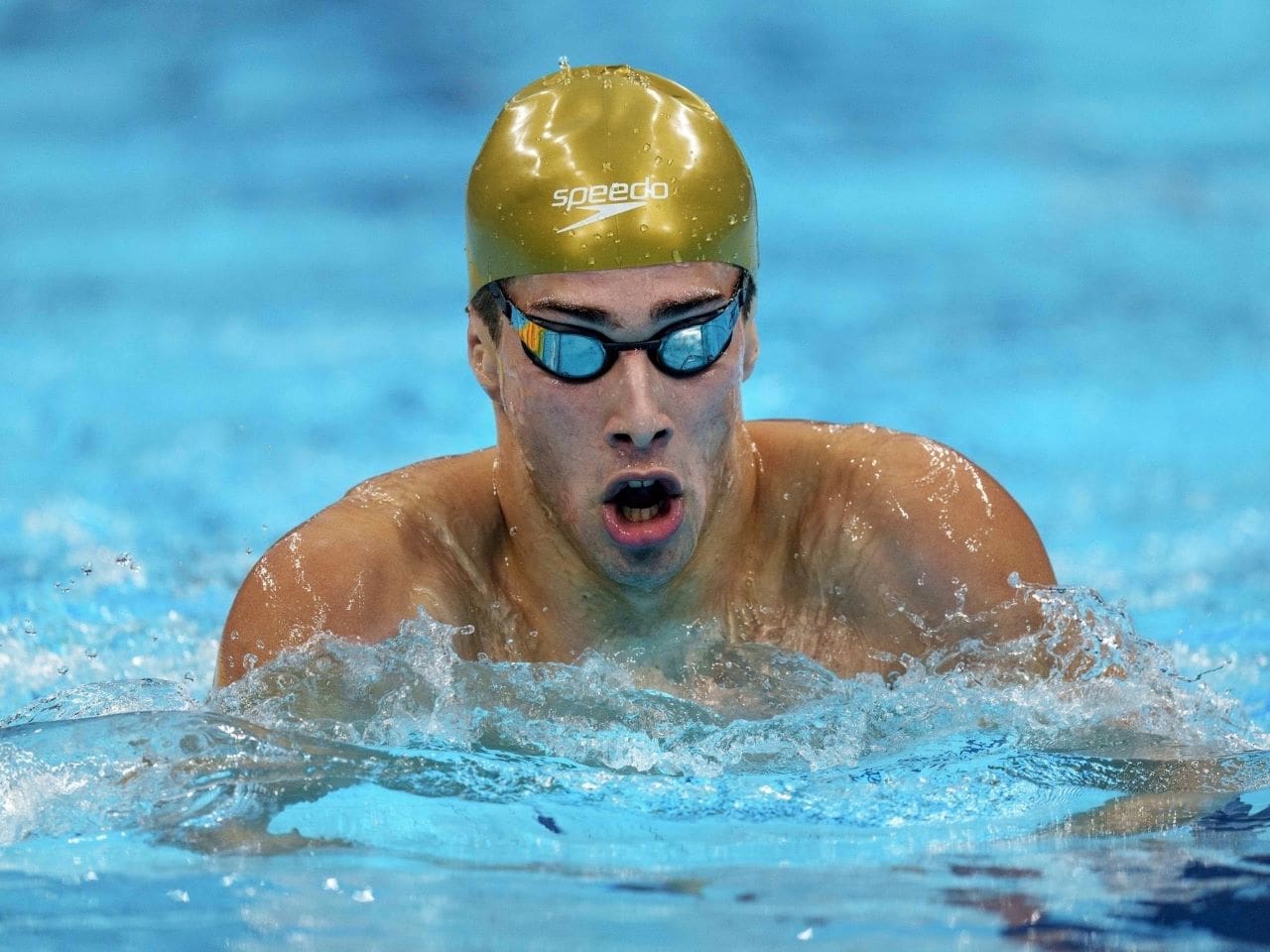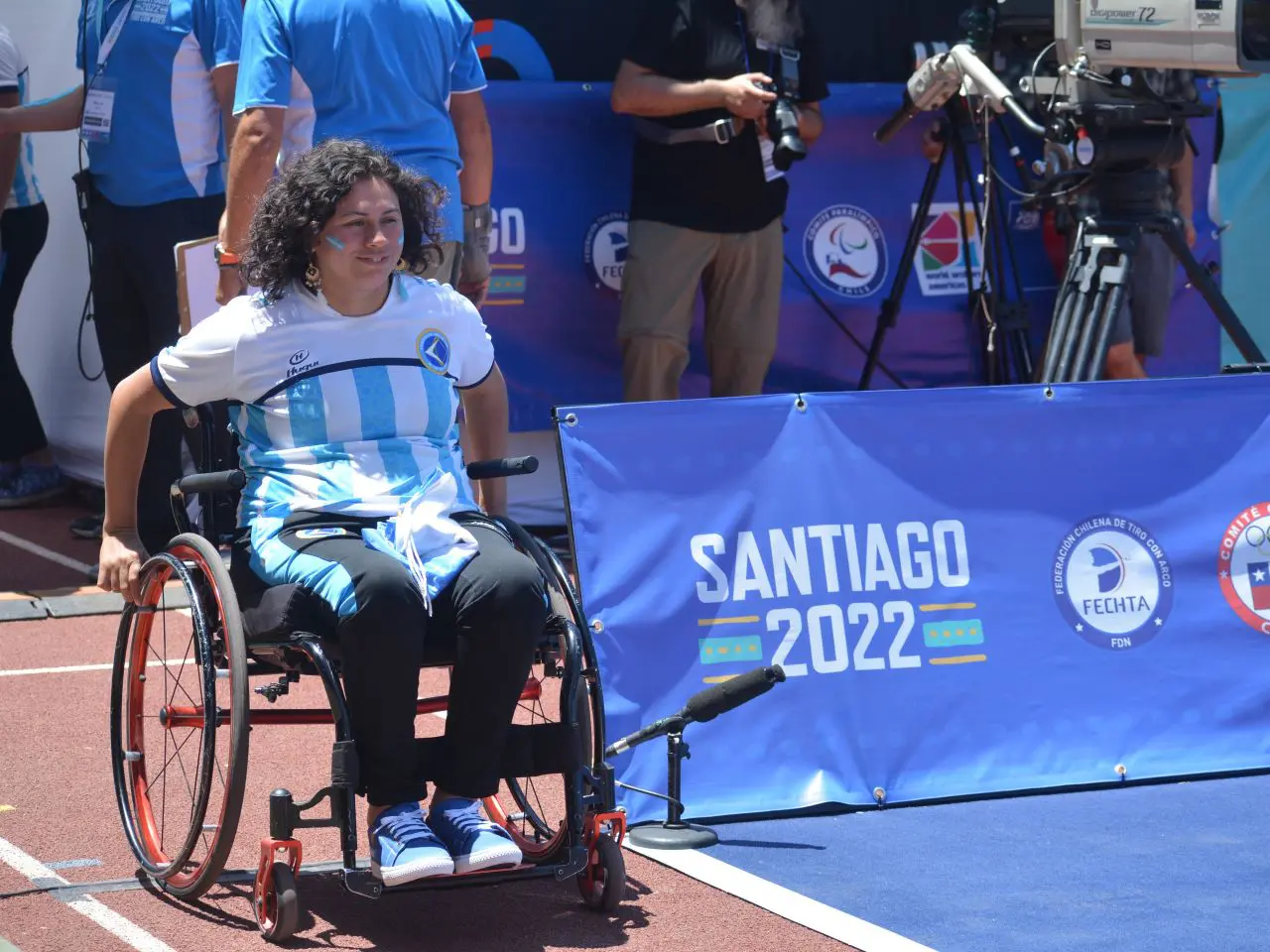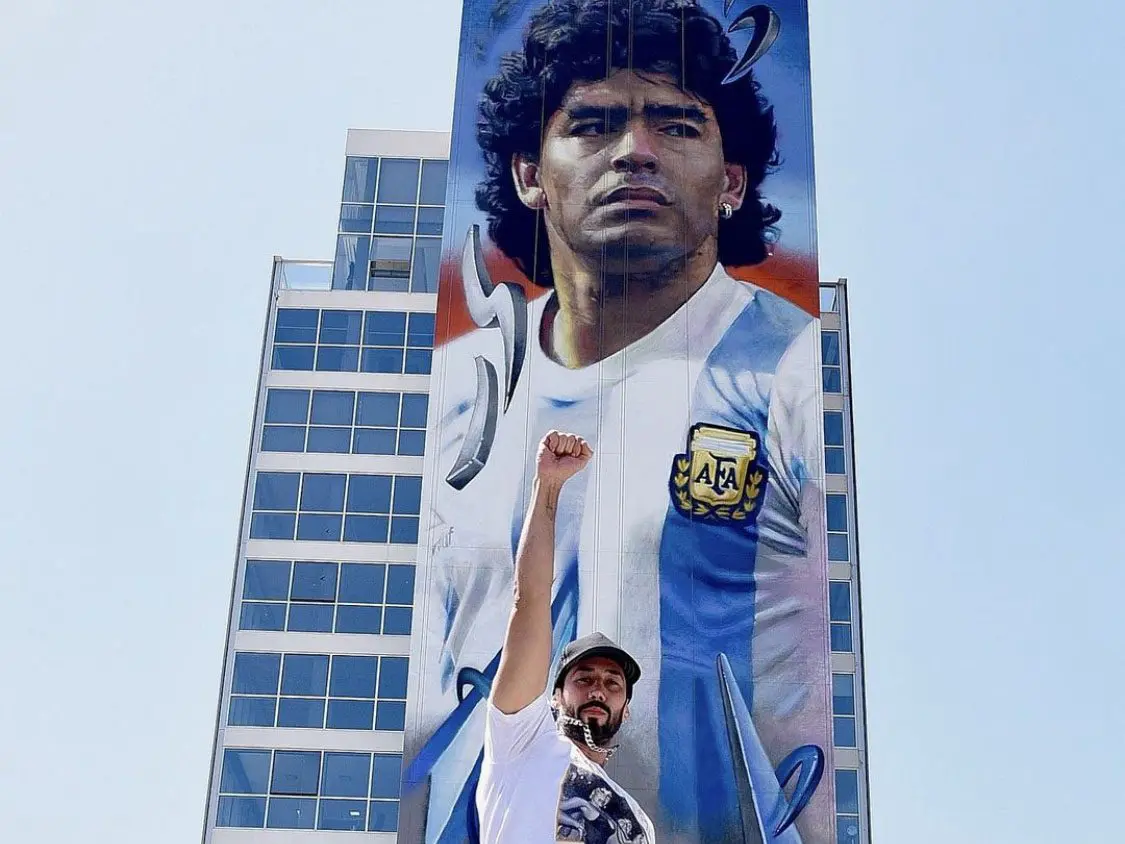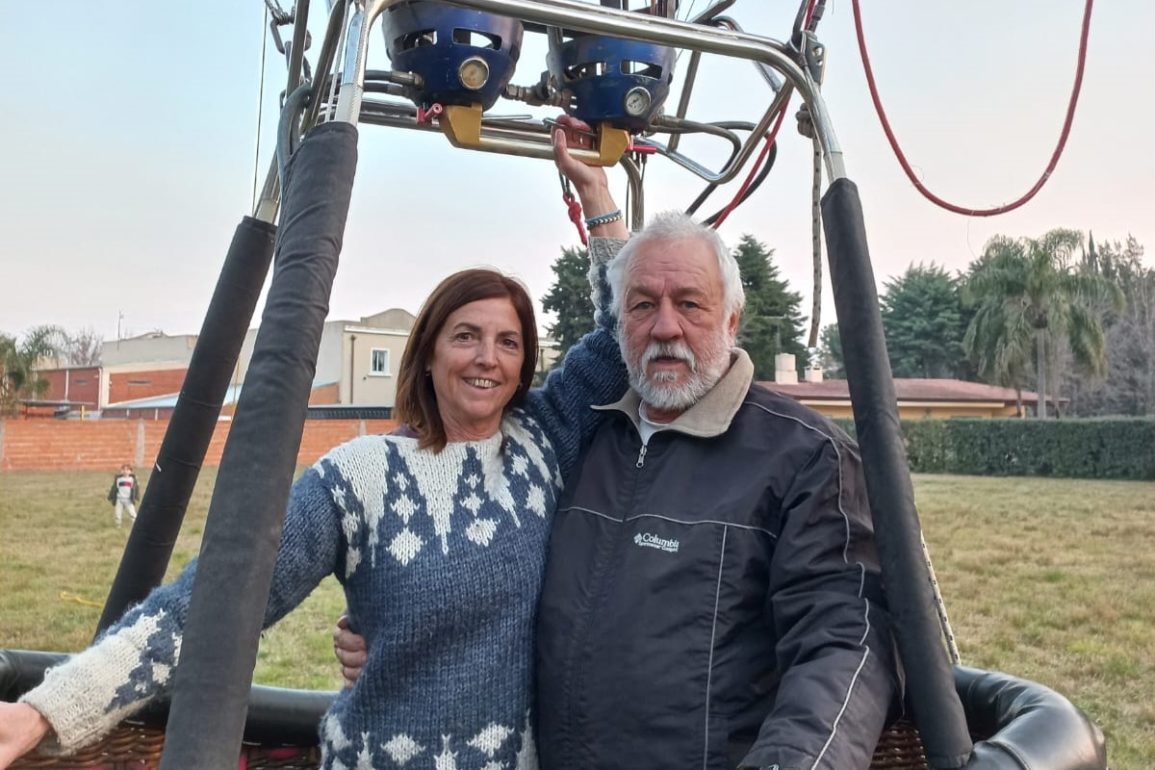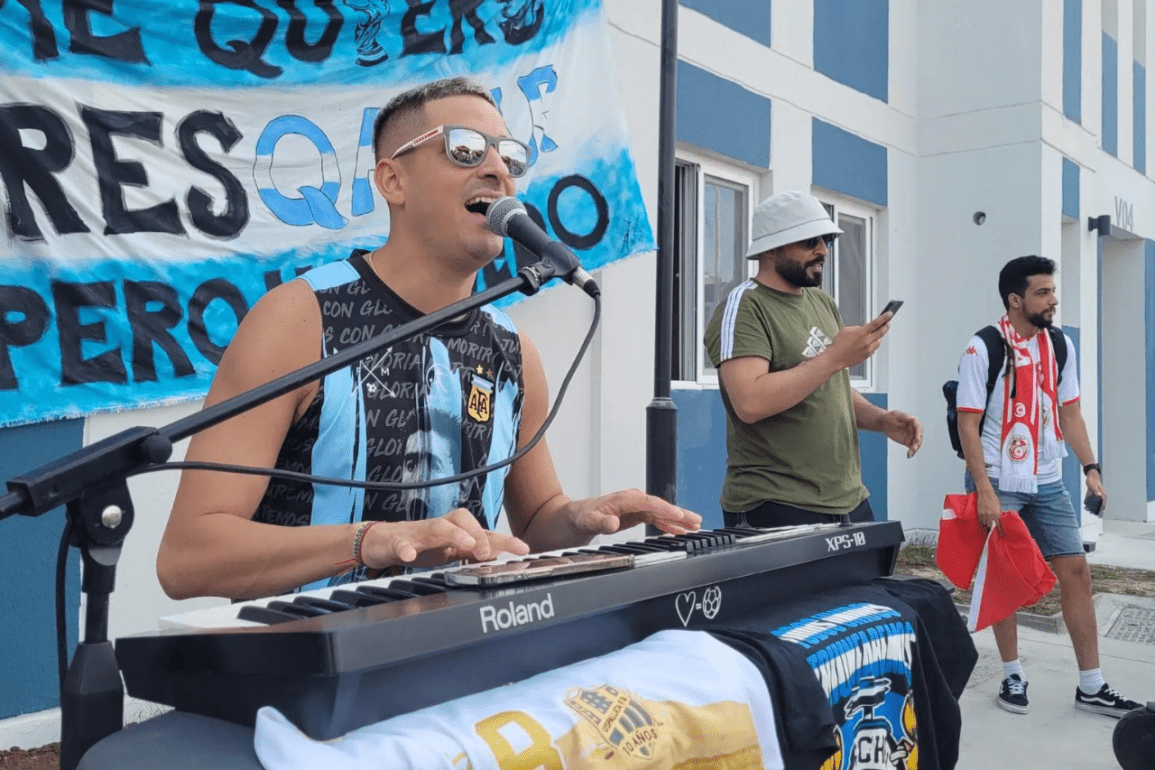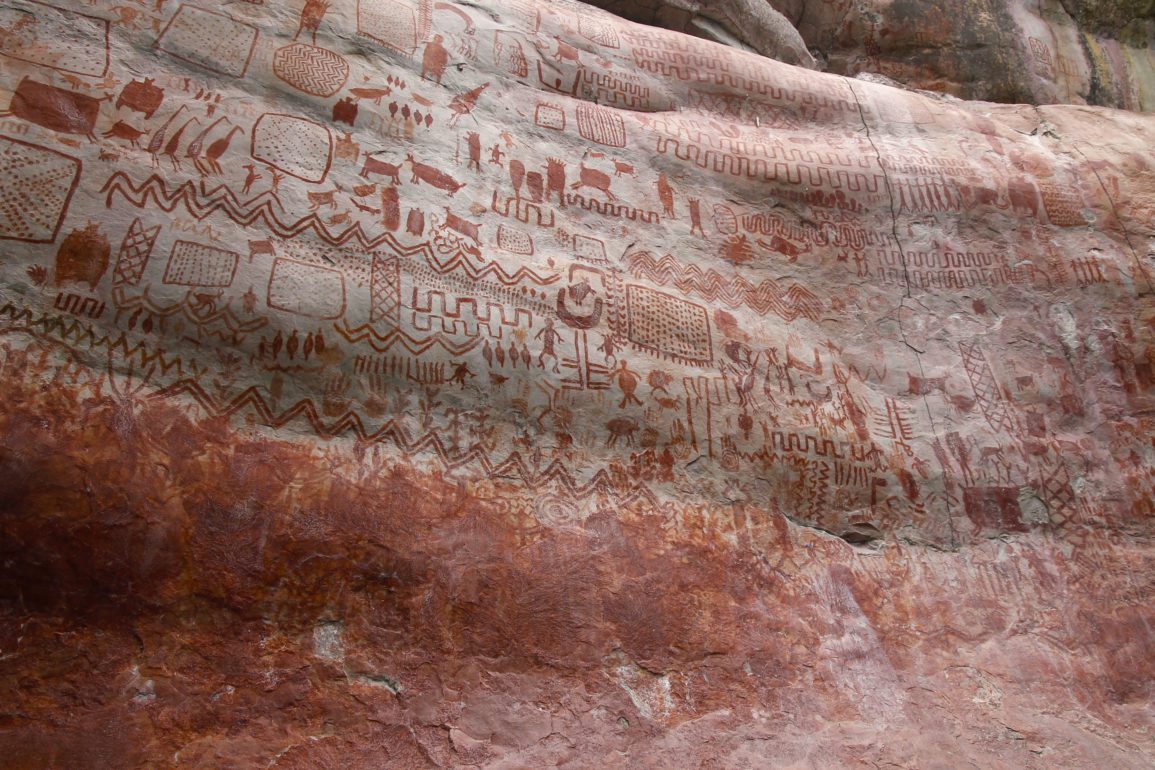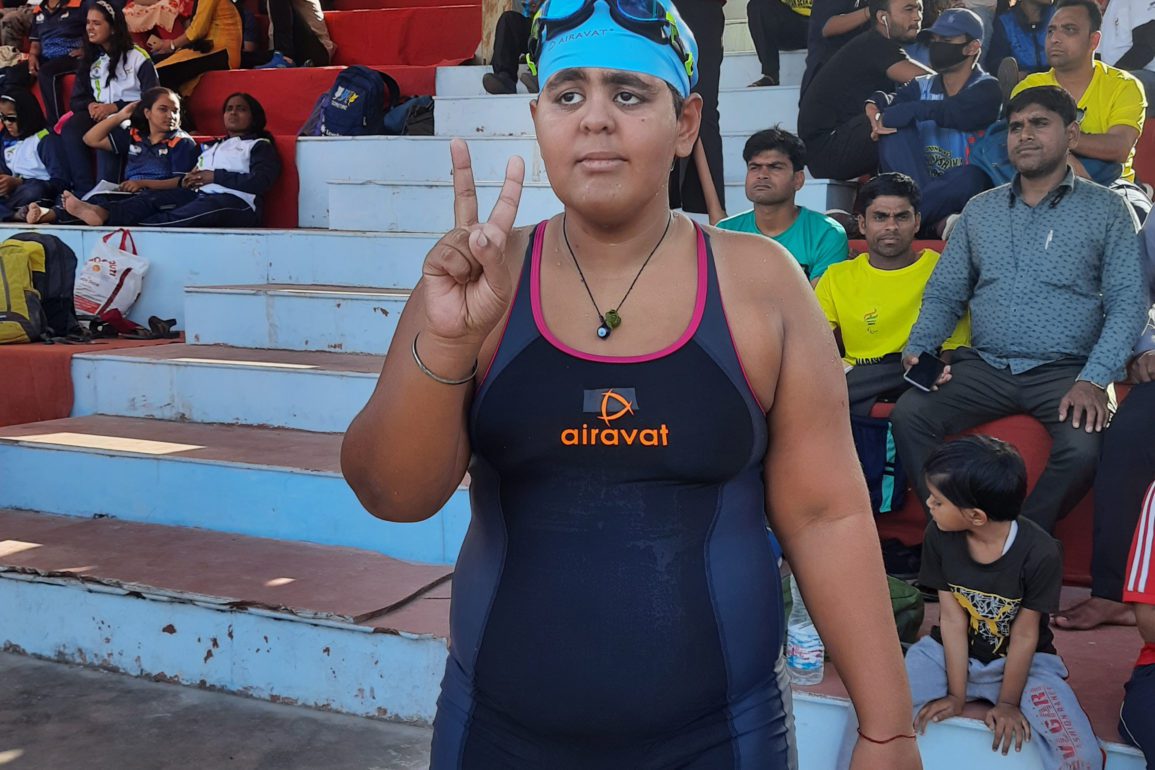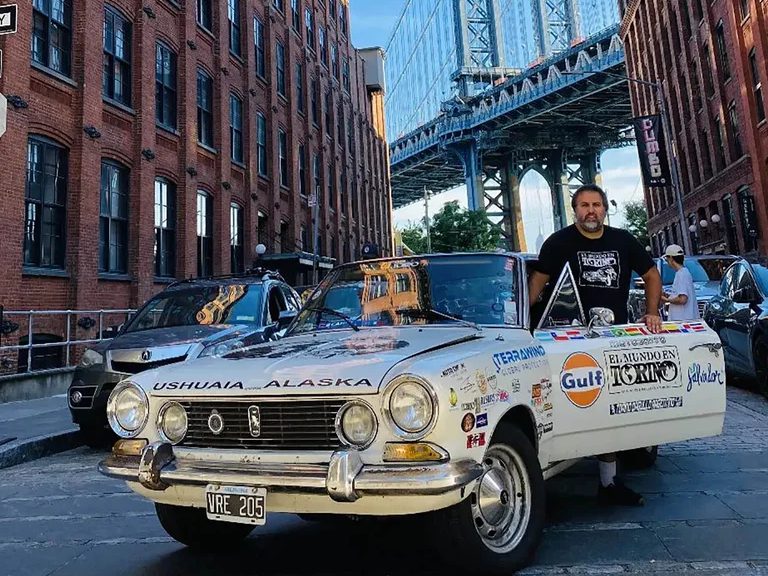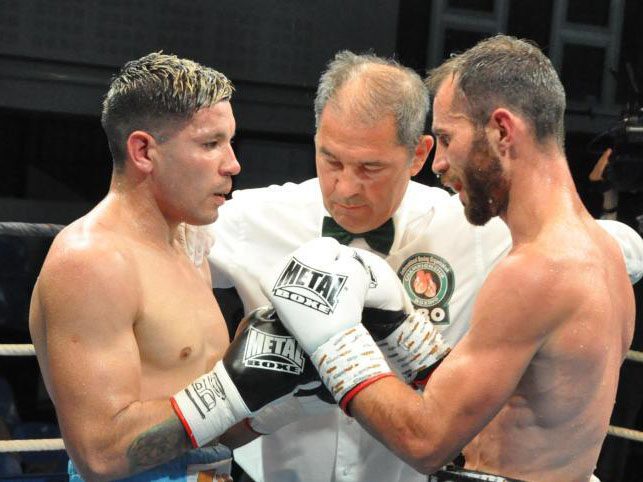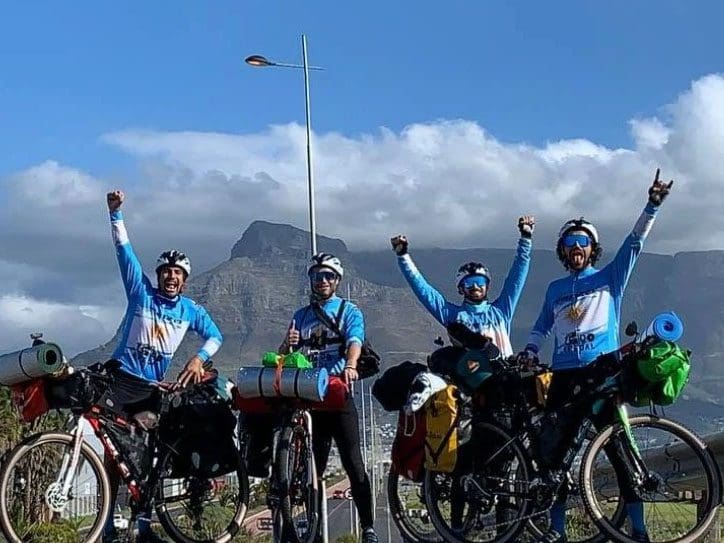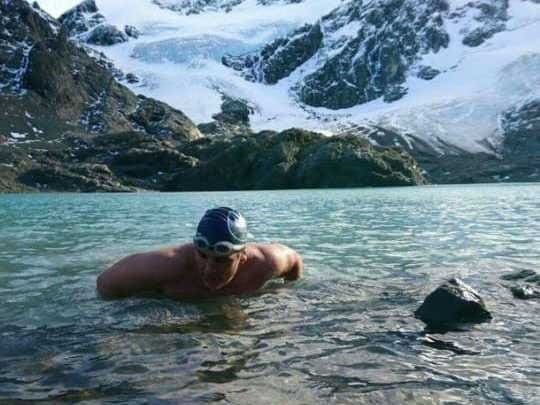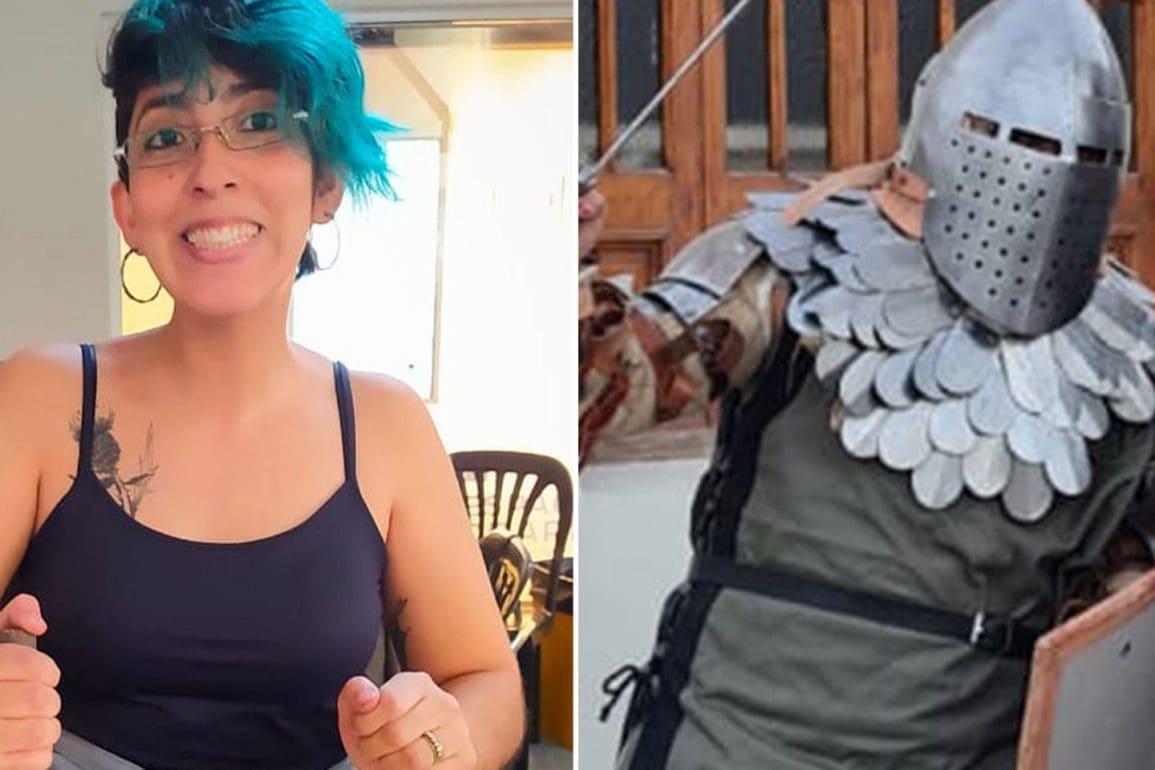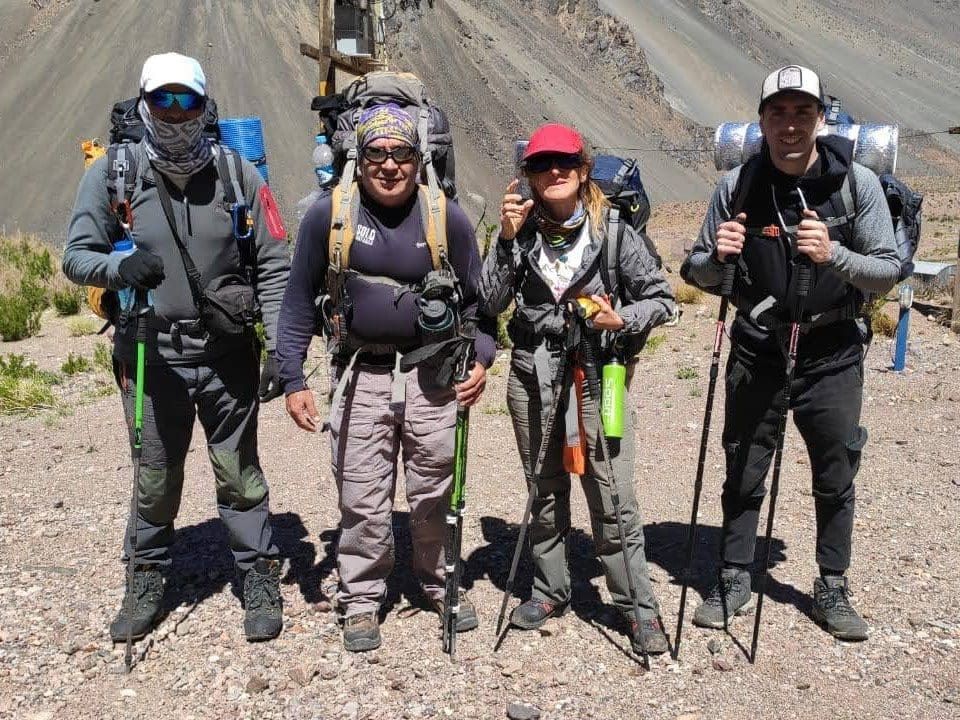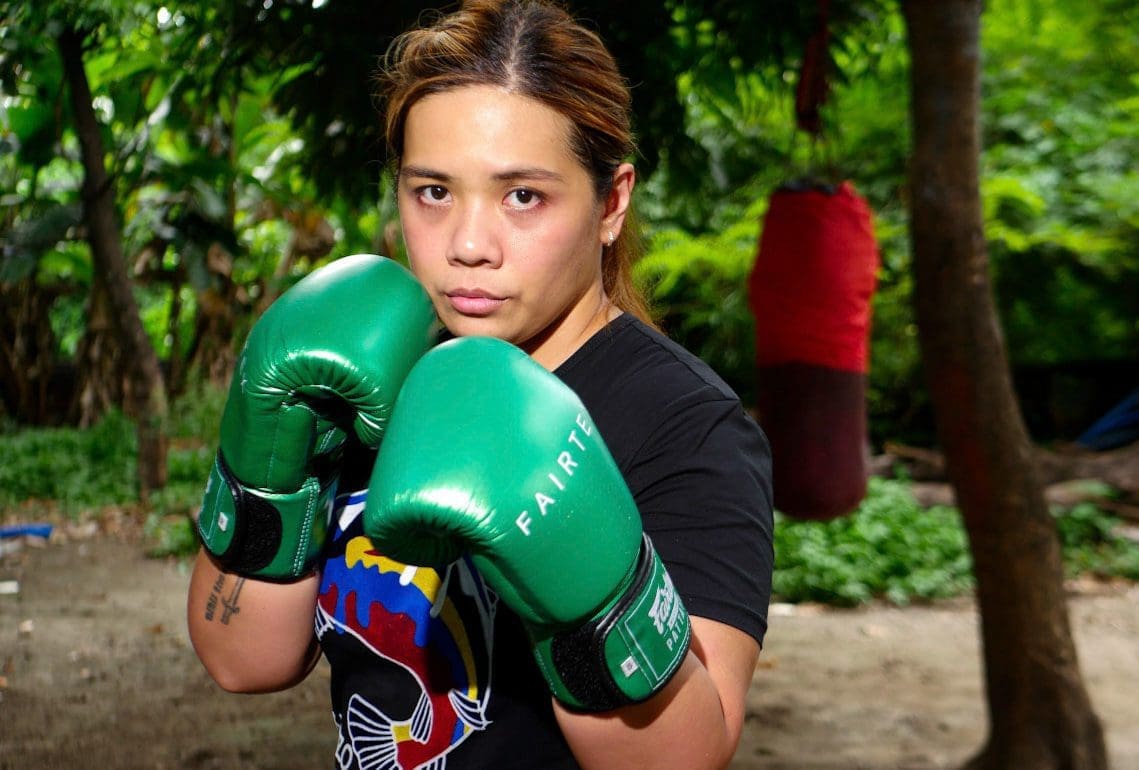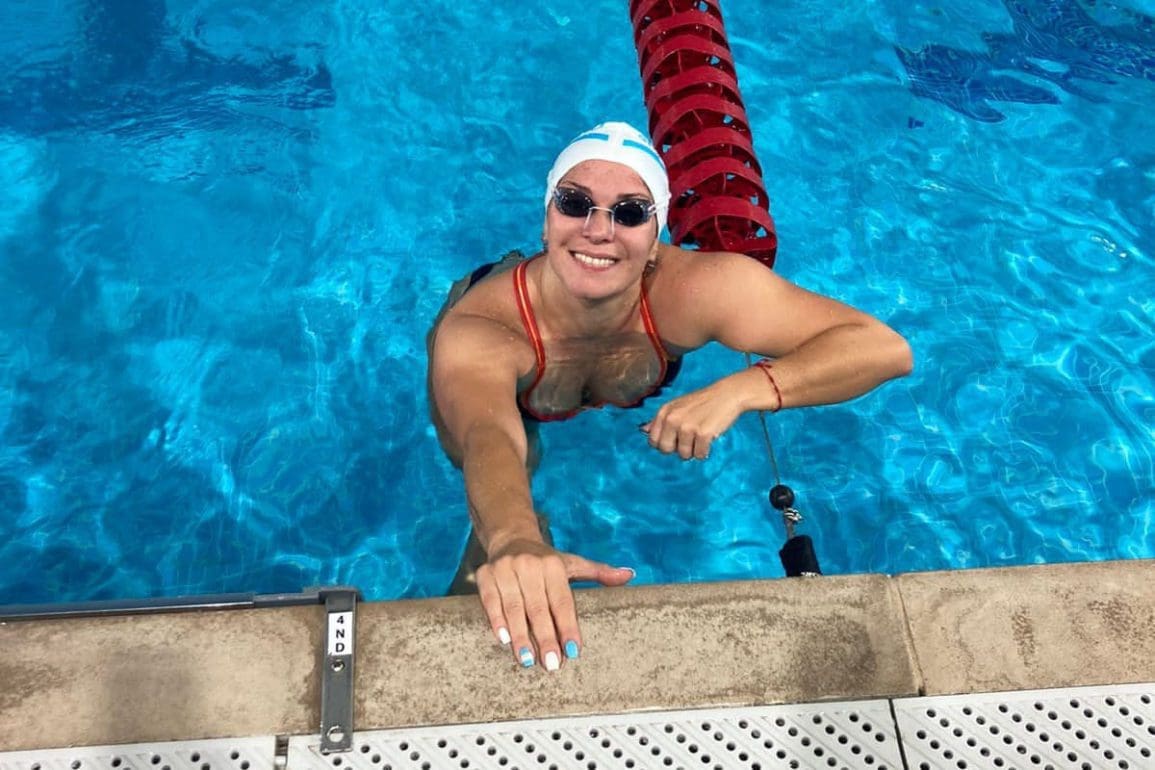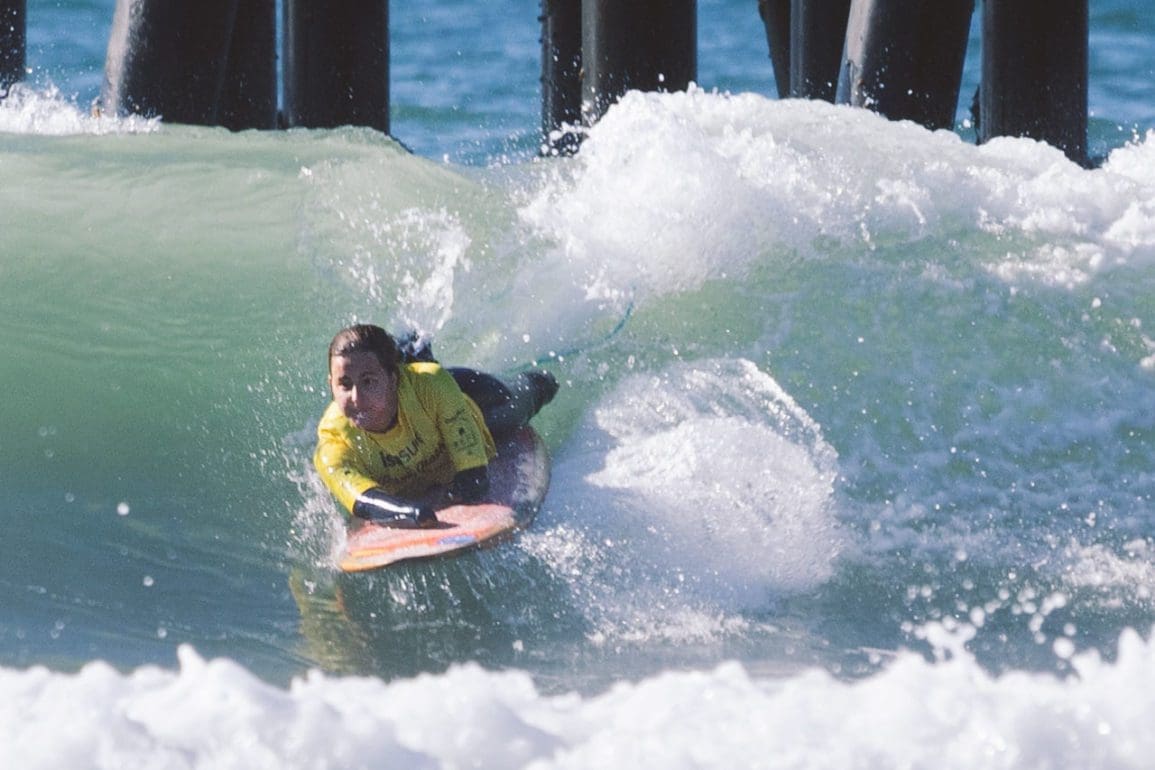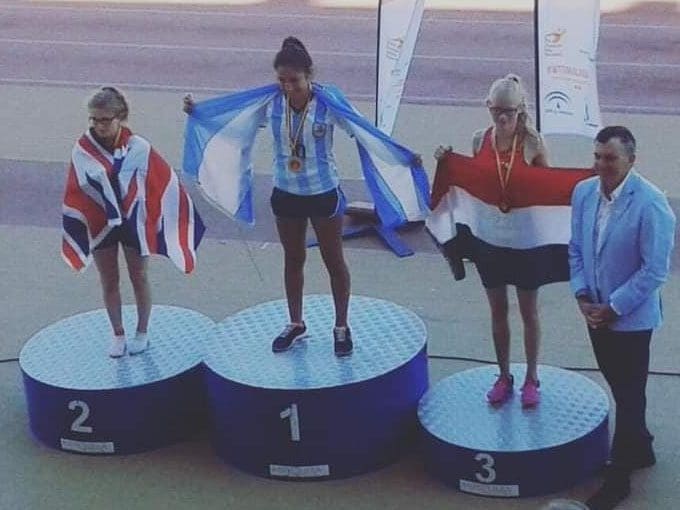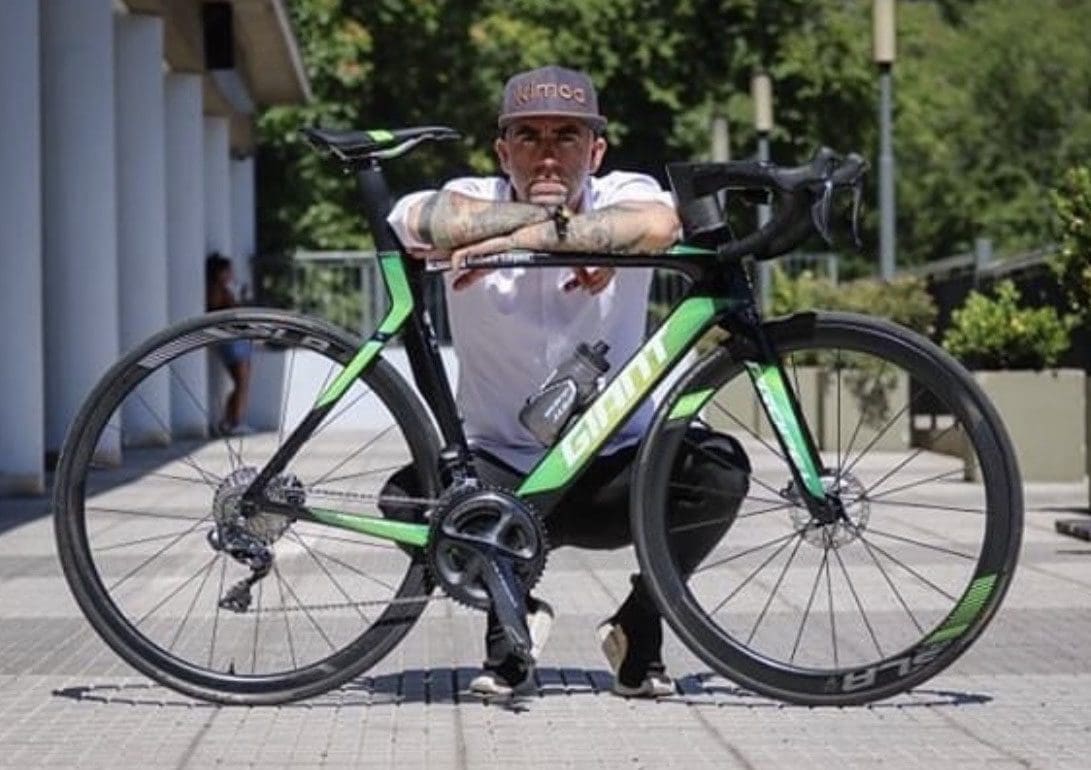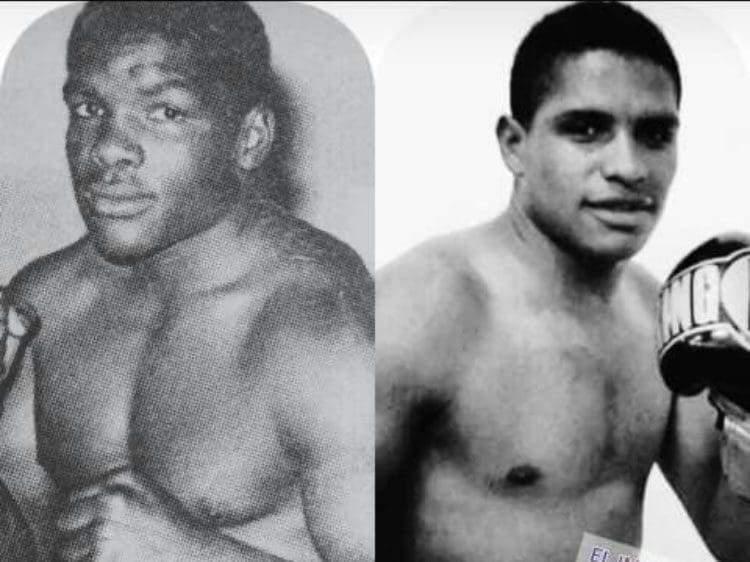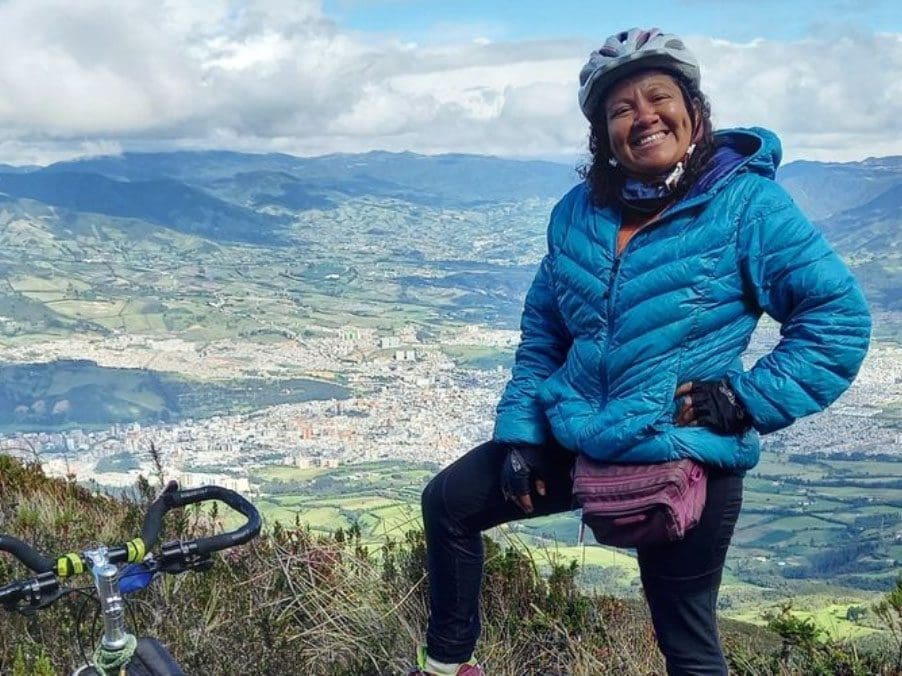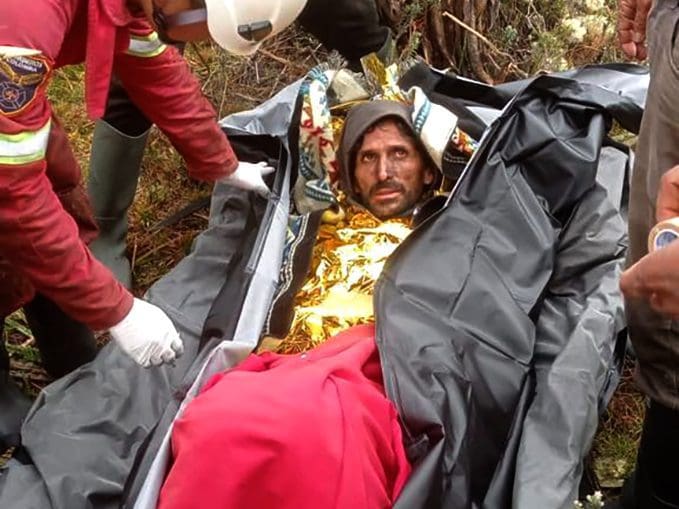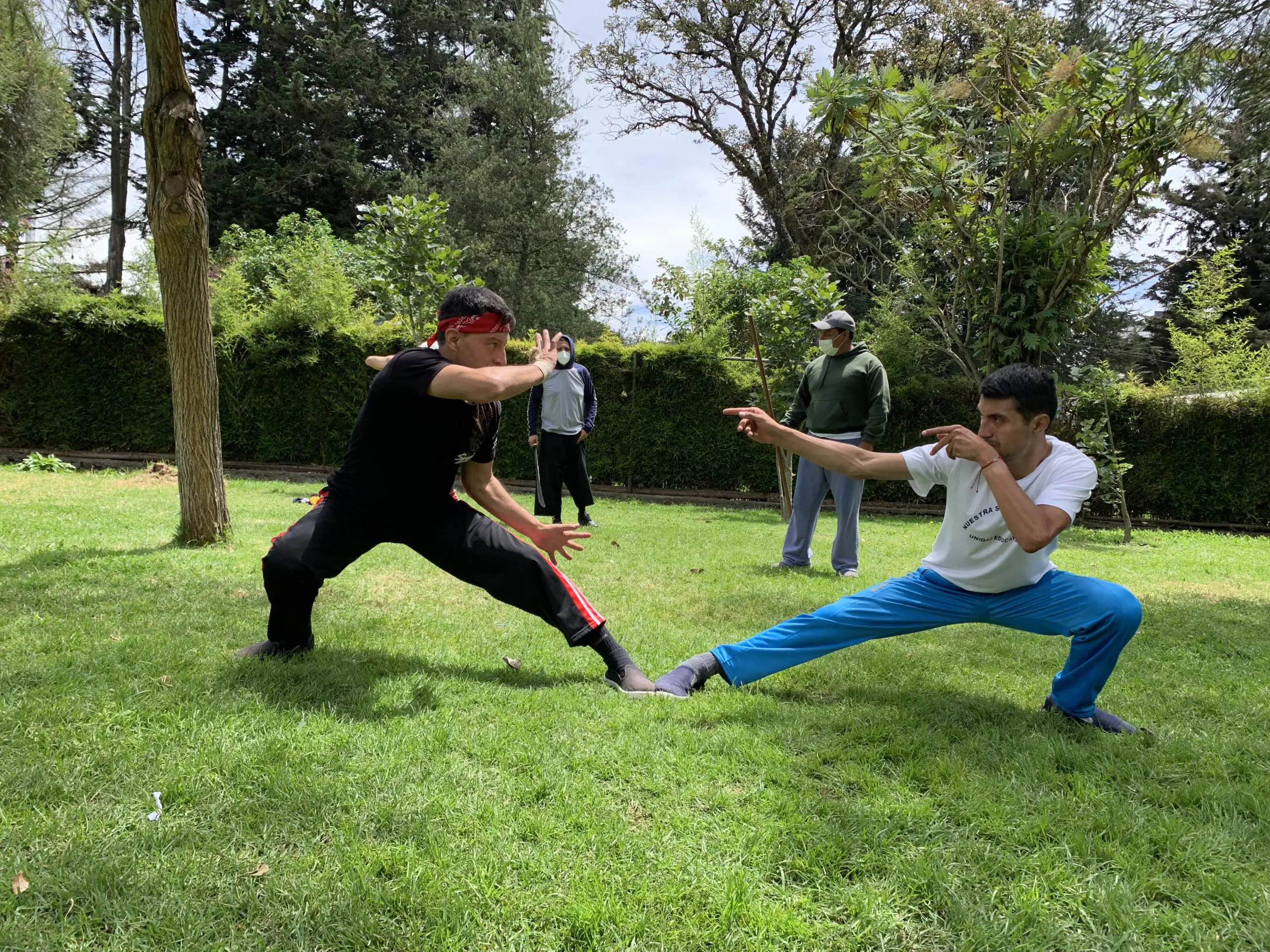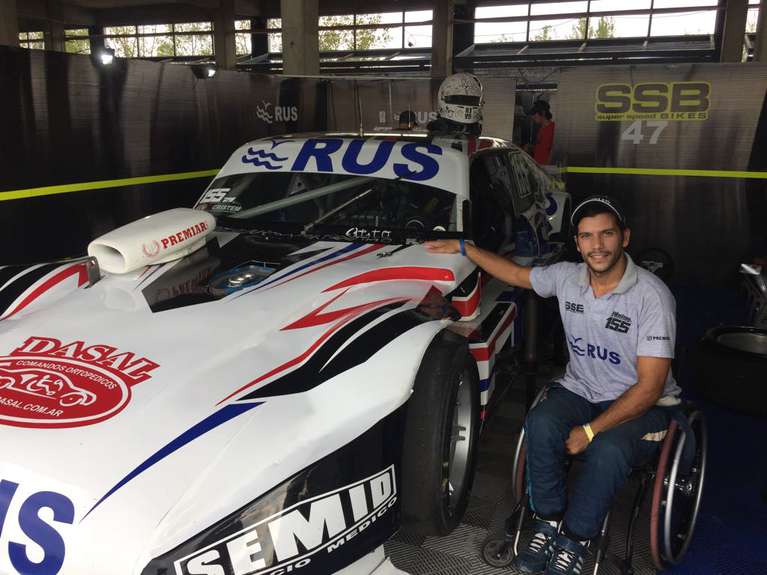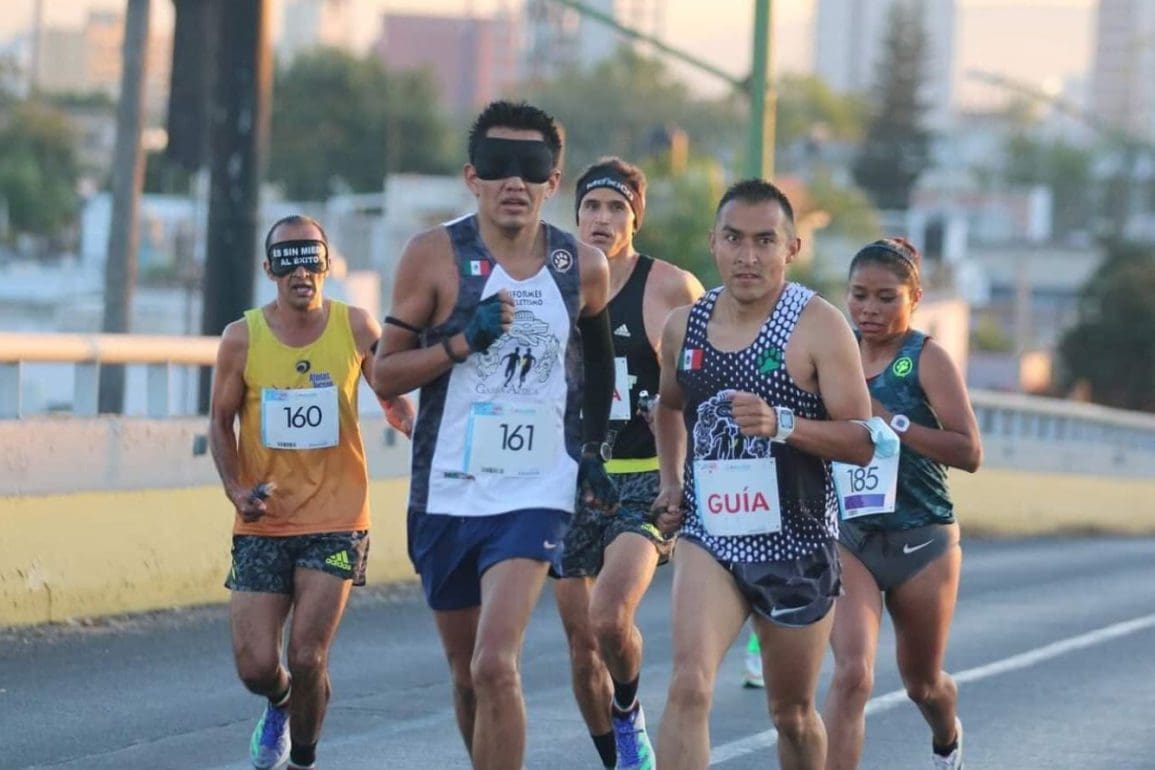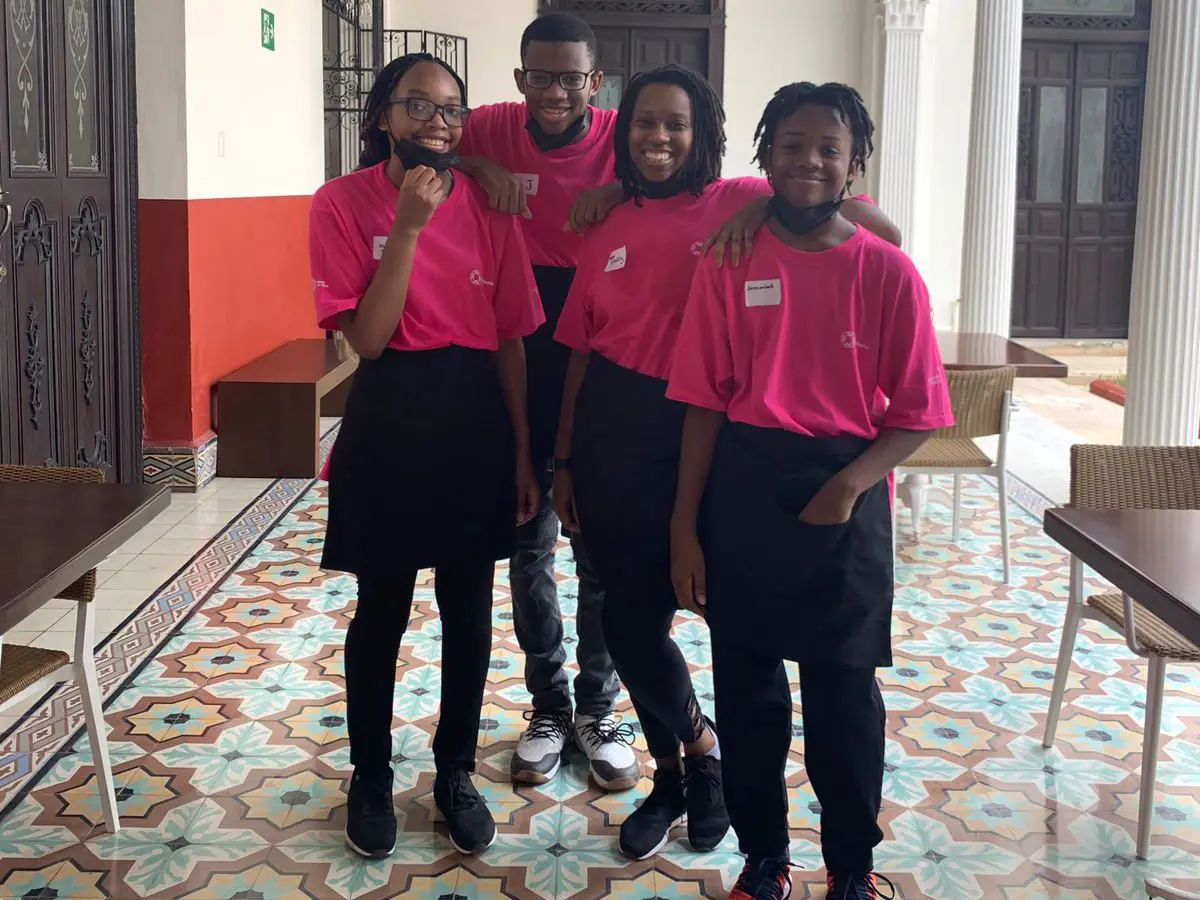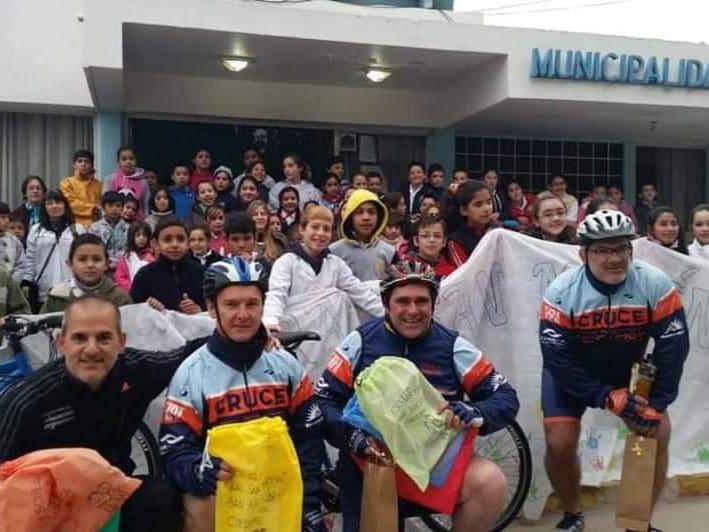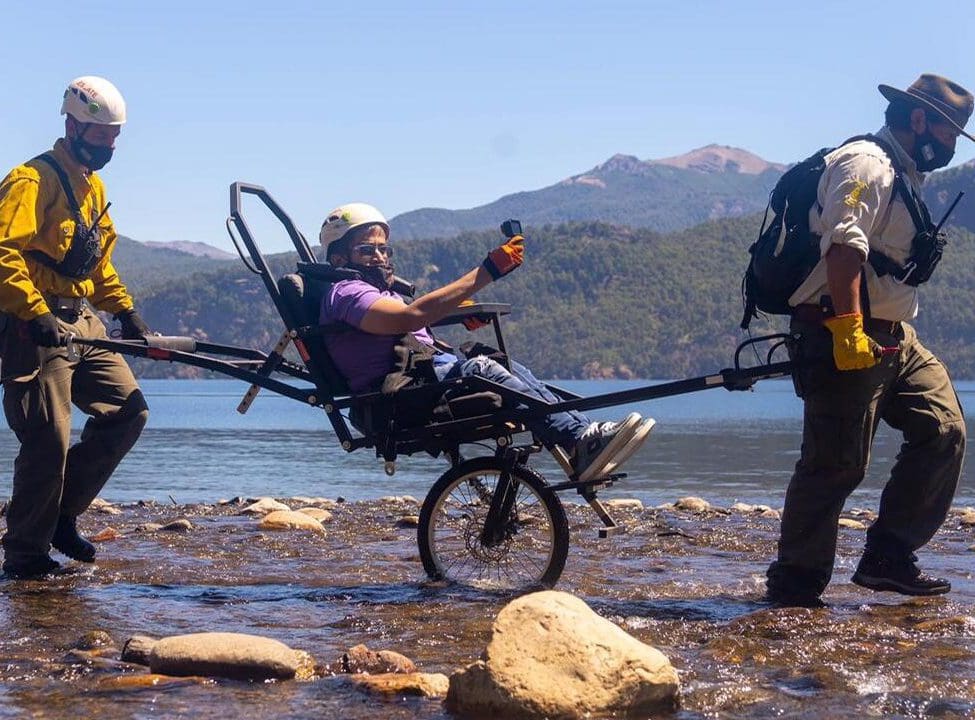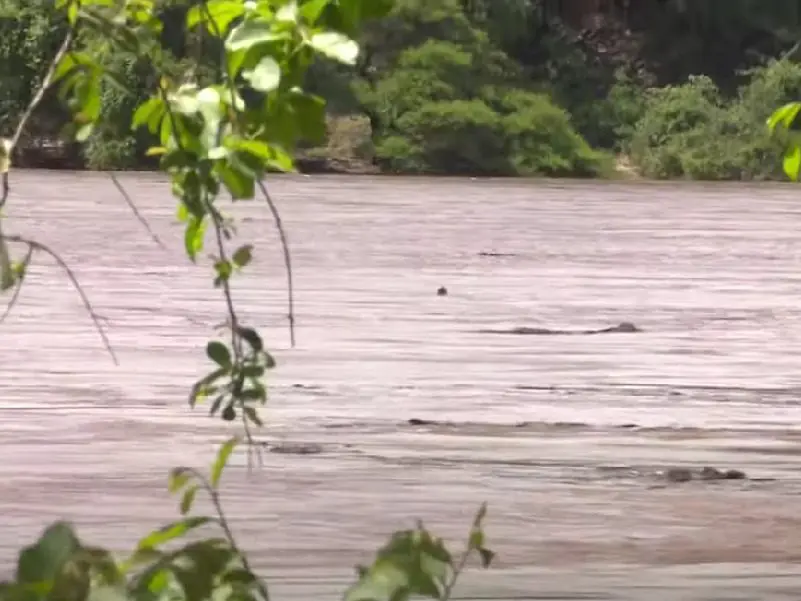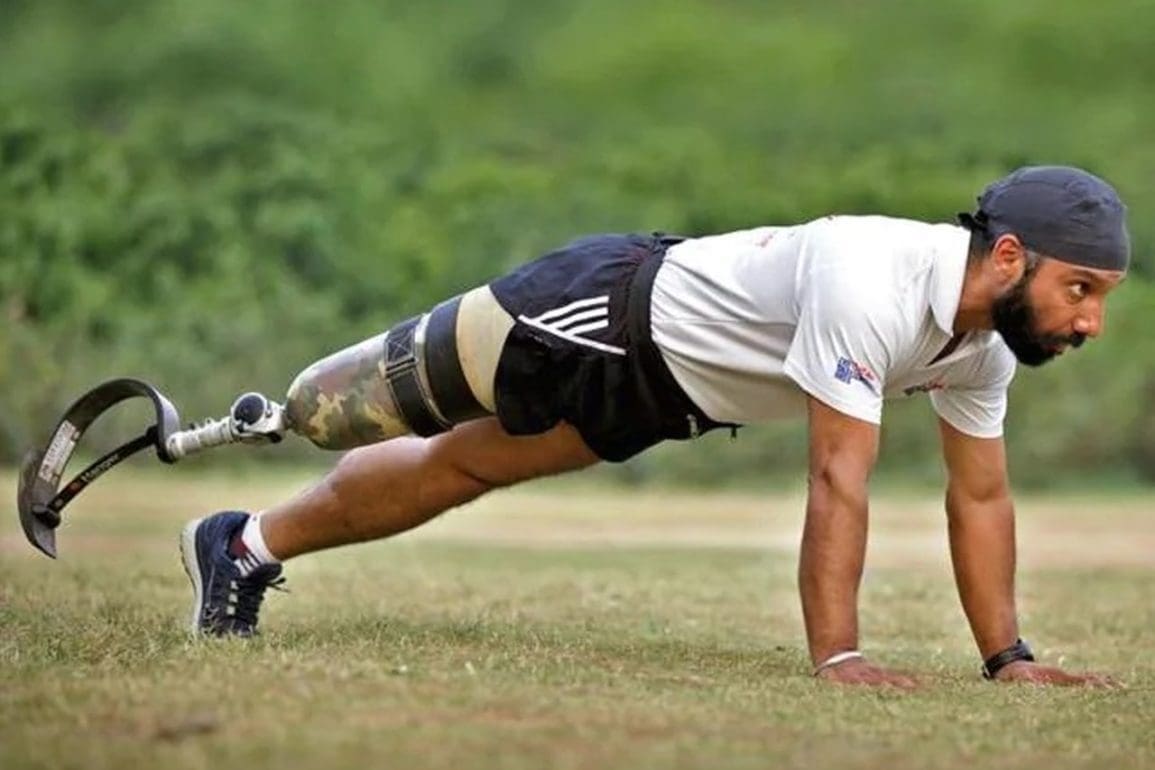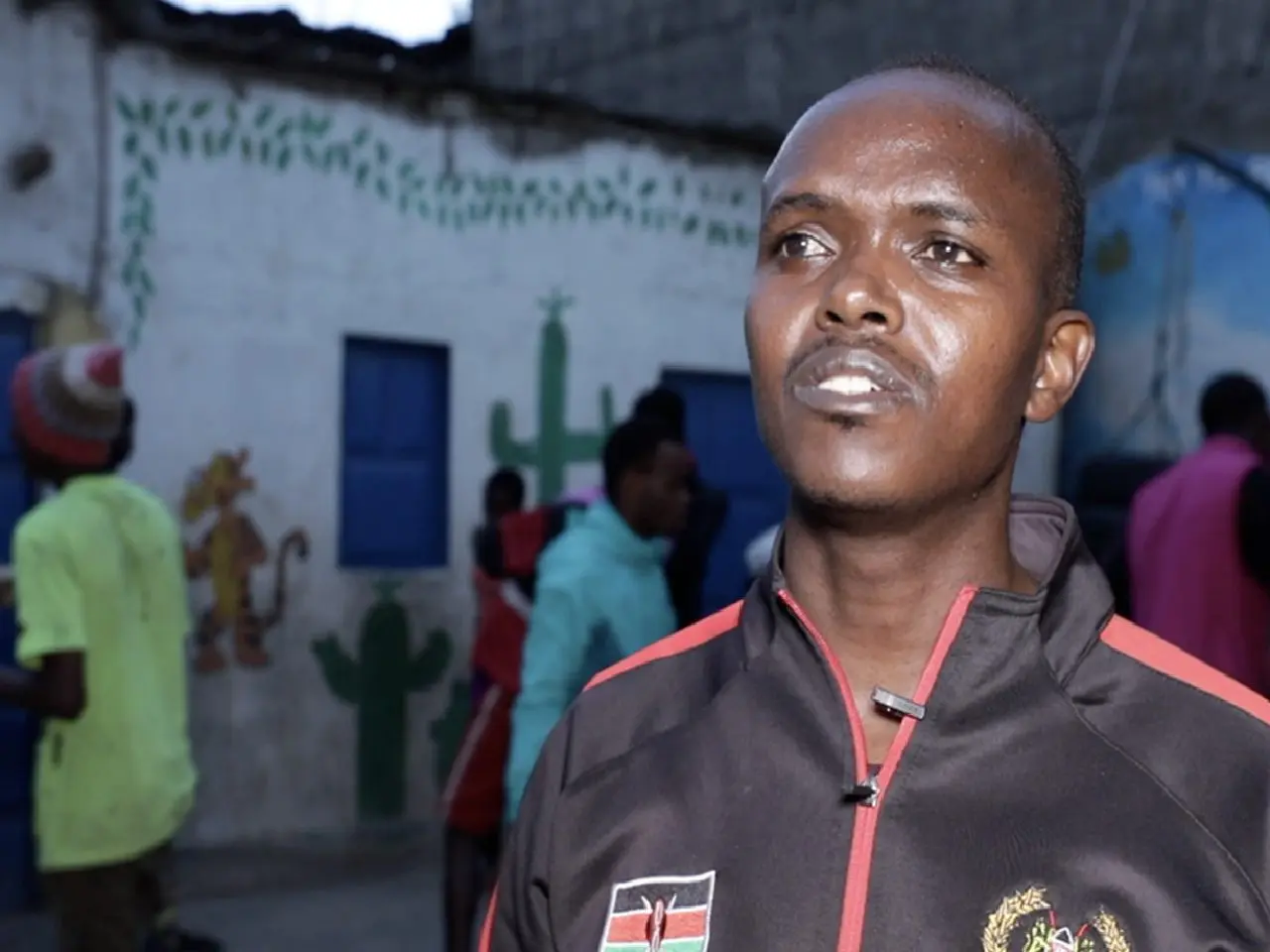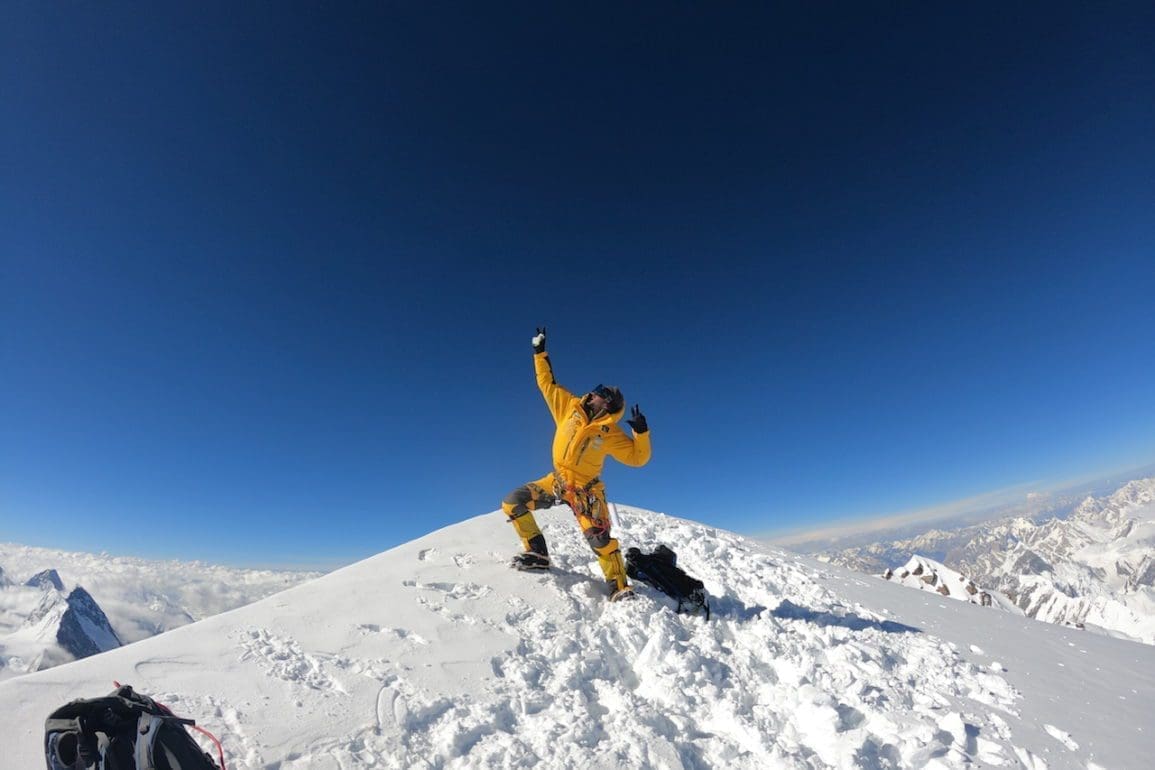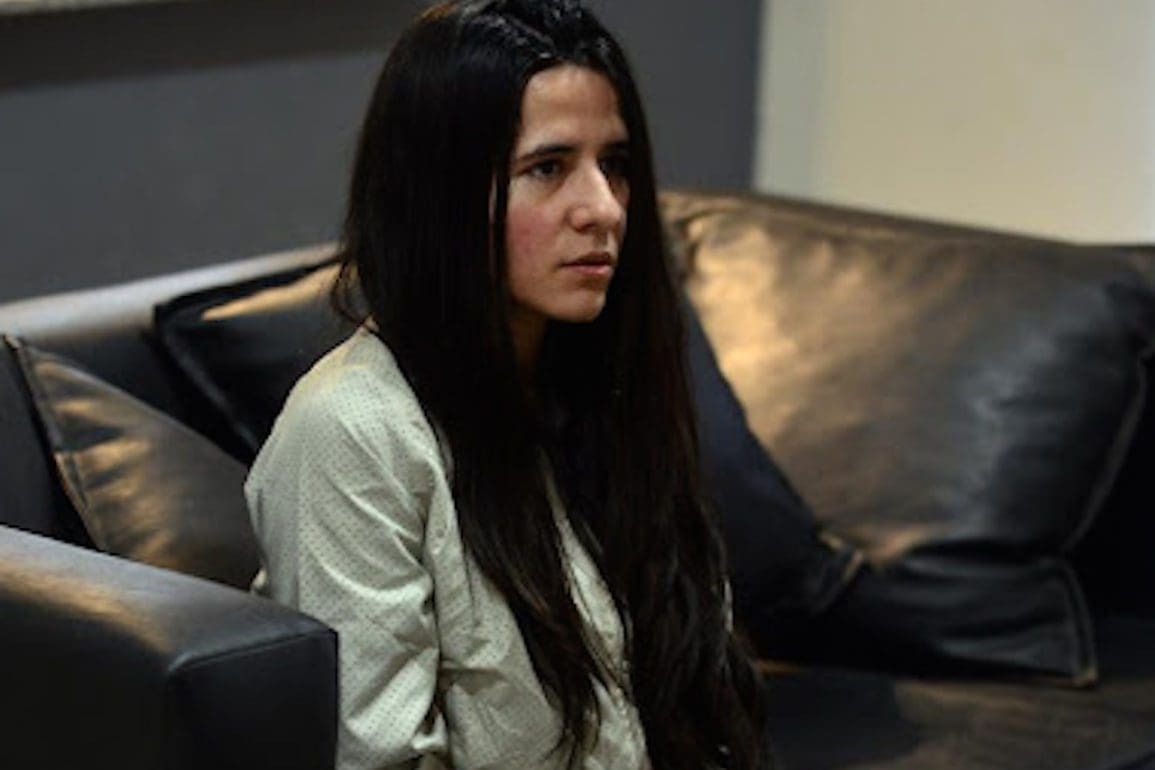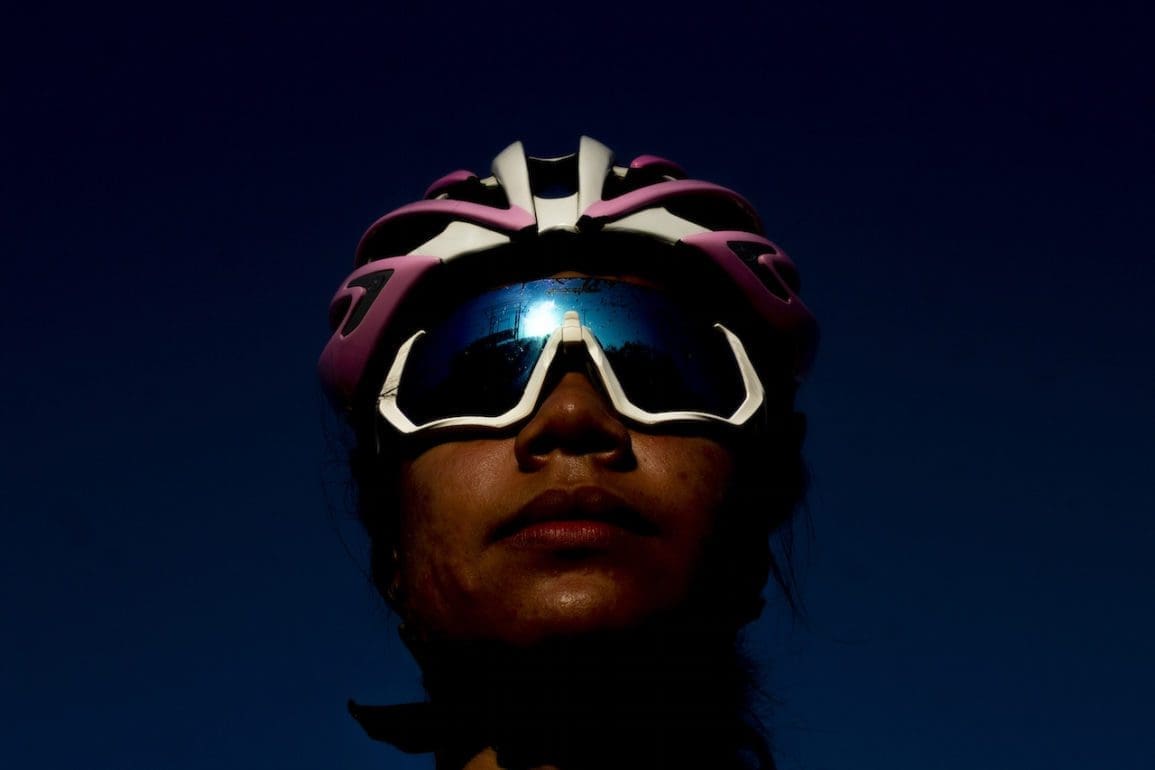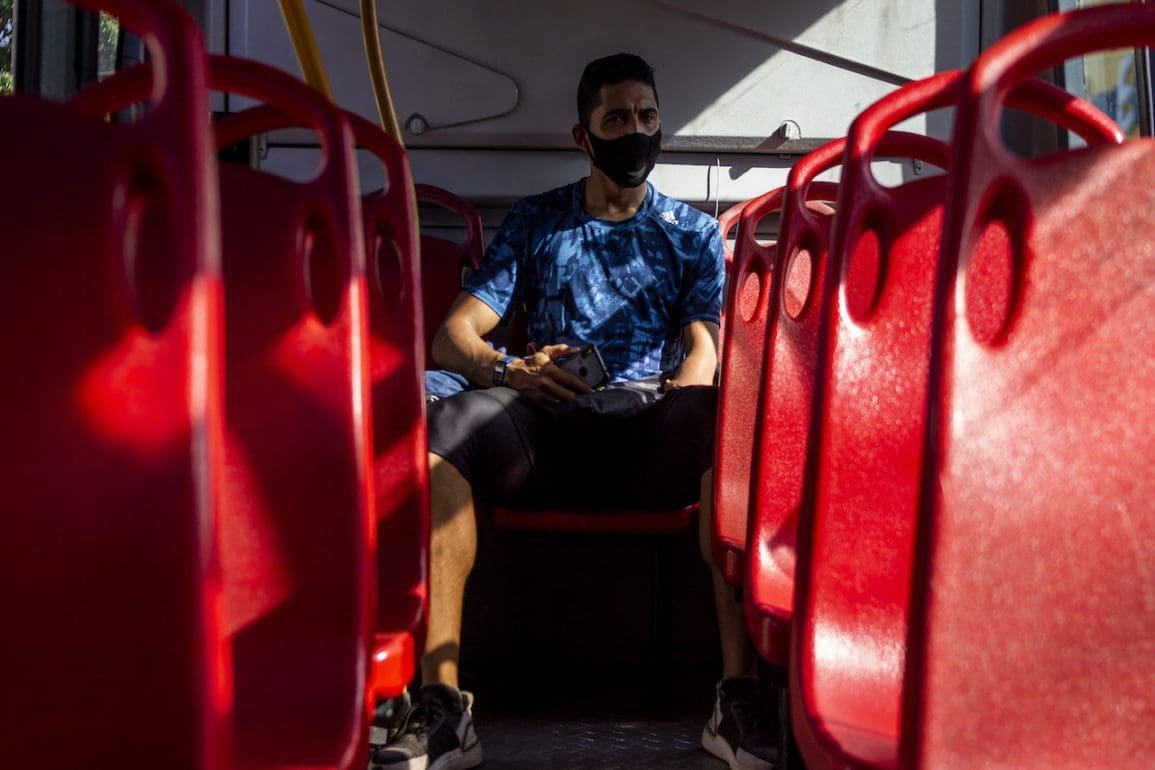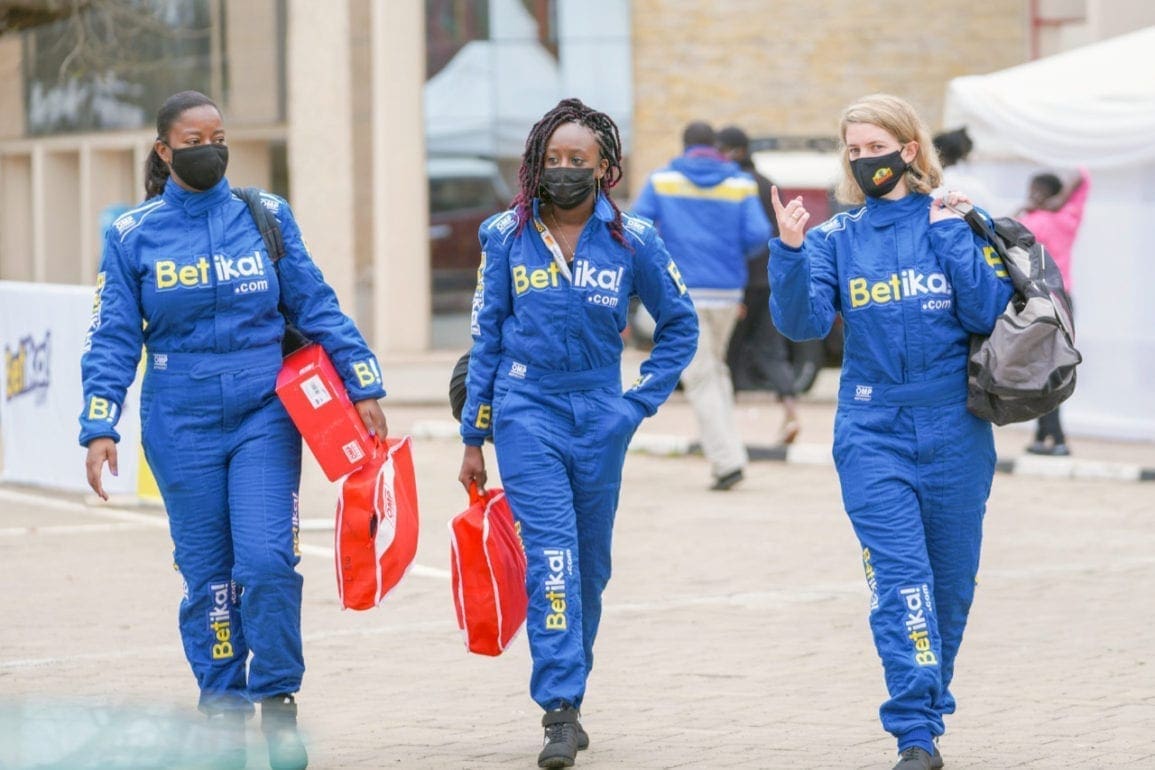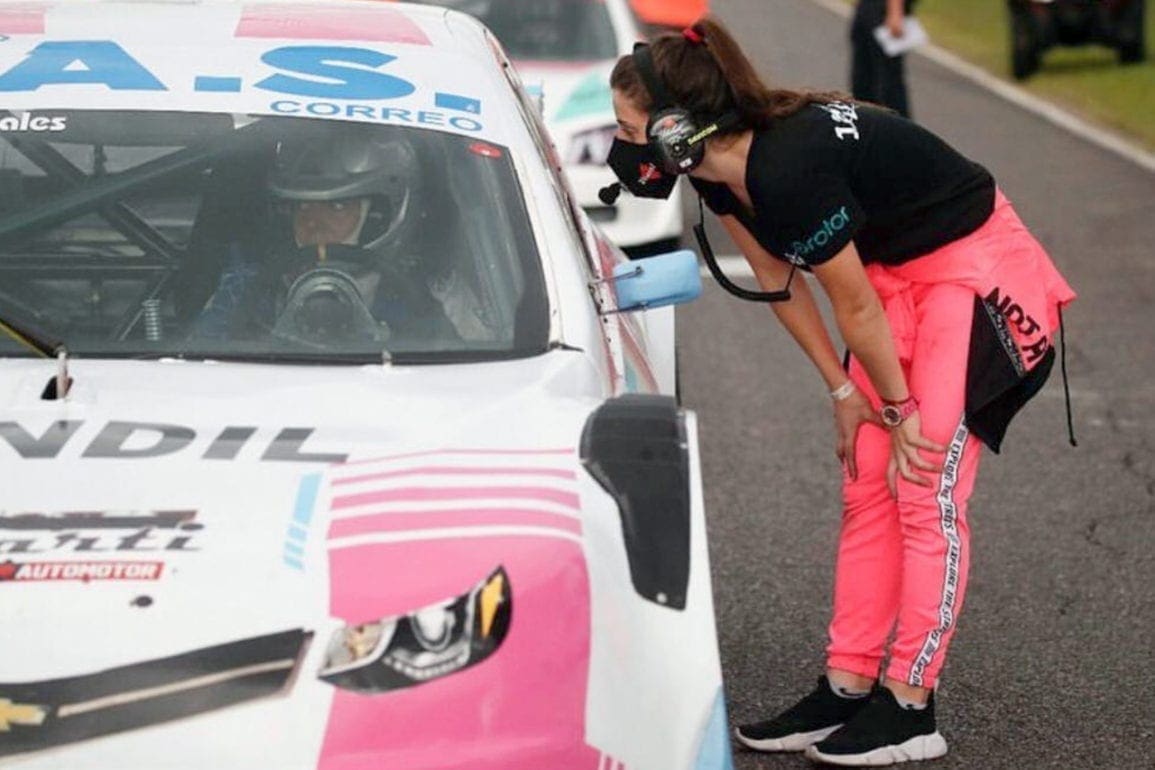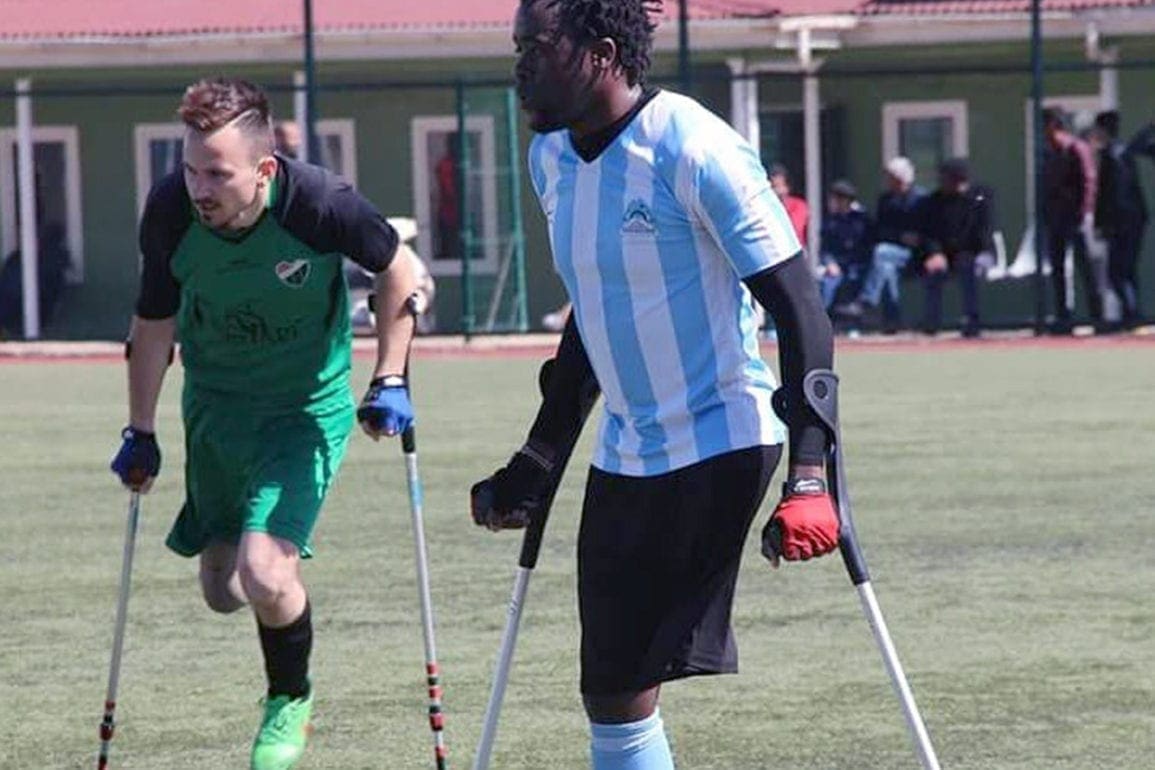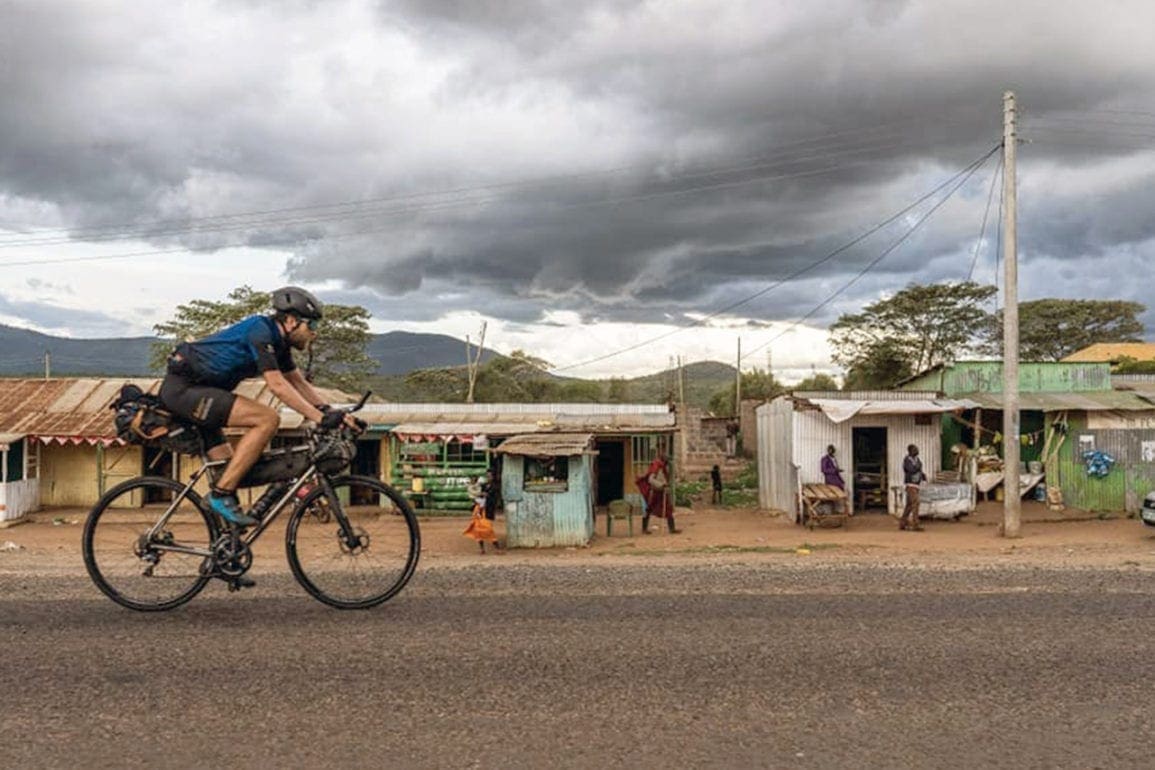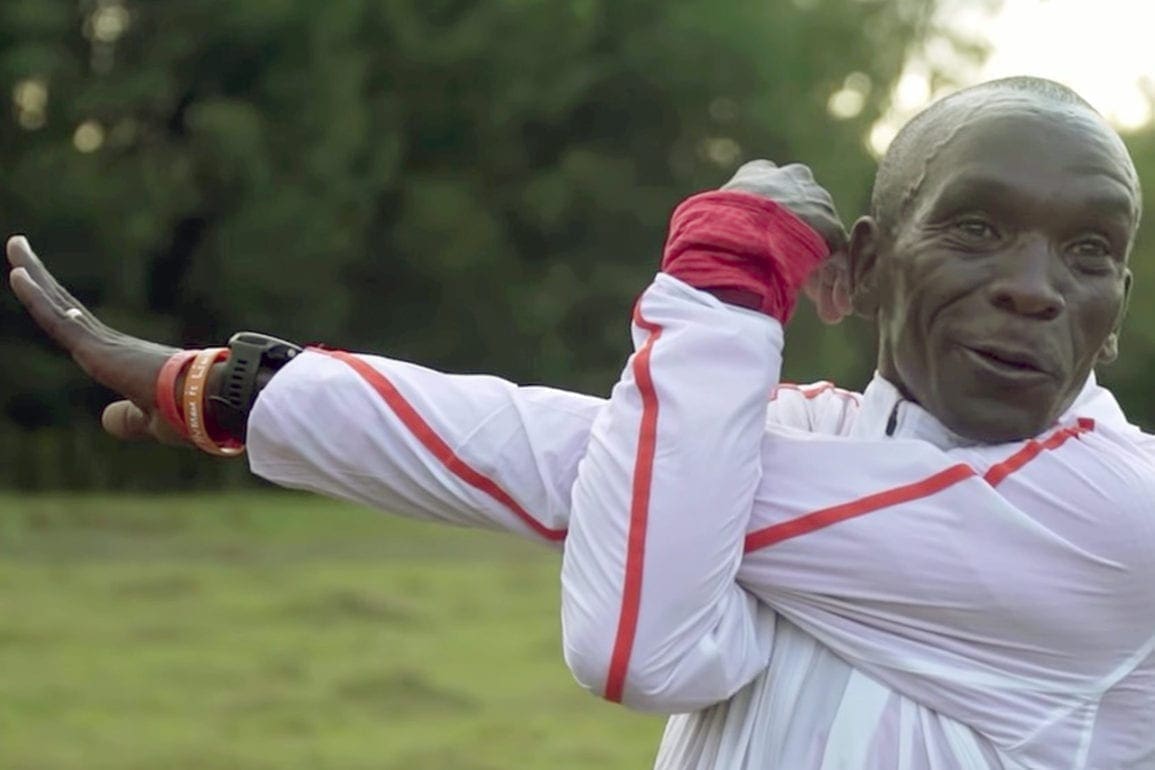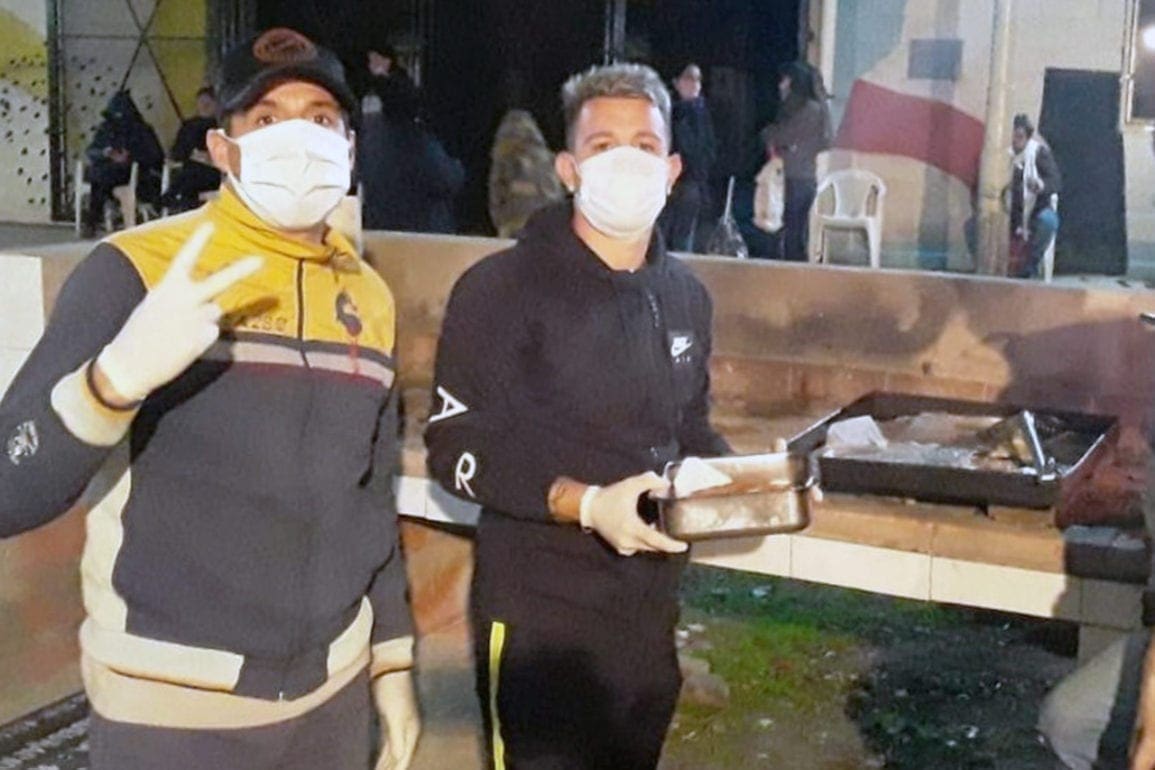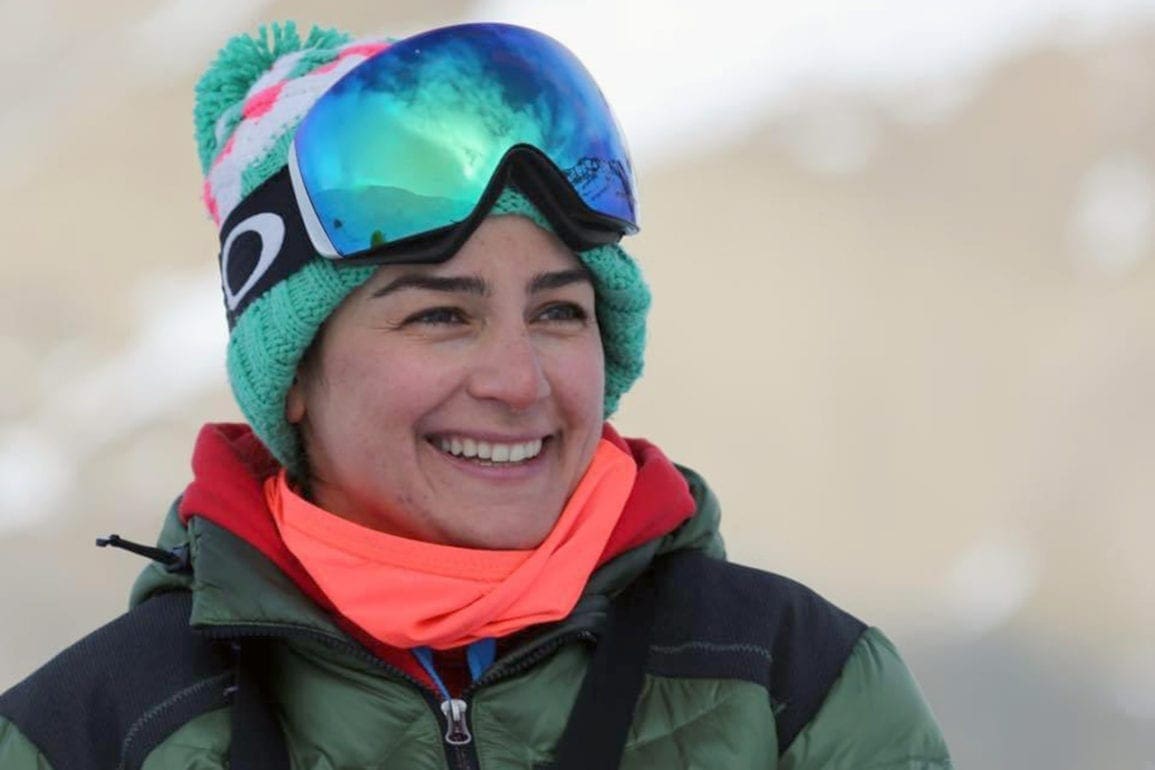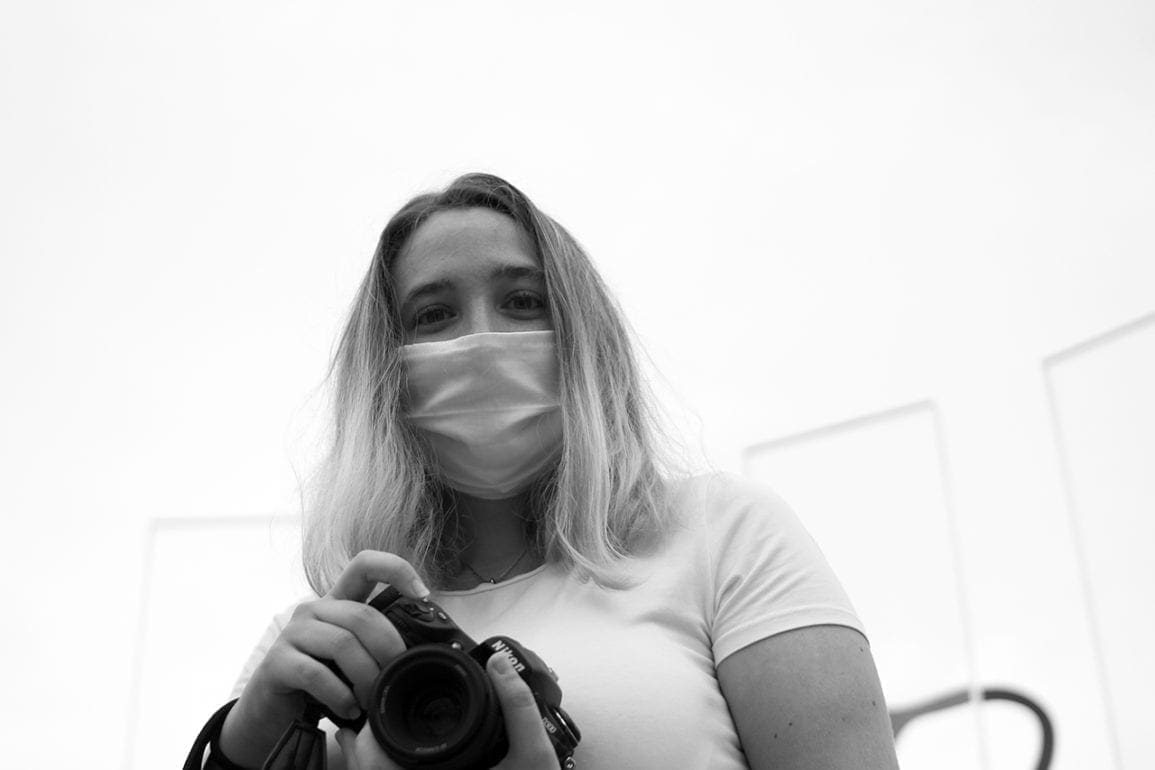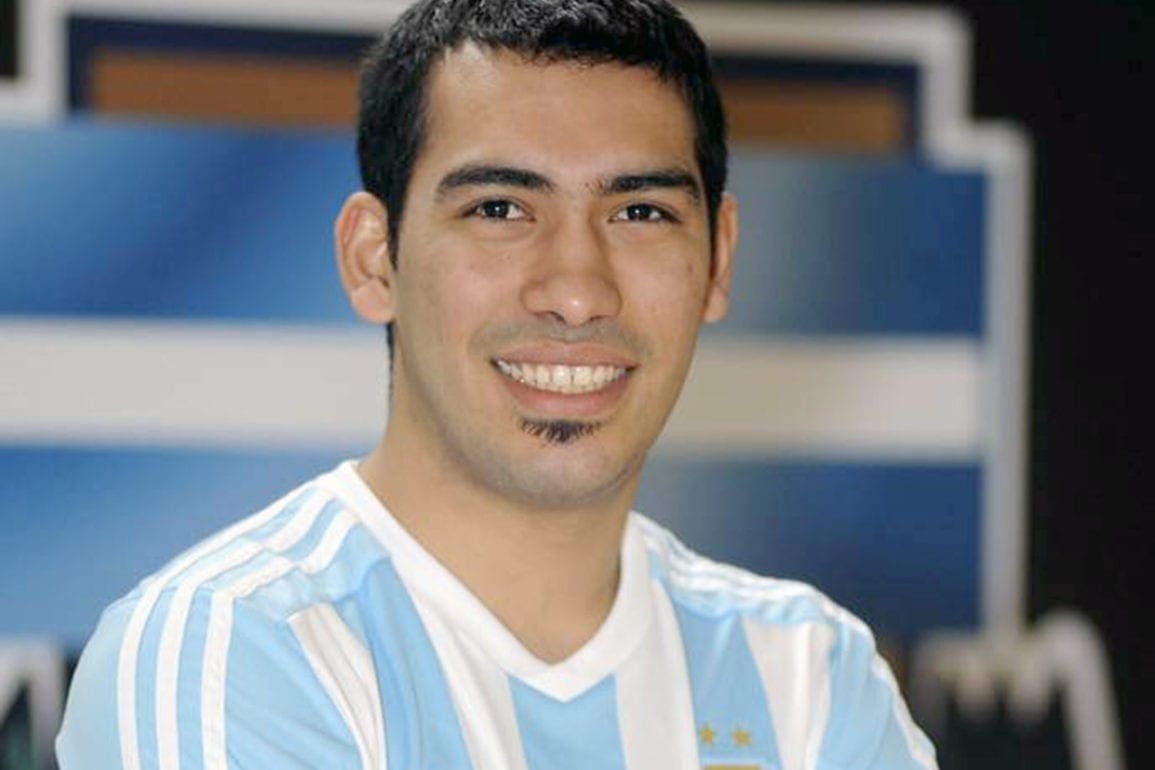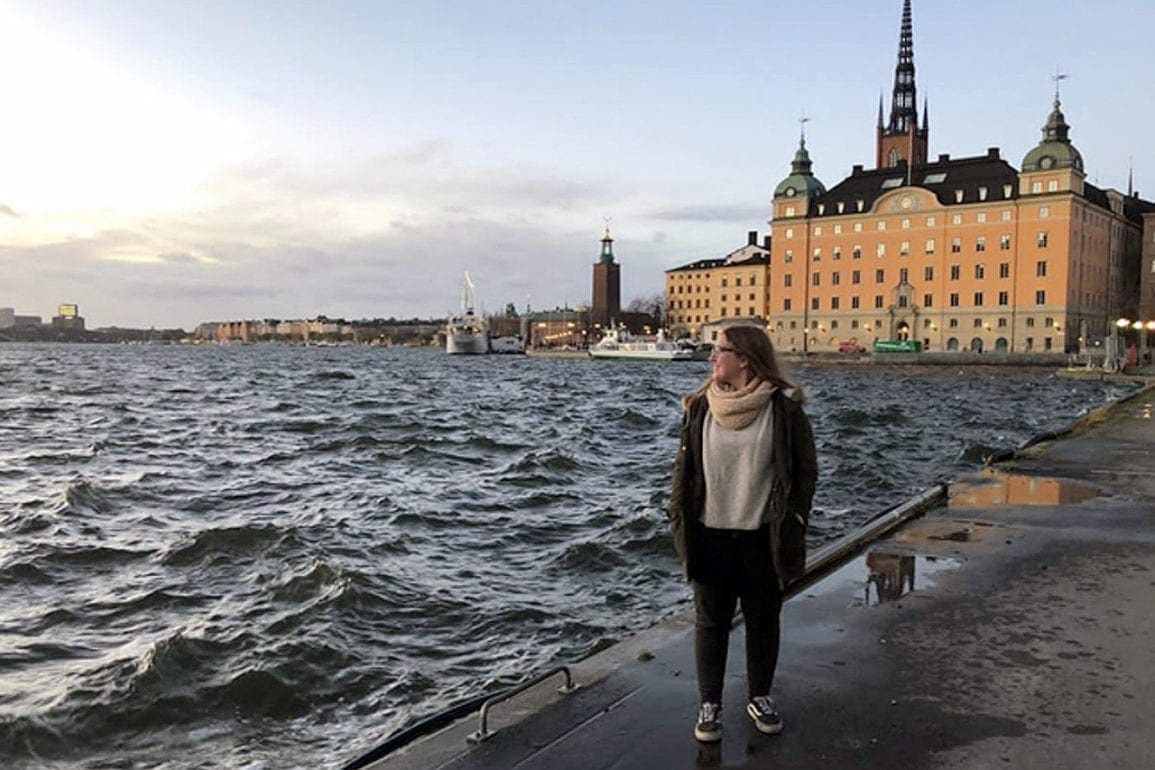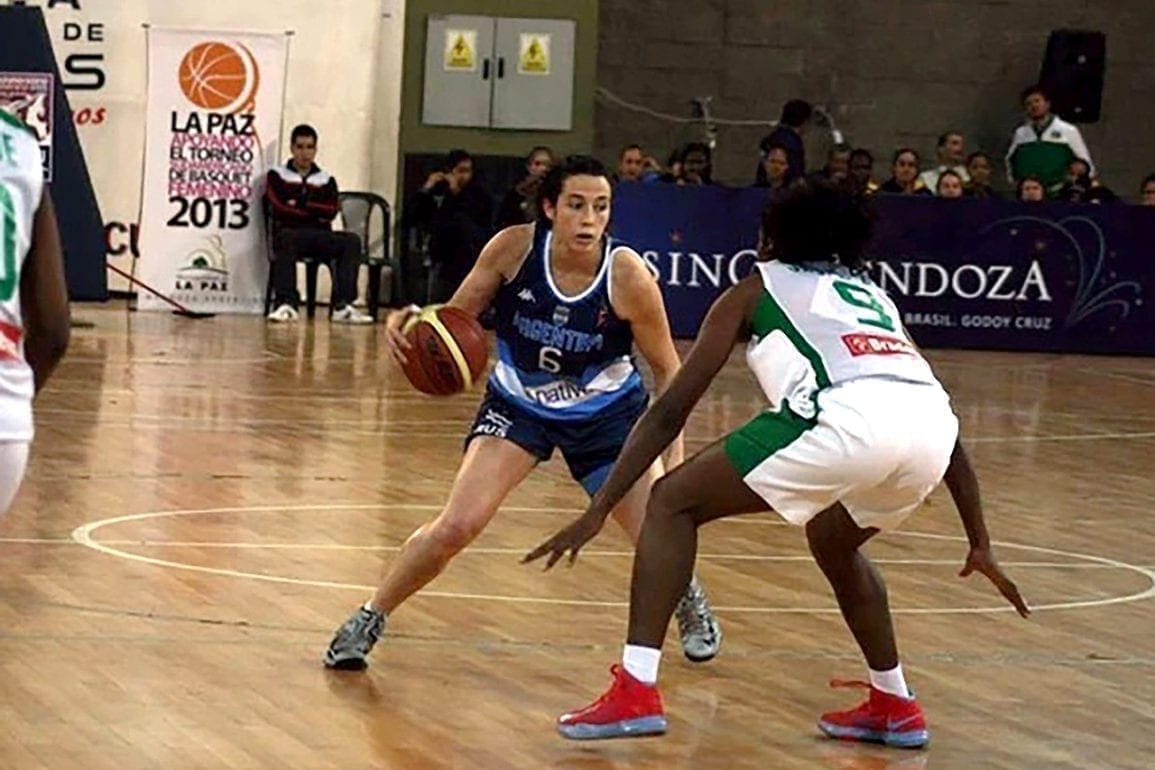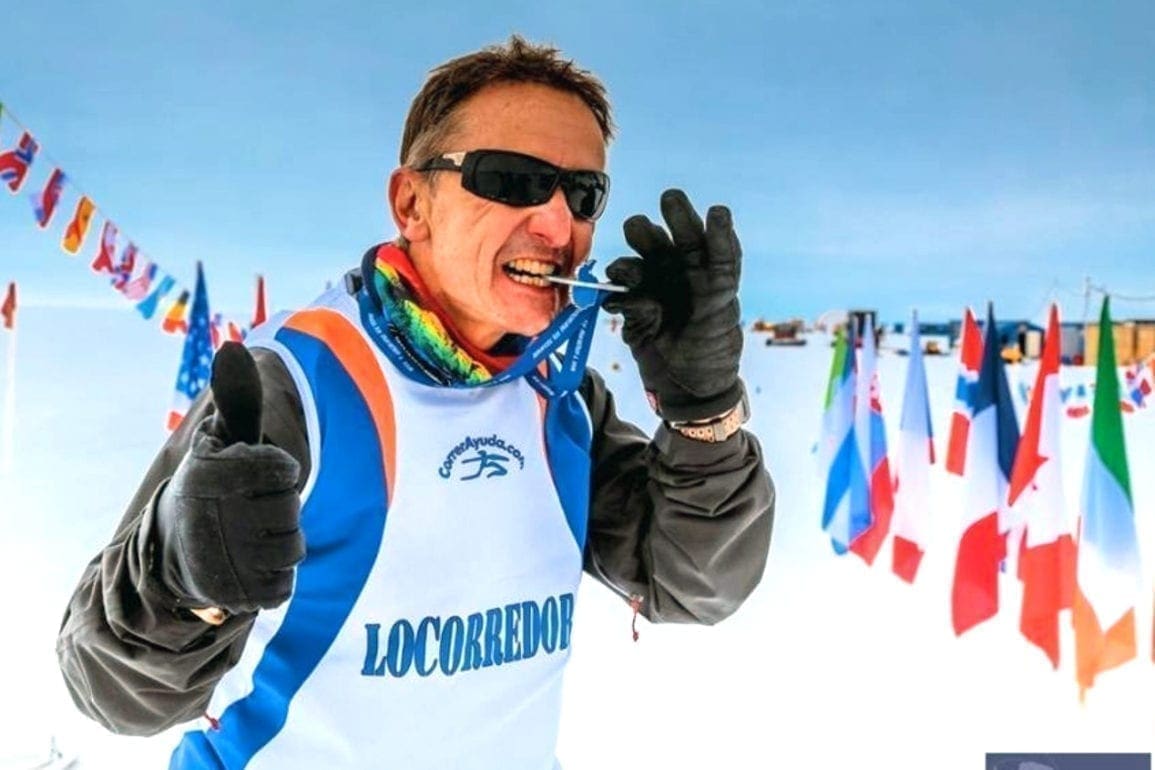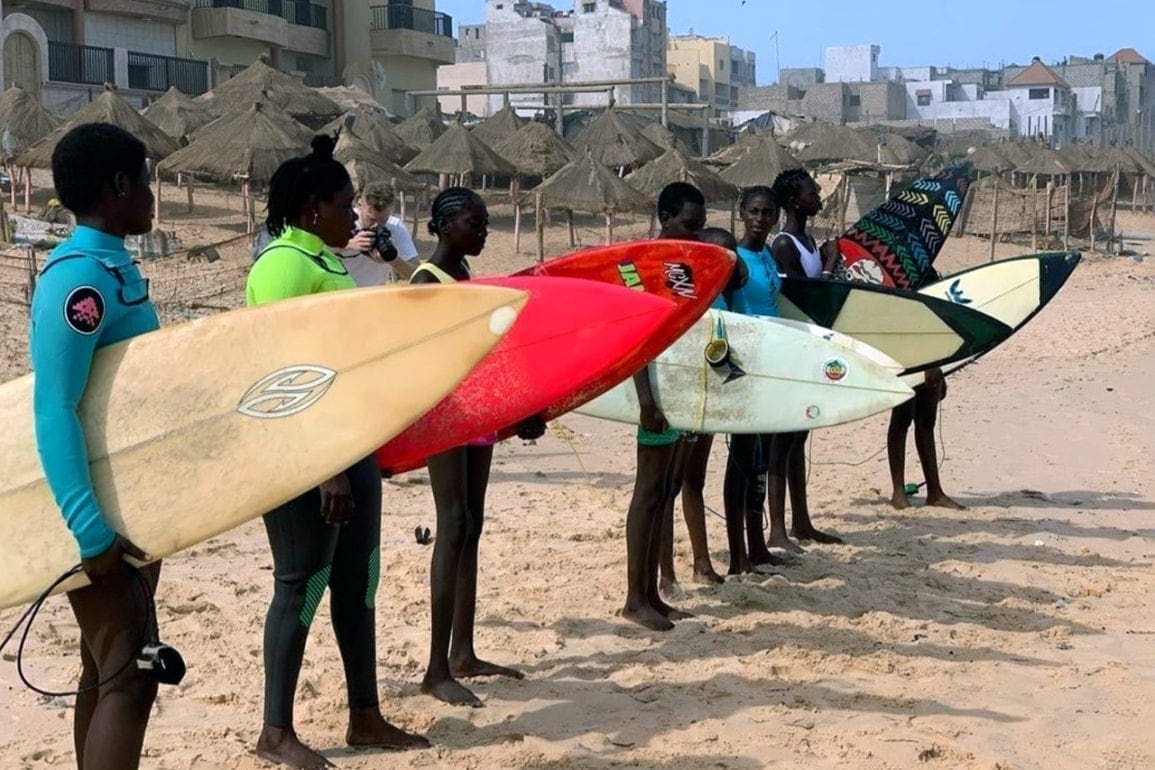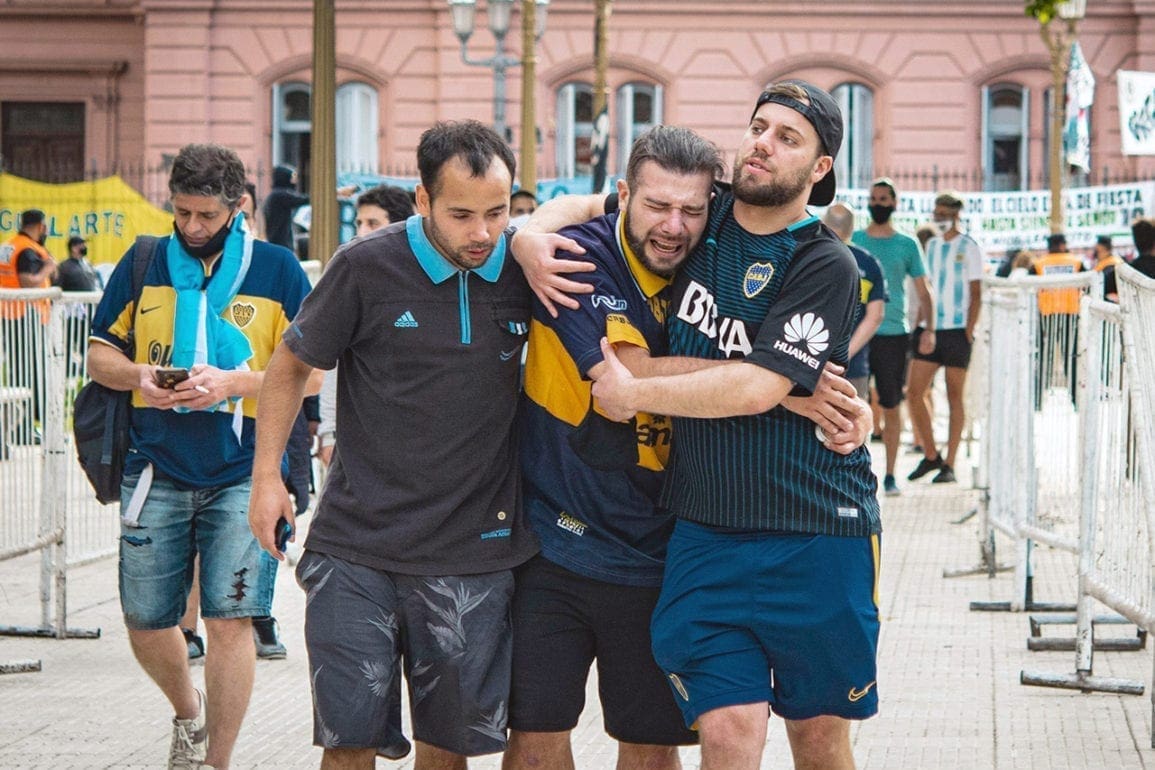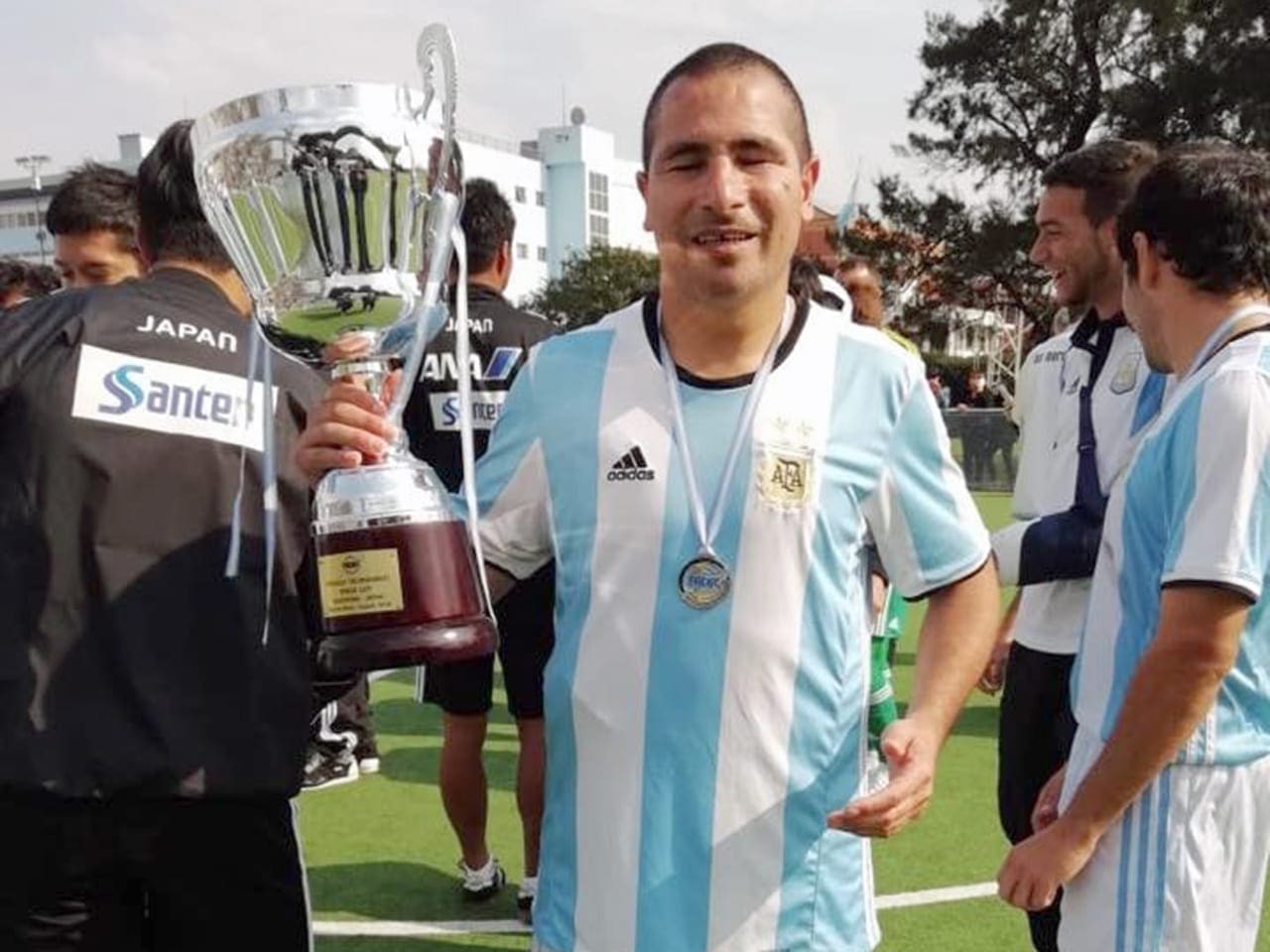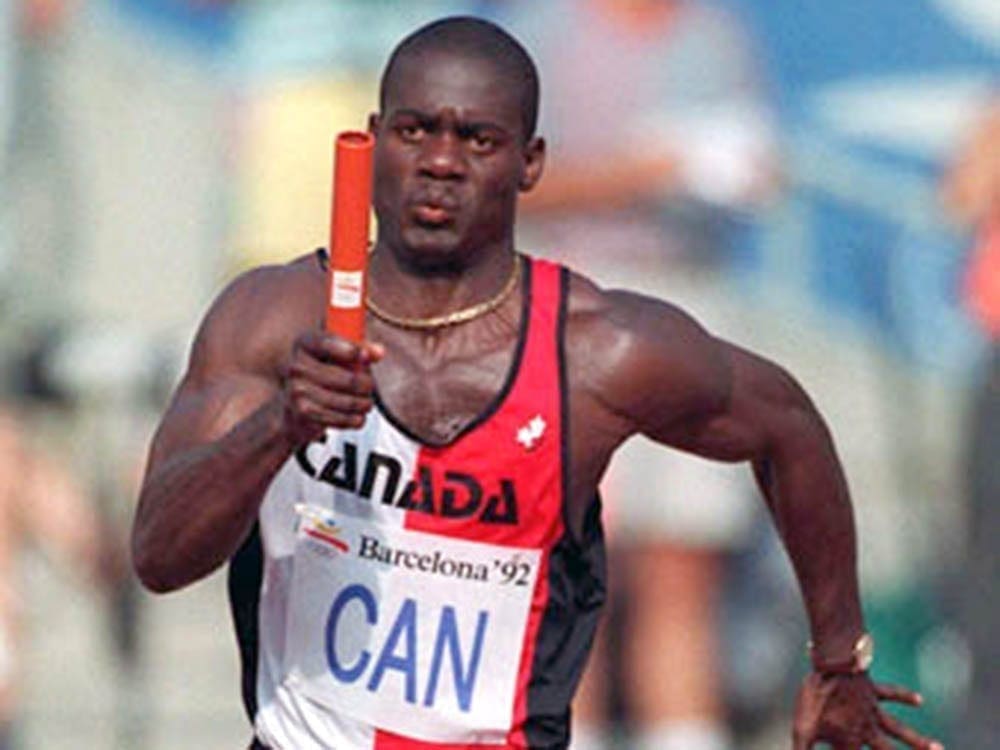Sixty hours of survival: Indian mountaineers brave polar storm, unfurl 7,500 sq ft flag at Antarctica’s highest peak
Facing the impending storm, we had limited time. We knew if we got stuck on the mountain, we may not survive. Moving quickly, we made our way up and eventually reached the peak, only to be greeted by the polar storm. We had no way out. Sixty knot winds slammed our camp and for three nights, and we hid inside.
- 2 years ago
June 18, 2024
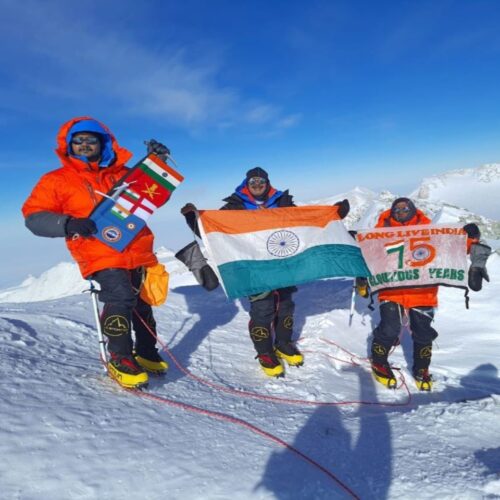
DARJEELING, India ꟷ In my mind, I always imagined the orange, white, and green flag of India hoisted in front of the white, barren land of Antarctica. When I reached the top of Mount Vinson – Antarctica’s highest peak – it felt surreal. Unfurling my country’s national flag in Antarctica marked a dream come true.
Read more first-person news out of India or more mountain climbing stories from Orato World Media.
Endurance and patience: no one can be fully prepared to face Antarctica’s White Mountains
As the principal of the Himalayan Mountaineering Institute (HMI), I imagined building a team to complete an expedition to Antarctica on the 75th anniversary of India’s independence. I shared the idea with one of the institute’s trainers Sumendu. Though apprehensive, he agreed to give it a try. Neither of us ever ventured to such a height, especially in Antarctica.
Soon, we added Subedar Mahendra Yadav of the Indian Army to our group and got the greenlight from India’s defense minister [to represent the country on our trip]. The aim of the mission included promoting Indian patriotism through adventure, alongside other countrymen. The COVID-19 Pandemic created uncertainty and delayed our plans, but we forged forward.
Our three-man team embarked on intense training over a period of several months. Cardiovascular endurance, strength, and flexibility dominated our physical fitness training. At times, we hoisted 30-kilo tires to simulate walking in heavy snow. Running, cycling, and swimming became part of the regular routine.
While the town of Darjeeling in the Himalayan foothills of West Bengal offered cooler temperatures than other northern Indian states, no place could prepare us for Antarctica’s nights. We anticipated cold storms hitting the mountains where temperatures could plummet to 45 degrees below zero or more. So, we prepared in other ways – buying clothes and equipment to prevent frostbite and hypothermia.
Our combined experience in rope handling, ice climbing, glacier travel, crevasse rescue, and snow camping seemed insufficient to face the White Mountains.
Conquering Mt. Vinson: Battling Polar Storms and Unfurling the Indian Flag
In November of 2023, we finally reached Union Glacier, the landing point of Antarctica, at 8:30 p.m. We intended to rest for the night, tired and jet lagged. As we unpacked our camp, our Russian guide approached, hurrying us to leave immediately. Apparently, a polar storm was in the forecast. We needed to move quickly to make the trip.
Without taking a break after arriving from India, we flew to the base camp at Mount Vinson. Mount Vinson boasts the highest peak on the continent at 16,050 feet. The temperature hovered around 25 degrees below Celsius. At base camp, we unfurled the 7,500 square foot Indian flag and snapped photos.
I remember when Mahendra, our team member from the Army, expressed concern about the airplane landing safely because it relied on a runway made of snow. Seeing the marvels of technology and human adventure felt awe inspiring. That same day, we began our climb up Mount Vinson.
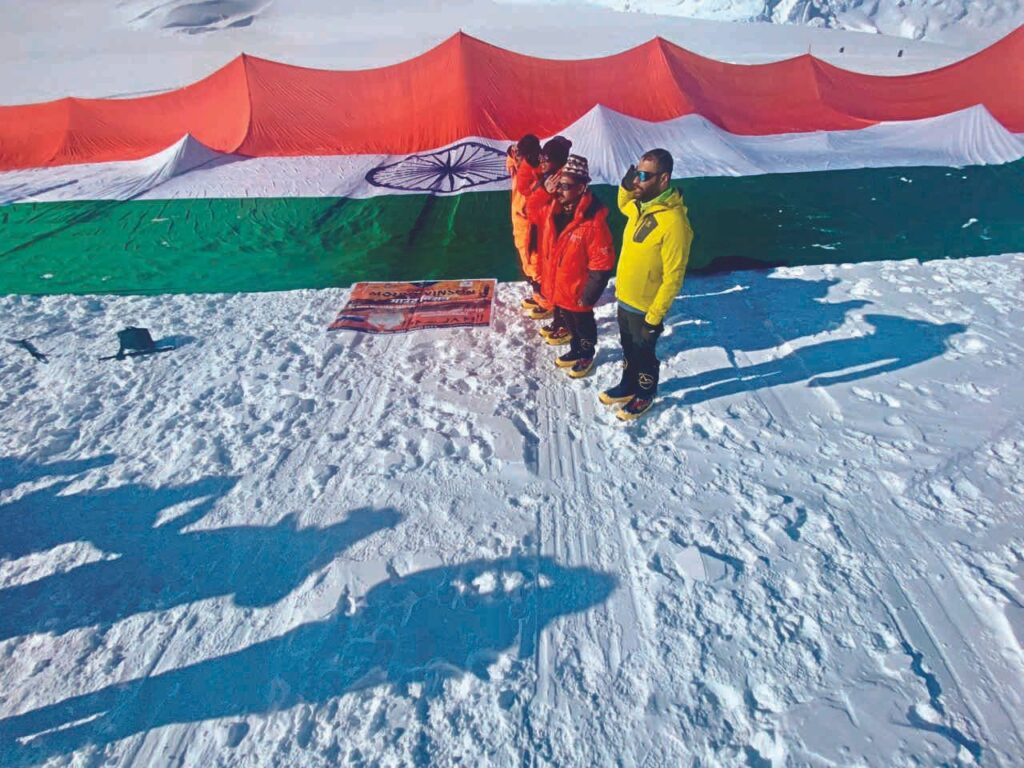
Facing the impending storm, we had limited time. We knew if we got stuck on the mountain, we may not survive. Moving quickly, we made our way up and eventually reached the peak, only to be greeted by the polar storm once we got there. We had no way out. Sixty knot winds slammed our camp and for three nights, and we hid inside.
No matter what, we dared not move. Without access to a place to go to the bathroom, we stopped eating and drinking water. For hours, we confronted the cruel face of nature. Twelve people were there, and we lost track of time. At that time of year there is no night; the sun is always shining. We slept when we felt sleepy, and we survived the storm.
Saving lives on the slopes of Mount Vinson
Finally, when the temperatures increased to 25 degrees below zero, we emerged. Sumendu felt eager to see the blue ice. As he headed toward it, the guides quickly stopped him. Getting too close could be a death sentence.
As we ventured back to base camp, a distress call came in. Two German climbers out on an adventure became stranded at an altitude of 13,600 feet. They could no longer walk and requested rescue. As the commanding officer for the expedition, and one of two Armed Forces personnel, I felt it was our duty to help them. By then we covered half the distance to base camp but would have to turn back to participate in the rescue. I wanted all three of us to make the call. If I made the order, the team would follow, but I refused to force them. I looked at Mahendra and he said, “Let’s go, sir. We will bring our brothers back.”
Exhausted from lack of sleep and facing the possibility of more storms, when we reached the German climbers, the emotions hit me. One of the German climbers laid in the snow. “I cannot move,” he said. Sometime before the expedition he underwent hernia surgery and the climb worsened his physical condition. The pain medication we provided offered no relief but he remained brave.
His compadre stayed by his side, equally exhausted and low on morale. We placed the injured man on the trolley we used to carry our tent and equipment, while offering words of encouragement to his climbing partner. We pulled the man all the way to base camp, reaching our destination at 7:30 p.m.
From the highest peak of Antarctica to yoga at basecamp to skydiving over the Andes
After returning to base camp, our team still felt the mission was incomplete. We had strength left in our bodies and we wanted to do more. On December 4, we performed yoga at base camp and two days later, again displayed the massive national flag of India at Union Glacier.
Carrying the 85-kilo display and hoisting it amidst whipping winds while maintaining its decorum proved challenging. We followed all protocols in respect of the flag. Not once did we place it on the trolley or the ground. Rather, we carried it on our backs. The Russian team took drone shots for us, as we stood surrounded by beauty, the Indian flag on full display. Everything looked so small beside the massive white mountains, cloaked in cold temperatures and storms.
When our time came to an end, on December 7, our team moved on to Santiago, Chile where we went skydiving over the Andes from an altitude of 13,500 feet. It felt like a celebration after climbing Mount Vinson, braving the storms, and rescuing our fellow climbers. While skydiving we even displayed India’s banner marking 75 years of independence.
Back home in India, the defense minister flagged us in on December 13, 2023, in New Delhi. From there, we reached Darjeeling on December 17. While the extreme conditions in Antarctica tested us, we stood strong and braved the odds. The challenges melted into achievements when we hoisted the 7,500 square foot tri-color flag of India.
The German climbers became our good friends, and we remain in touch today. They talk about us everywhere they go, though we take no credit. Any human in the right frame of mind would do the same. No matter what we achieved on our trip to Antarctica, the biggest achievement of all was saving those two lives.

